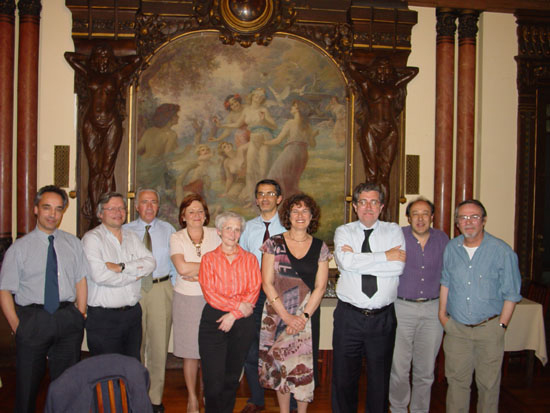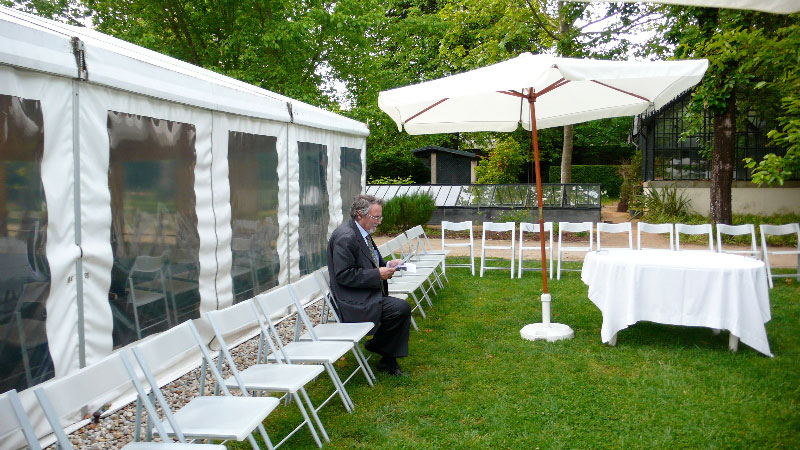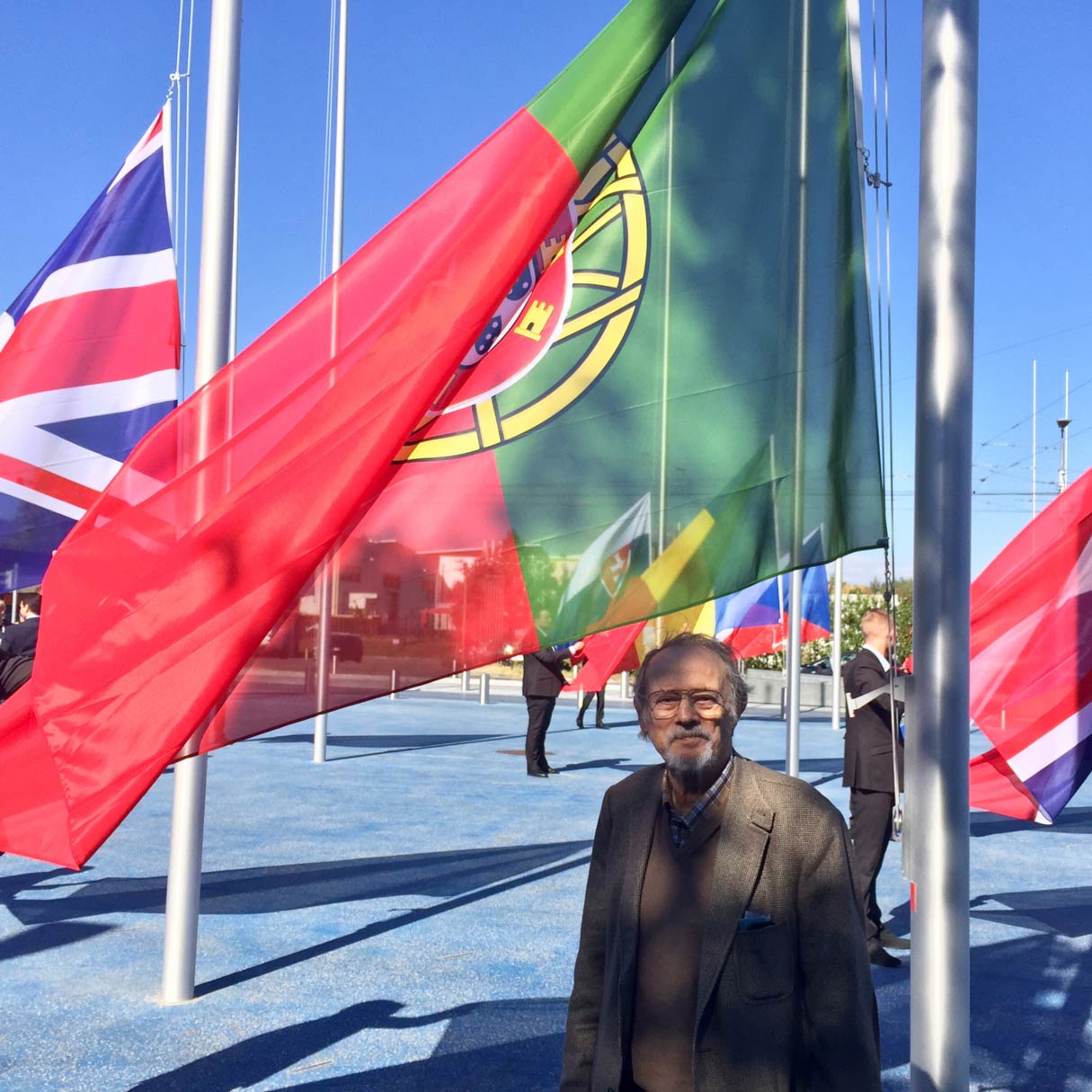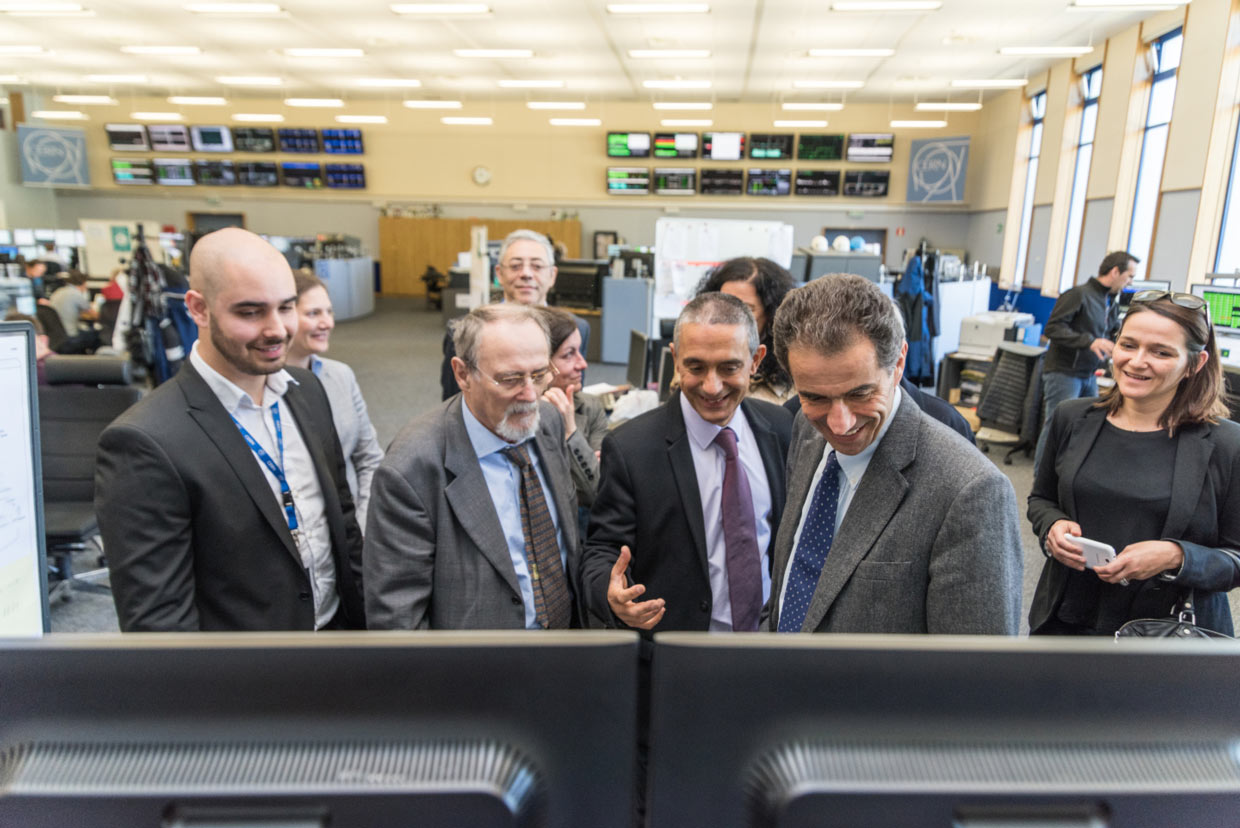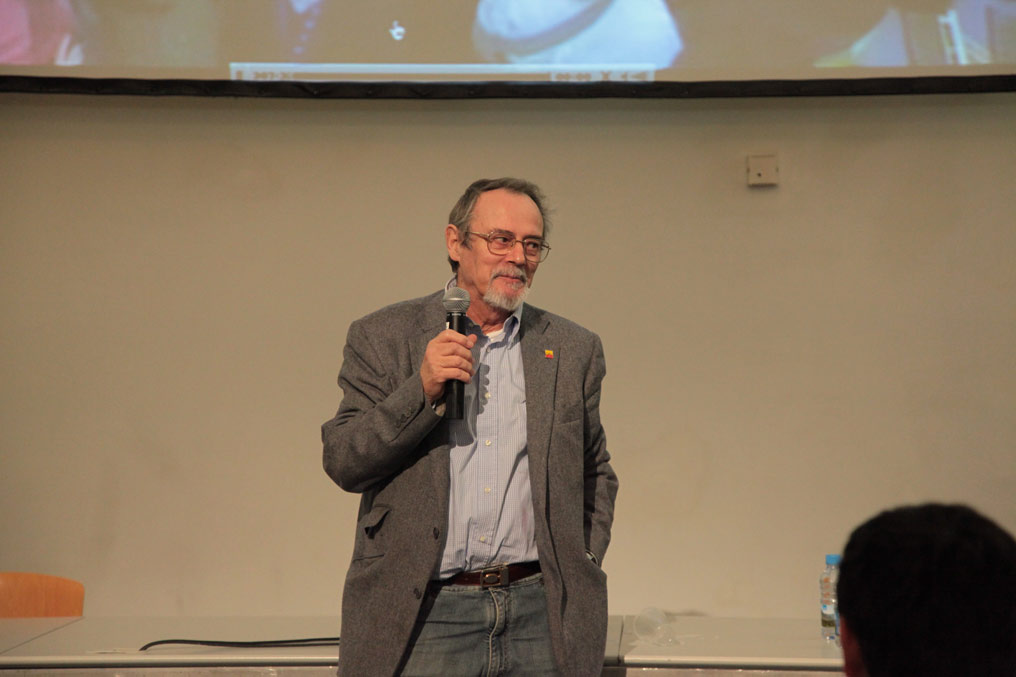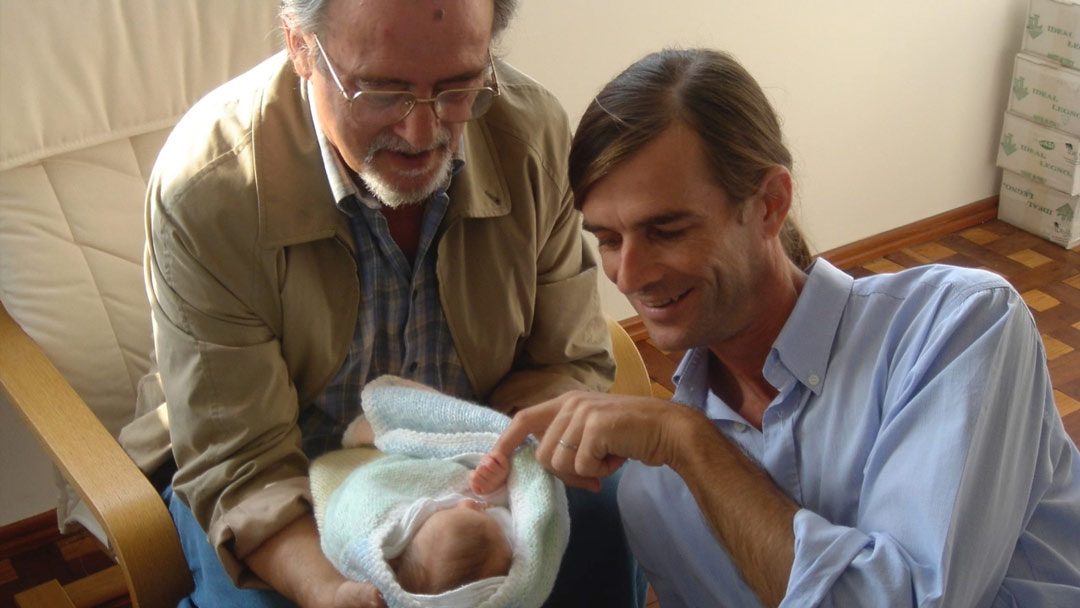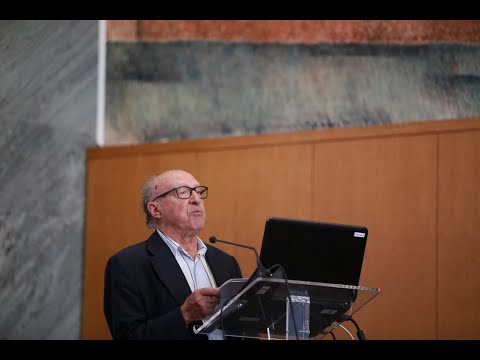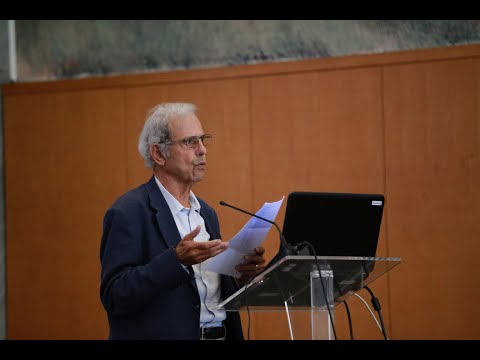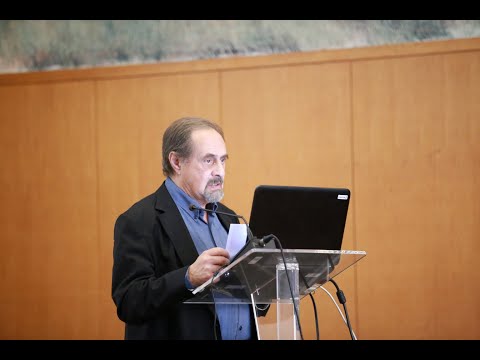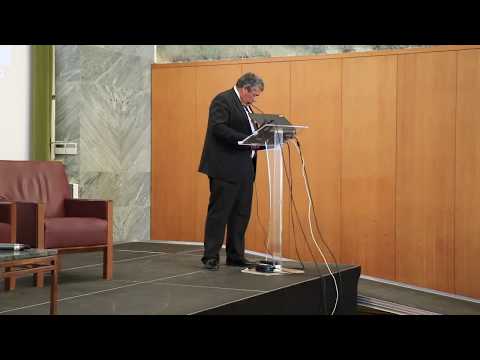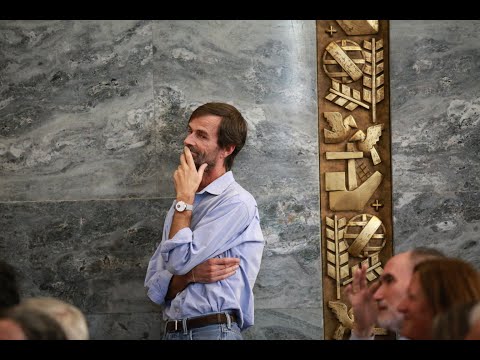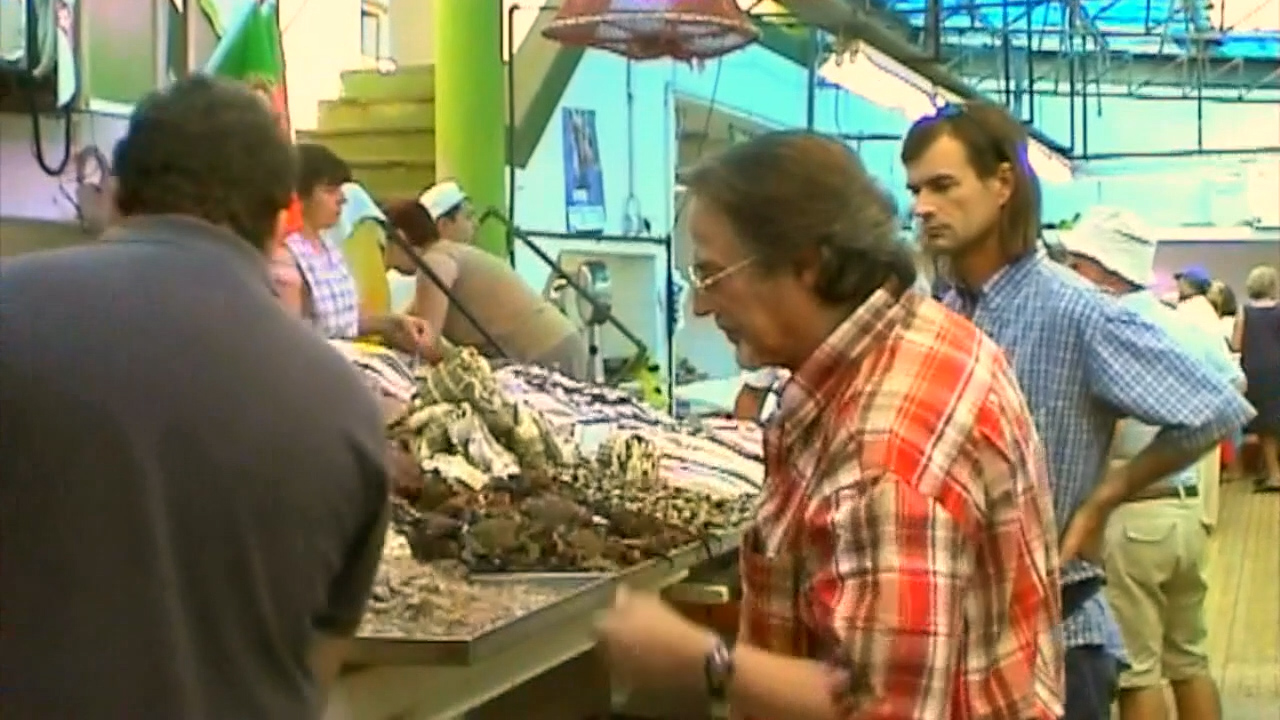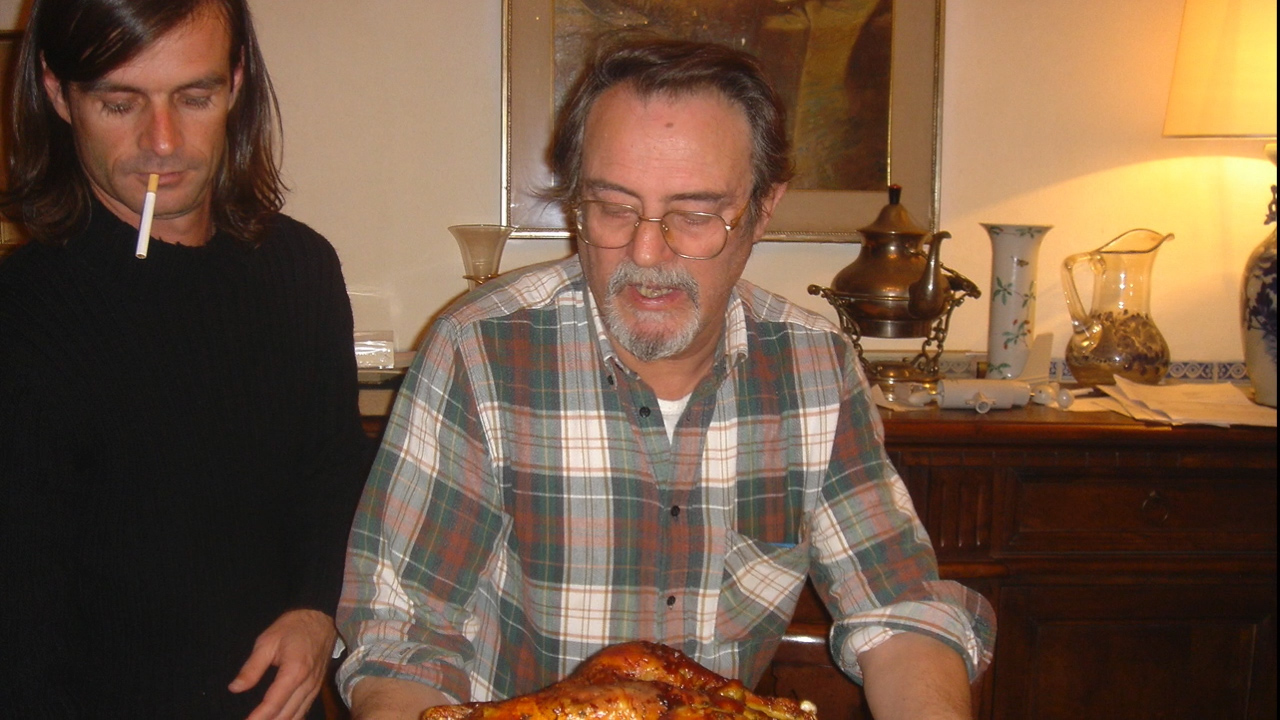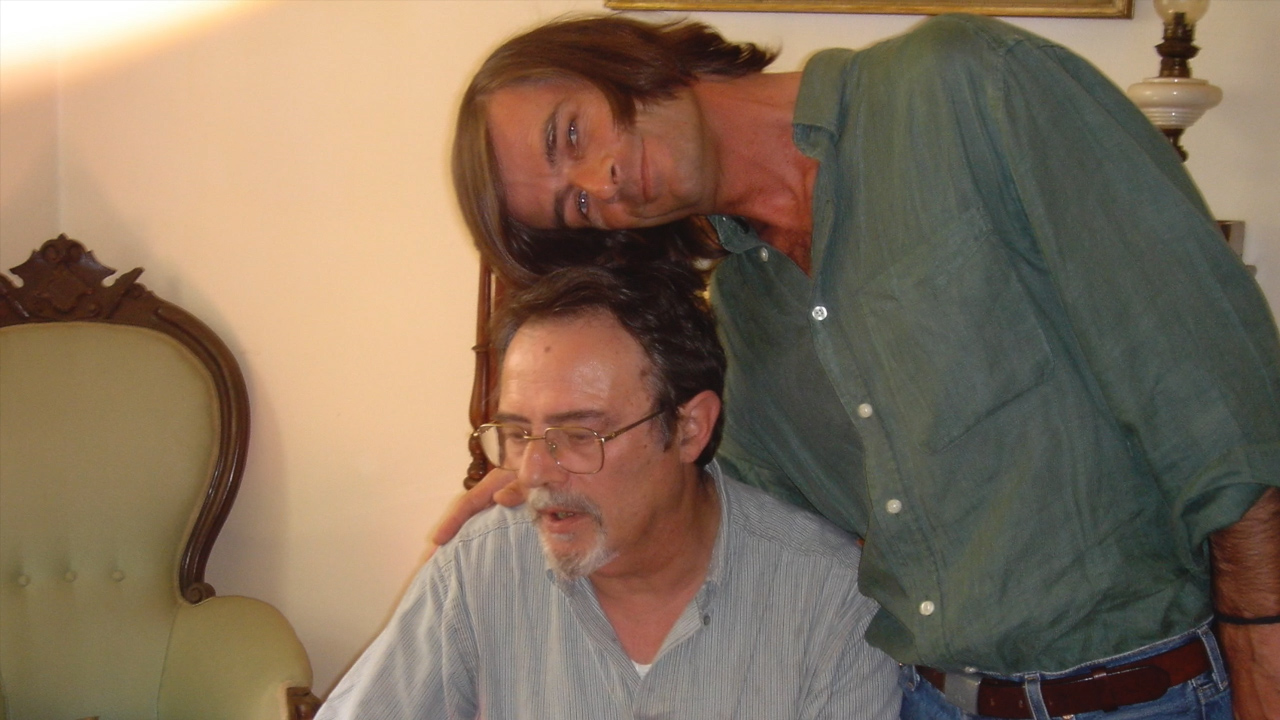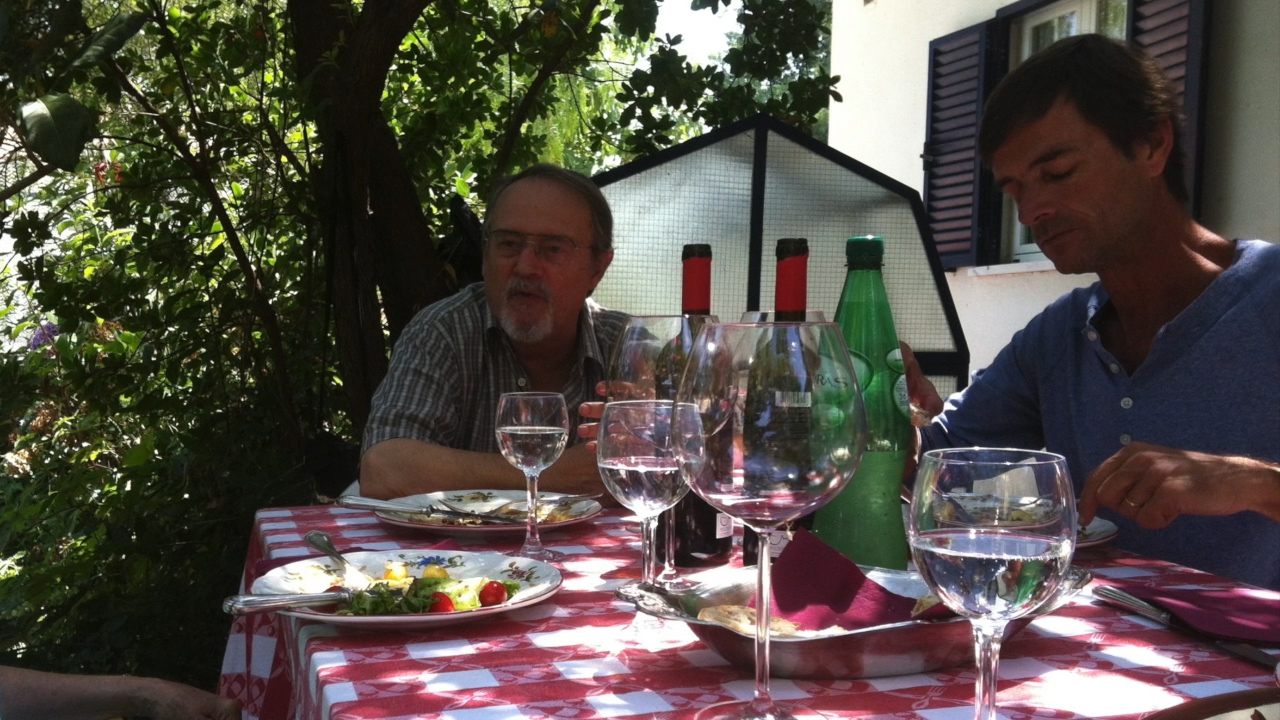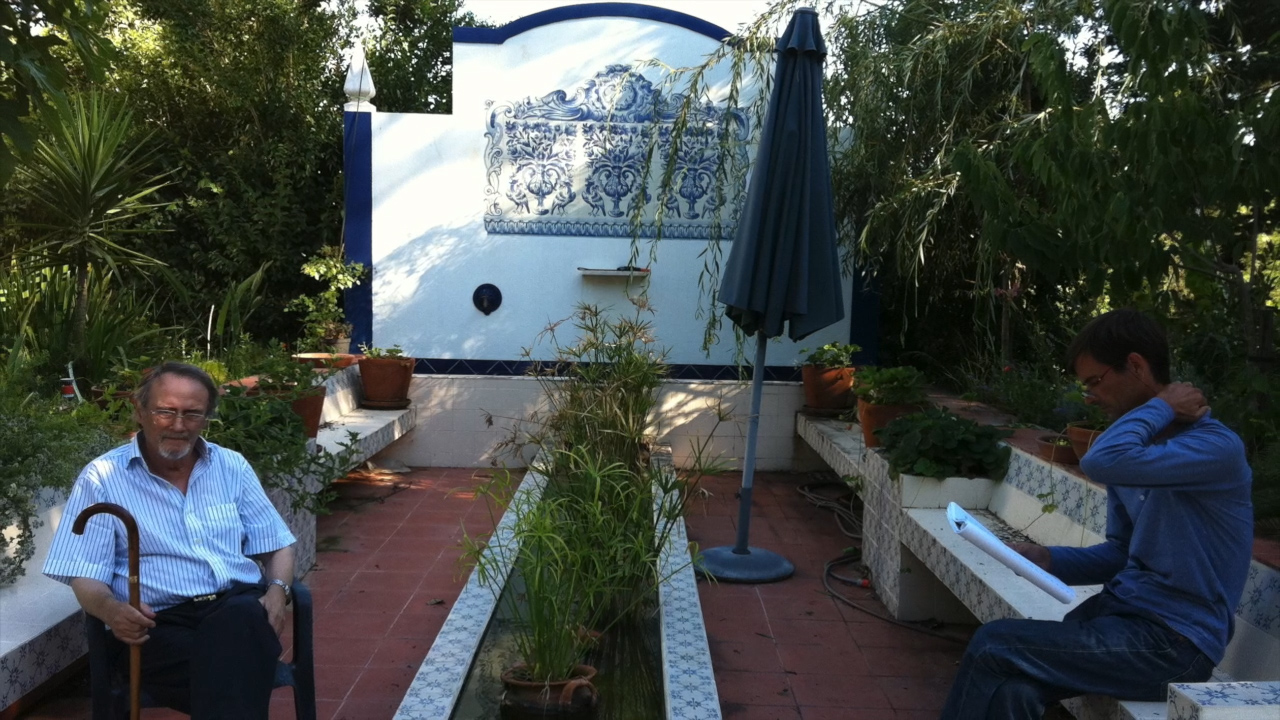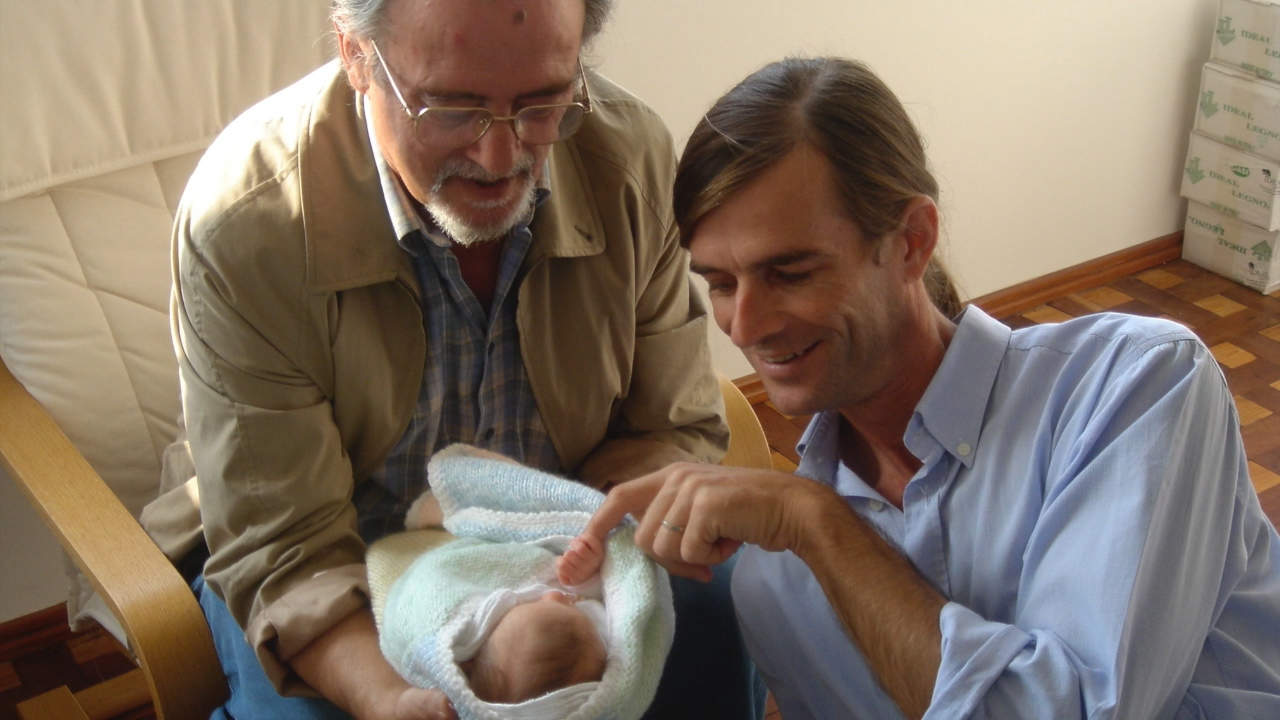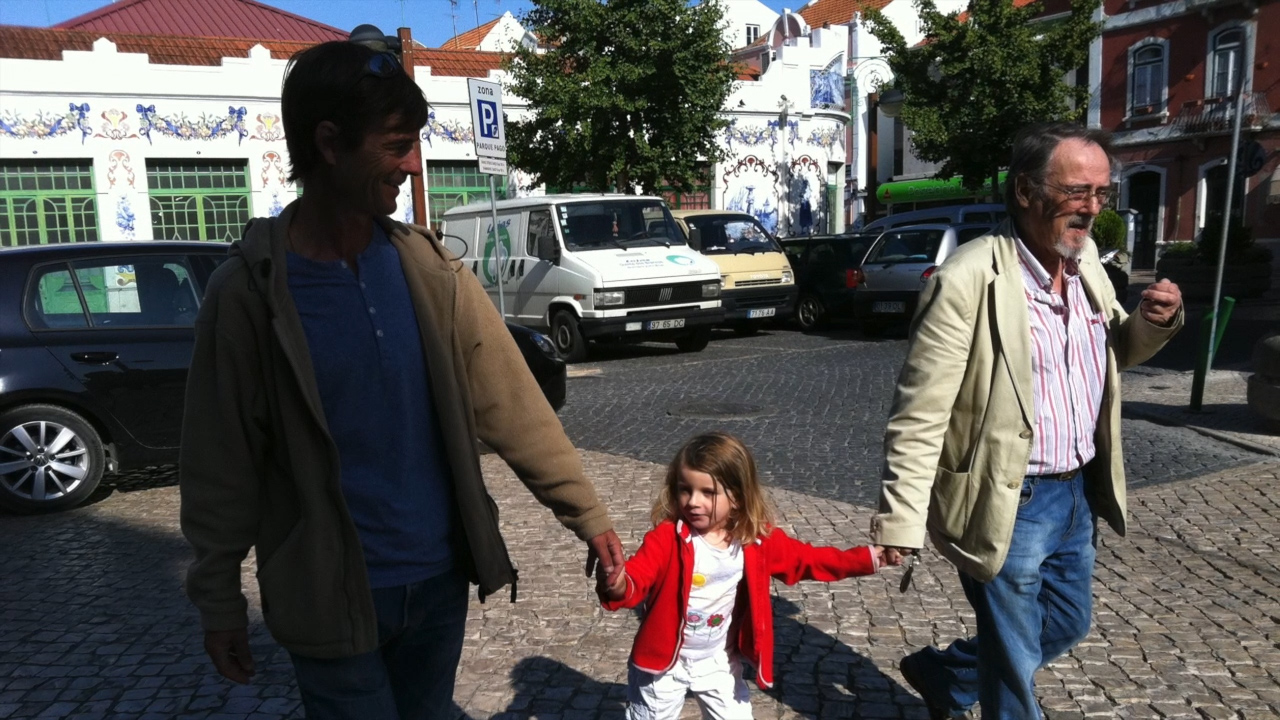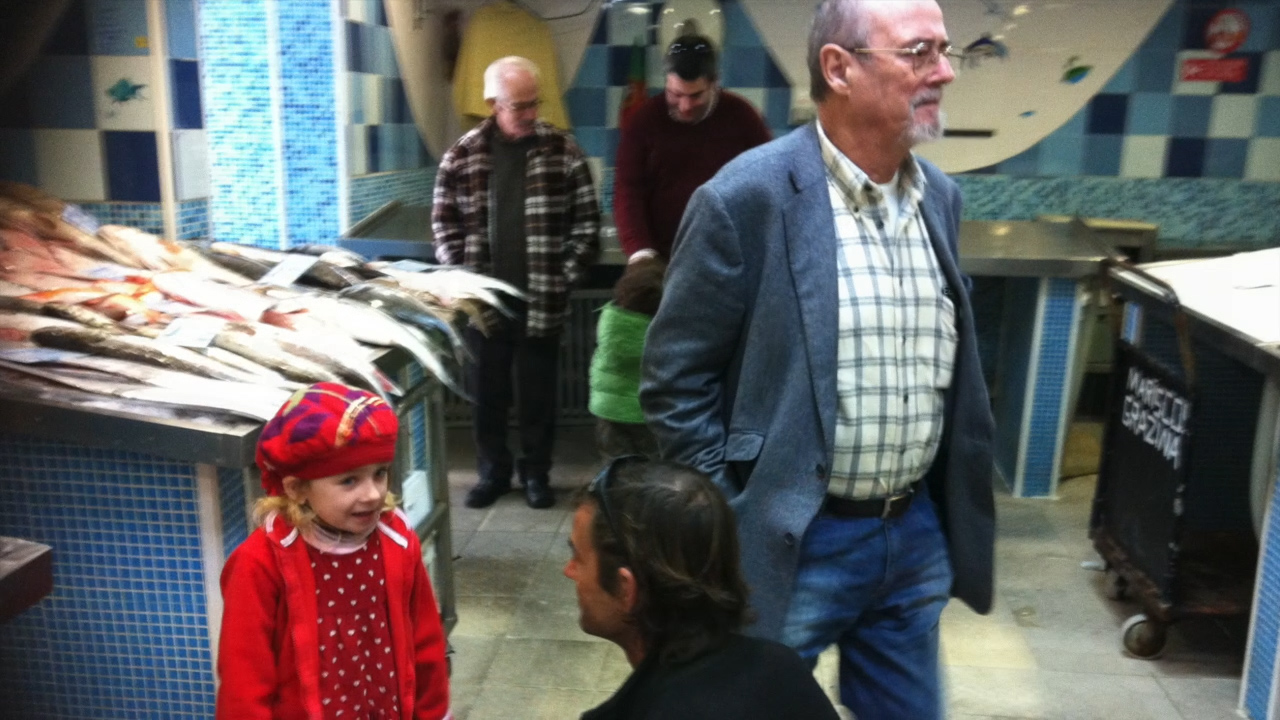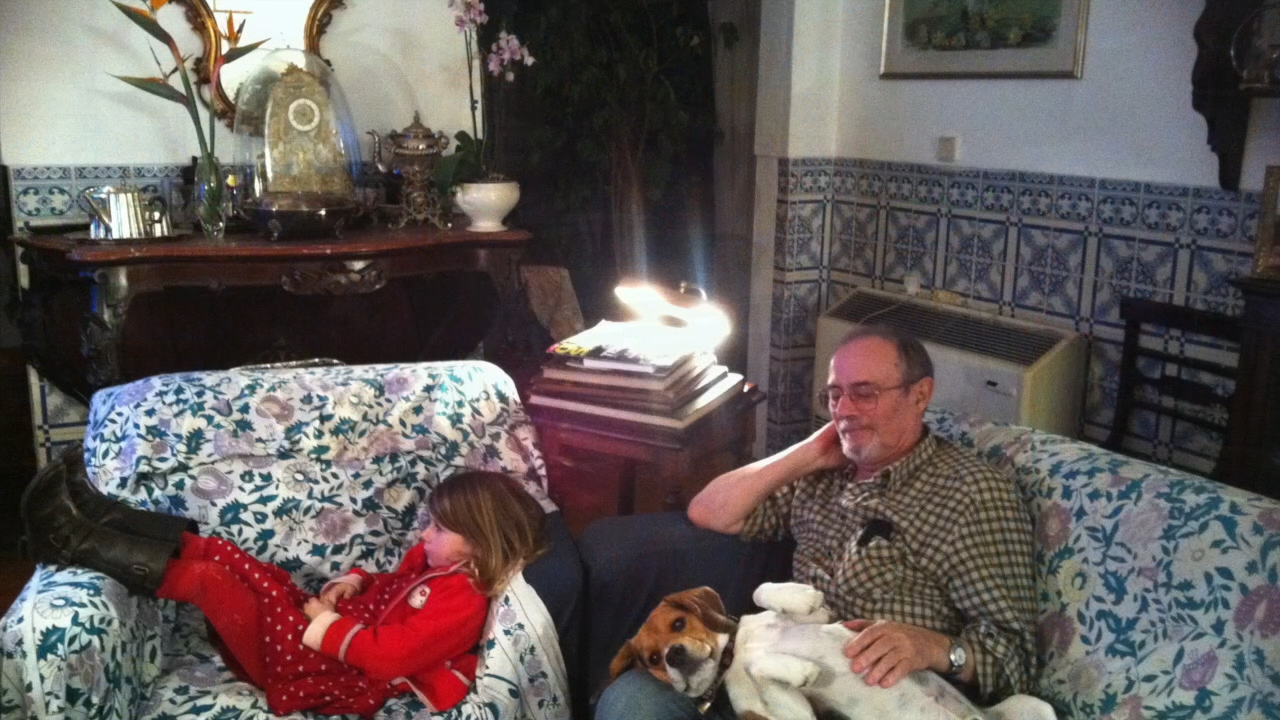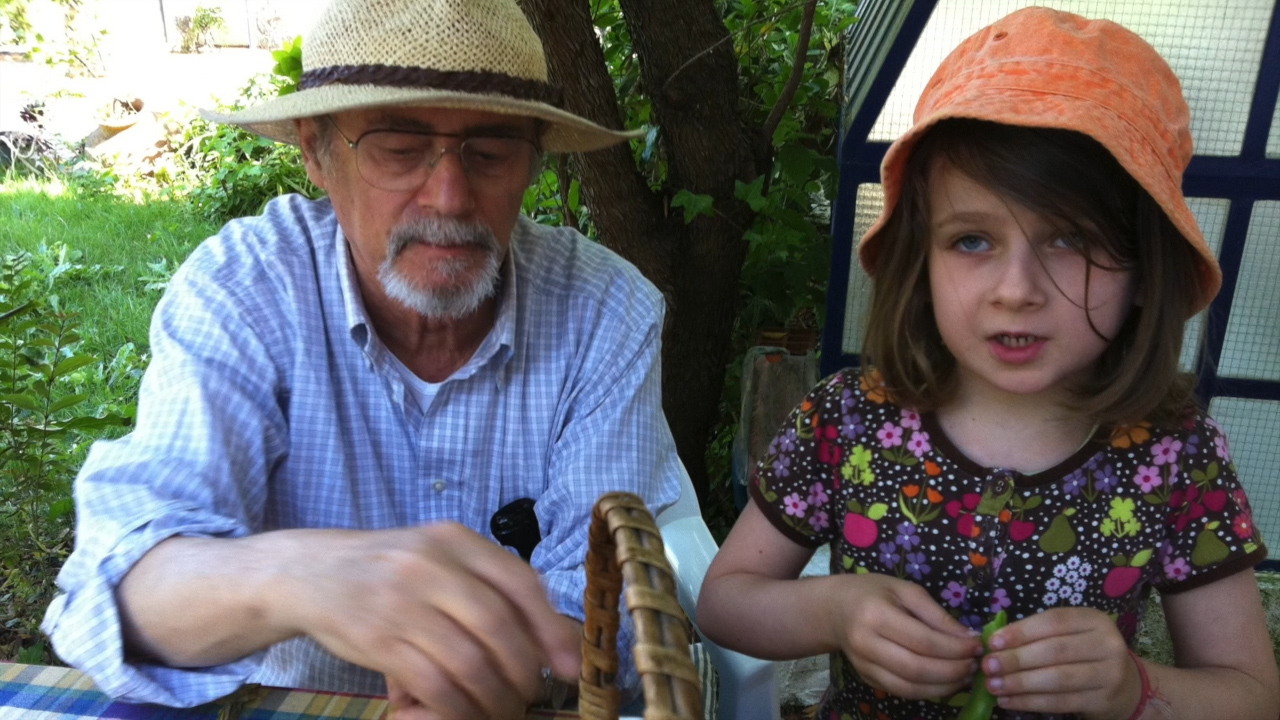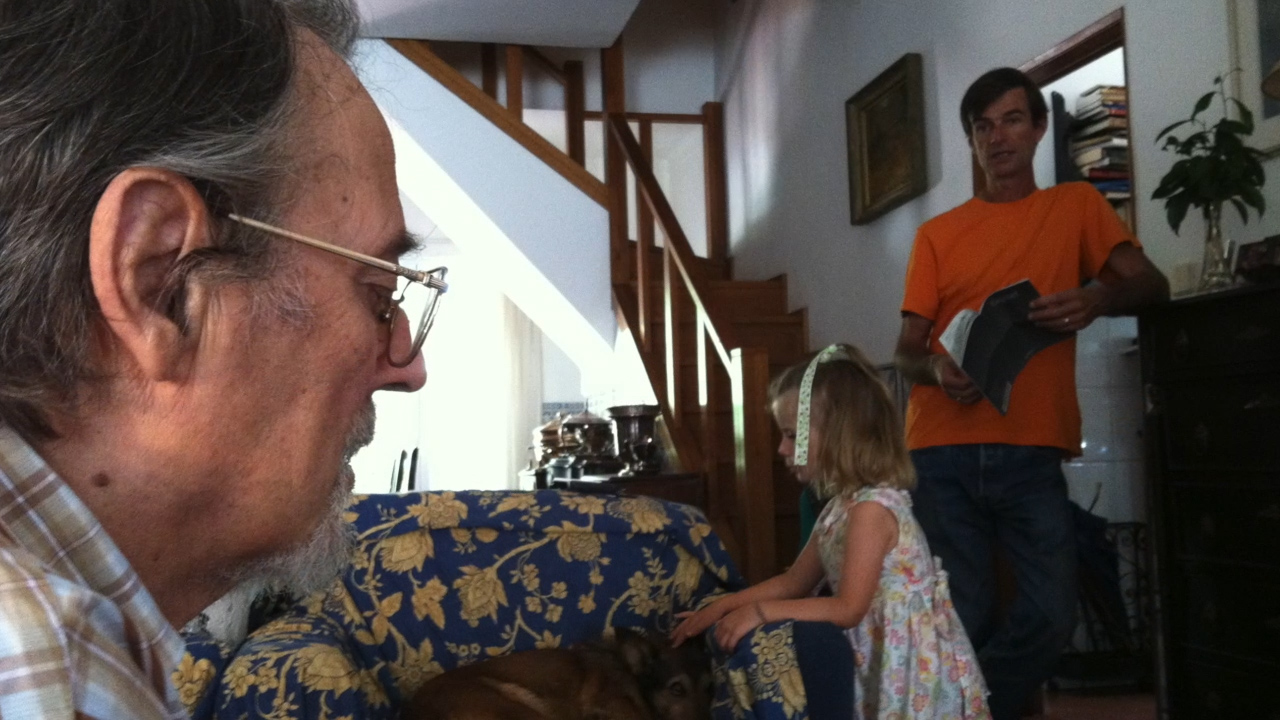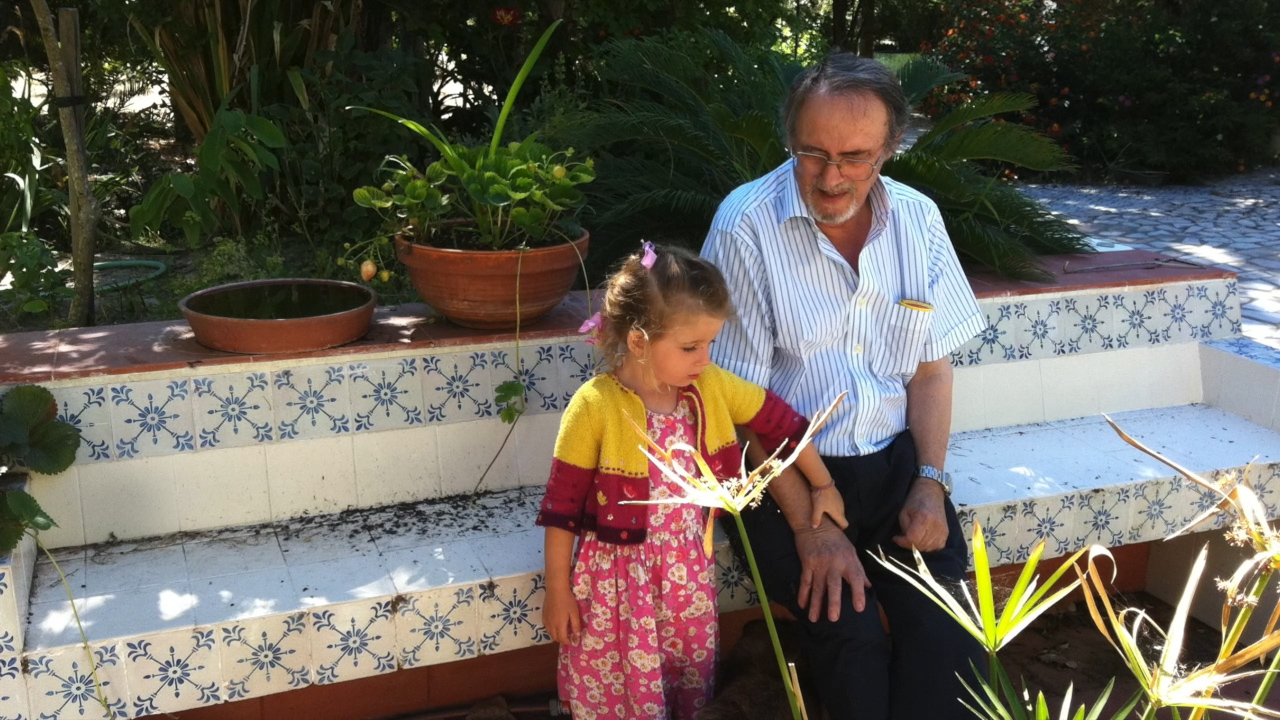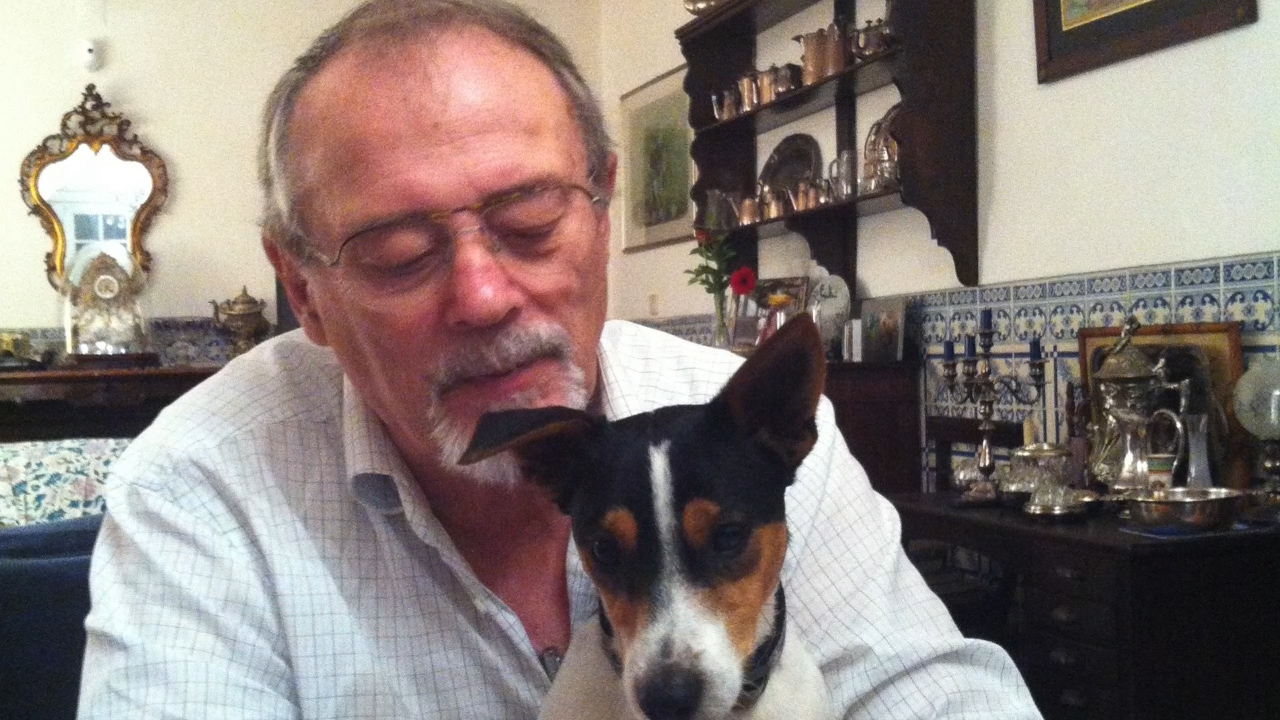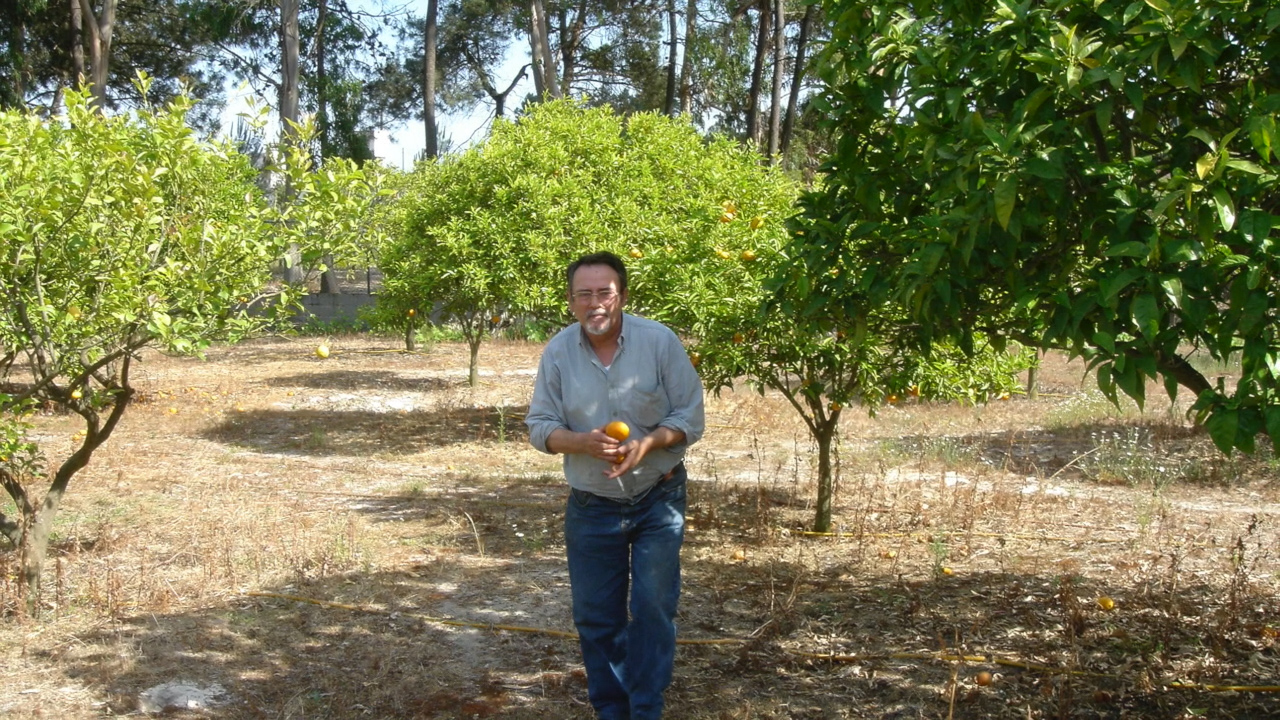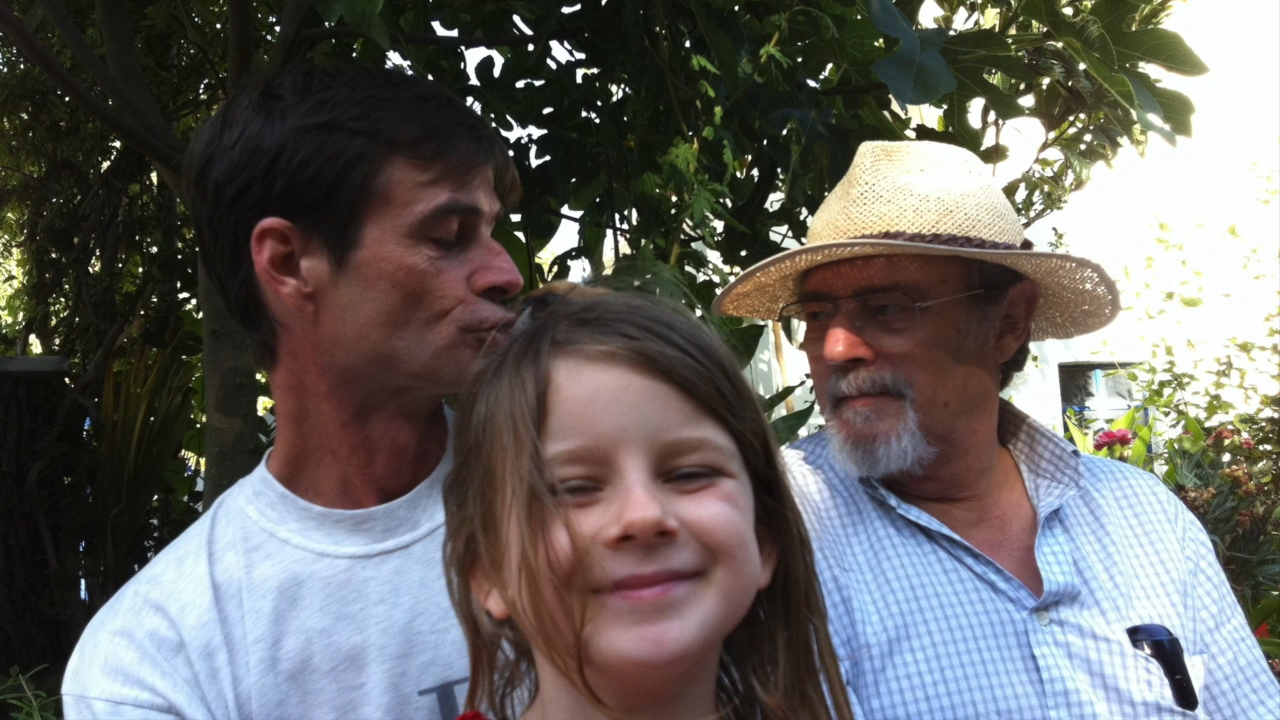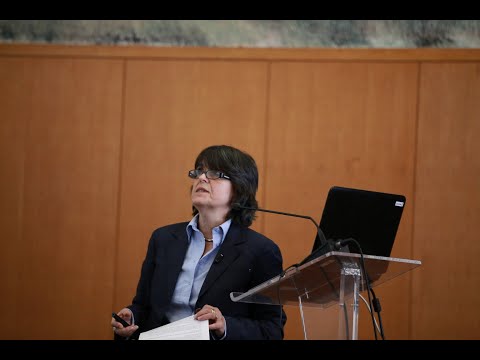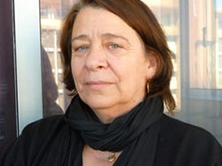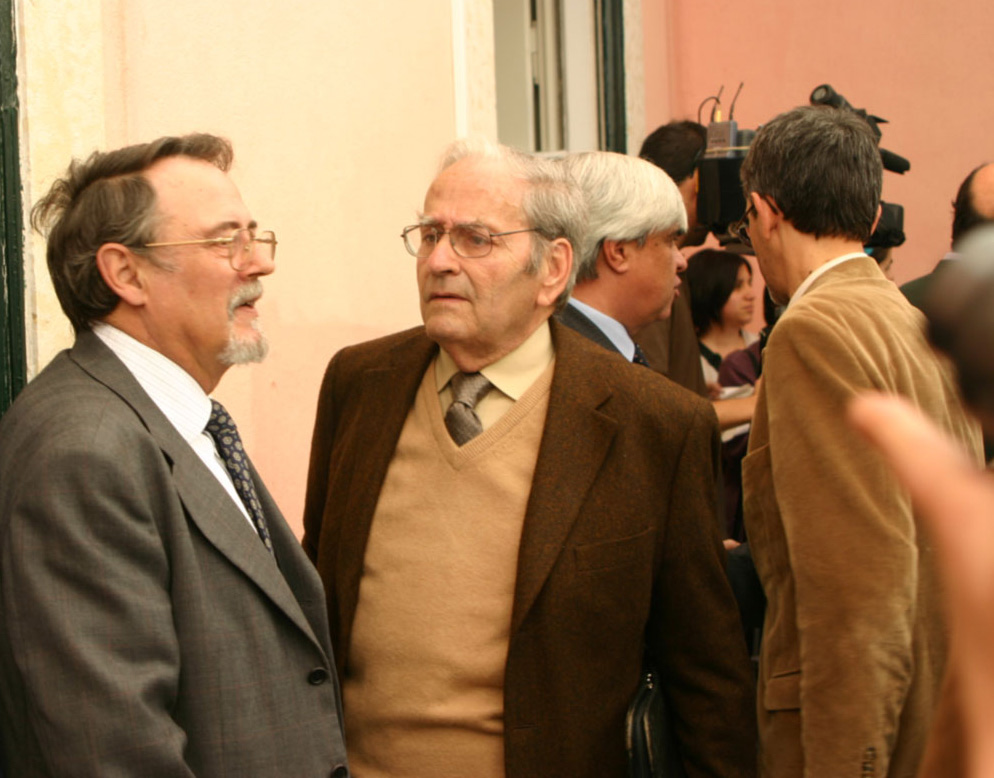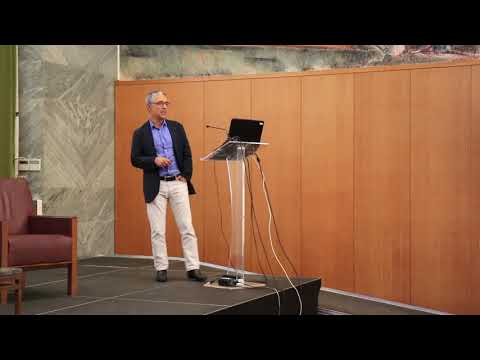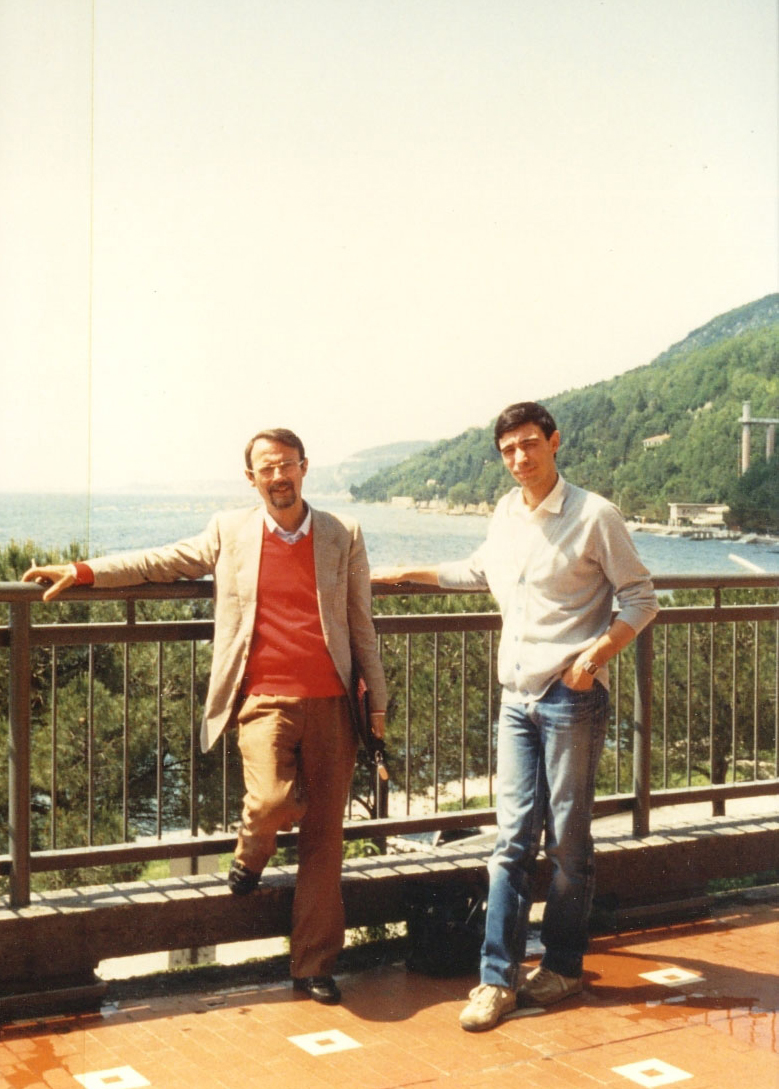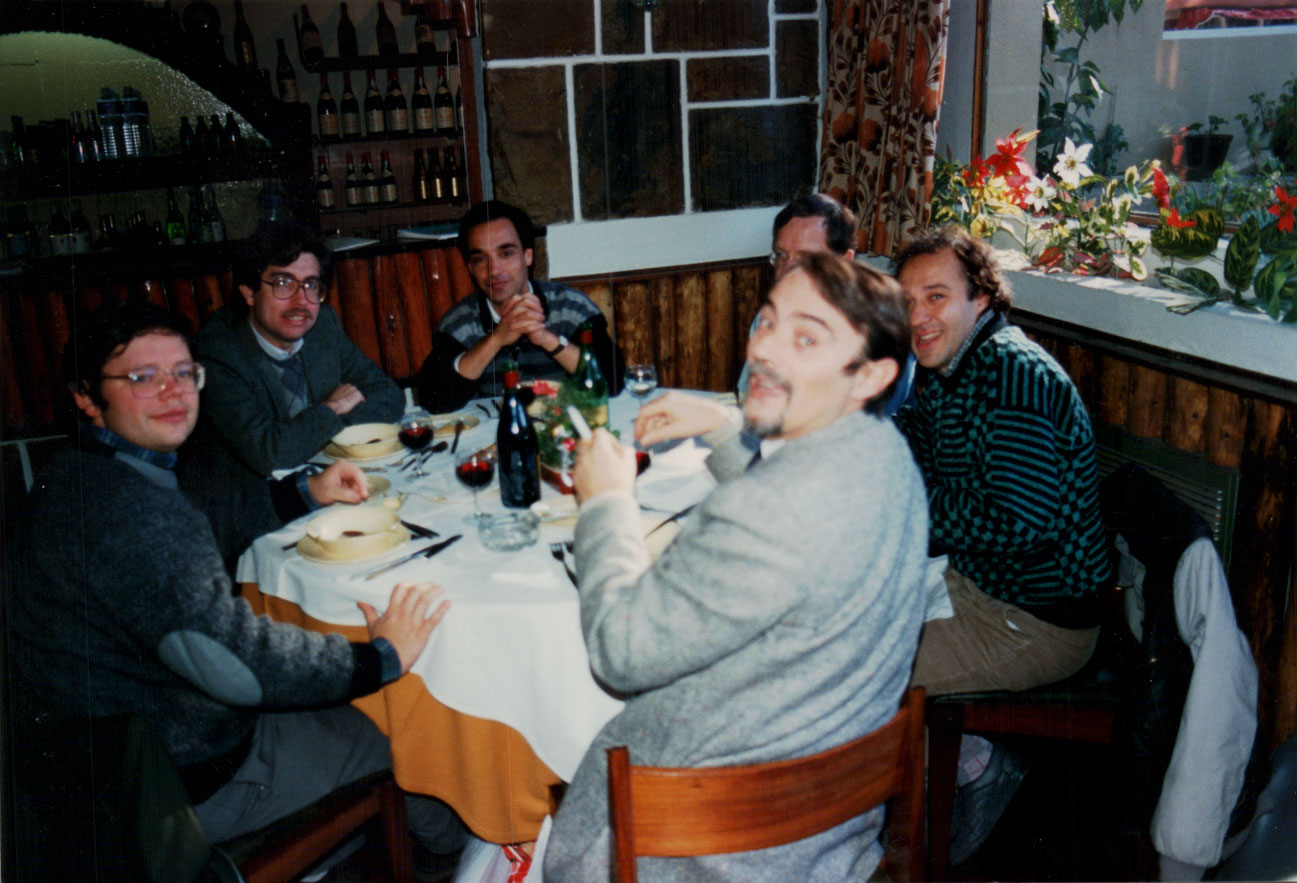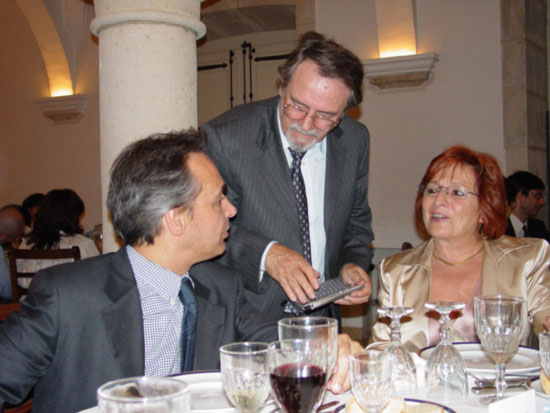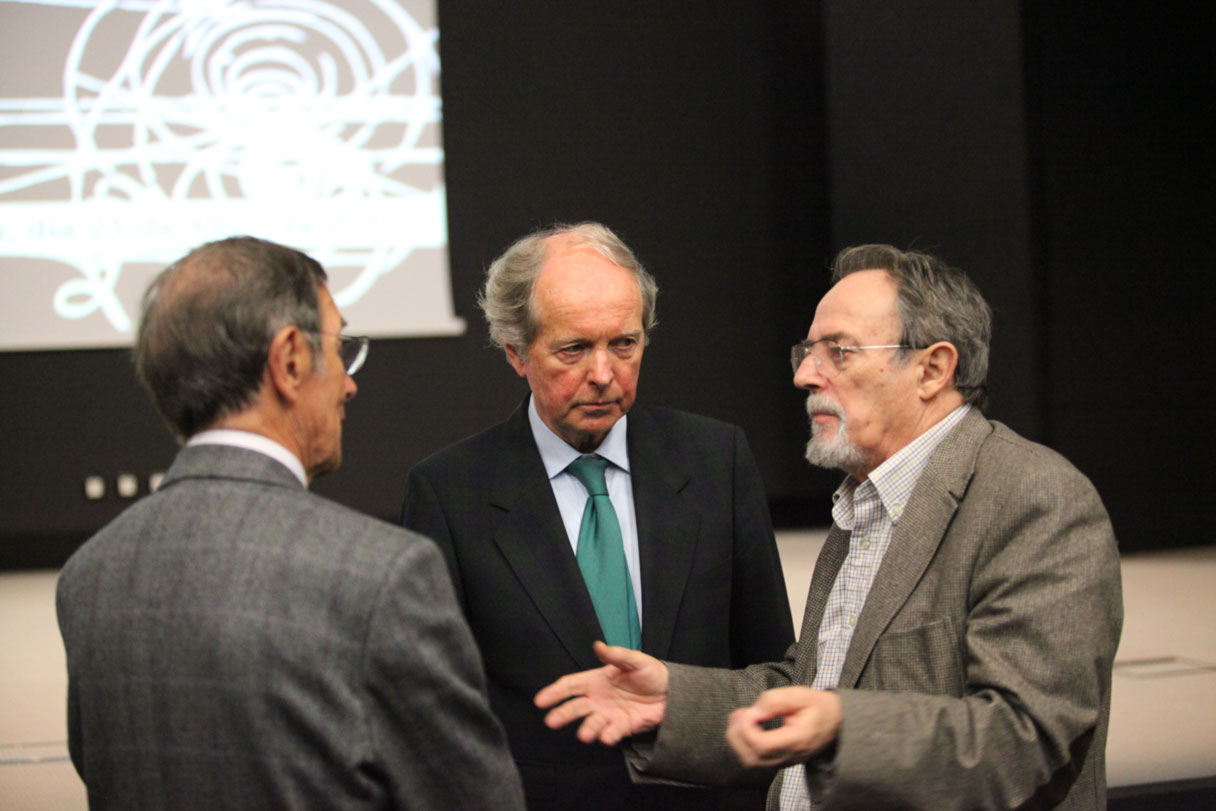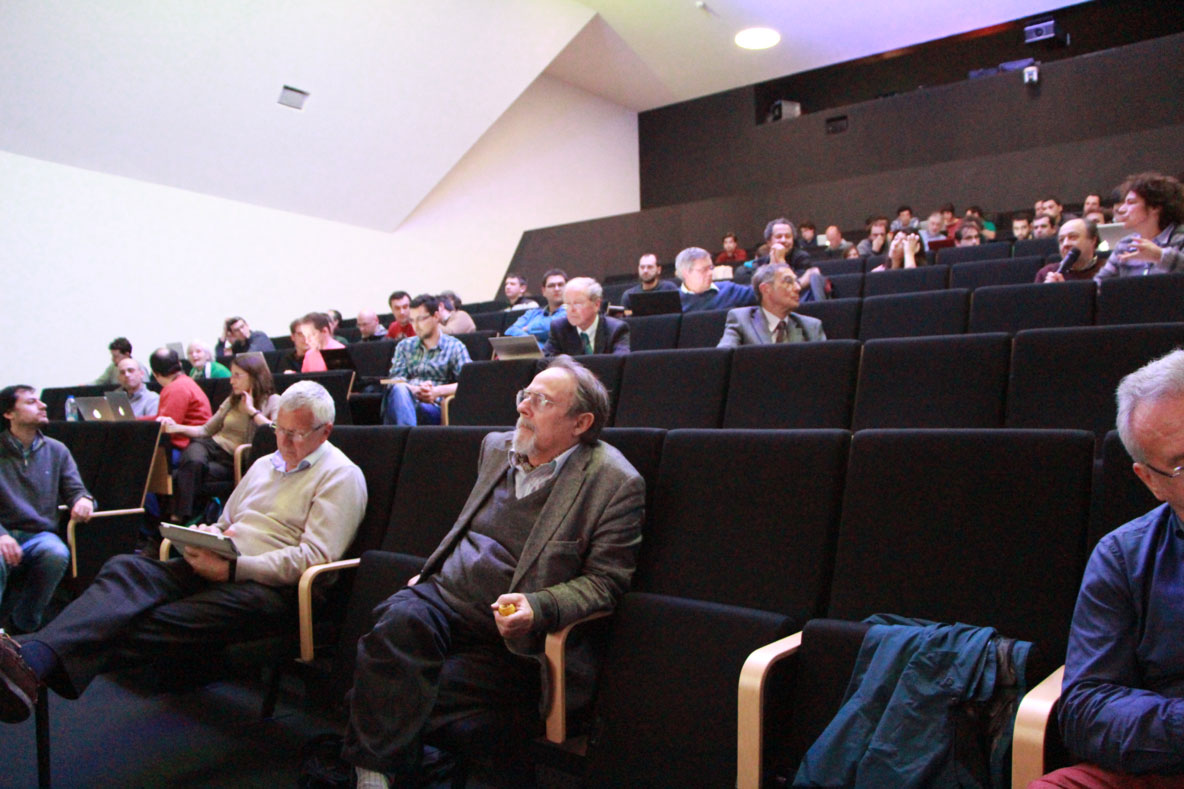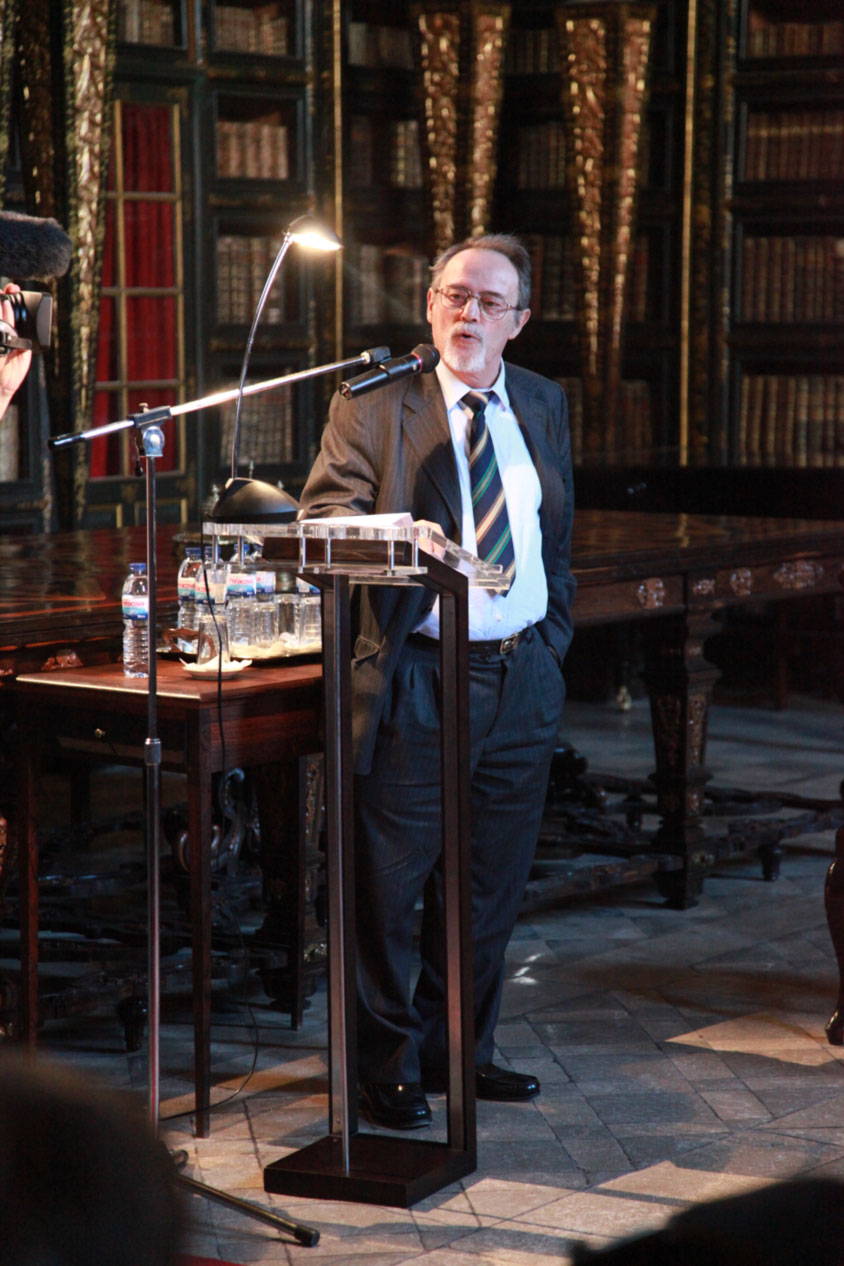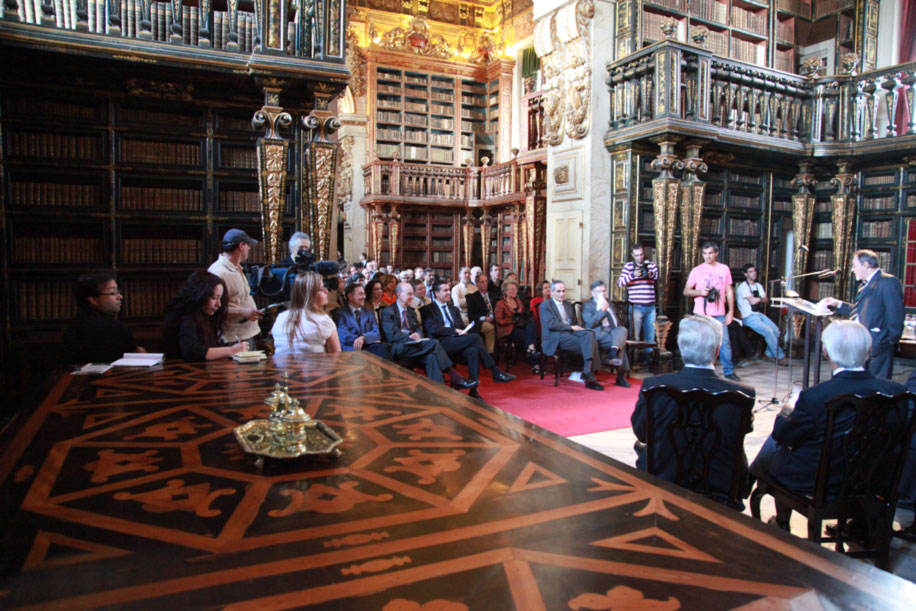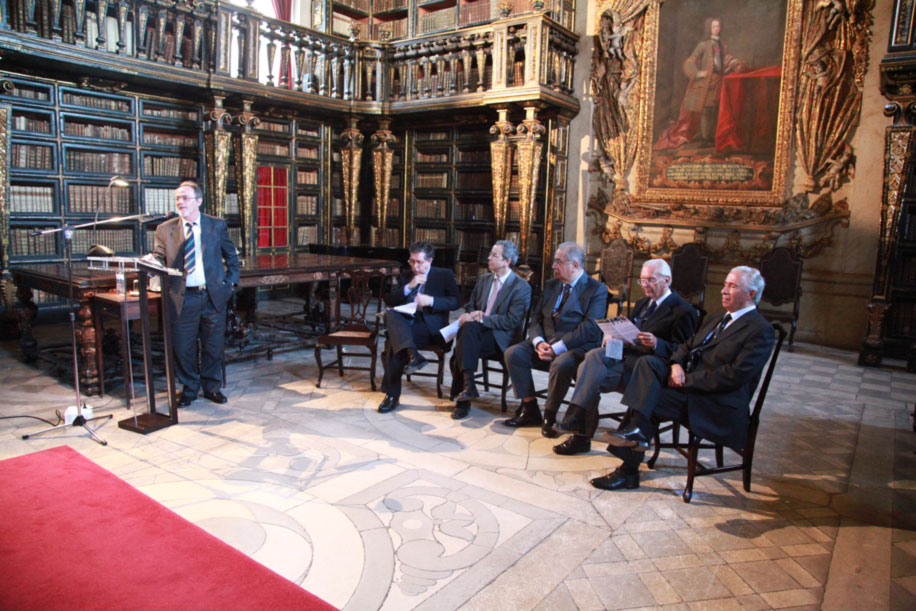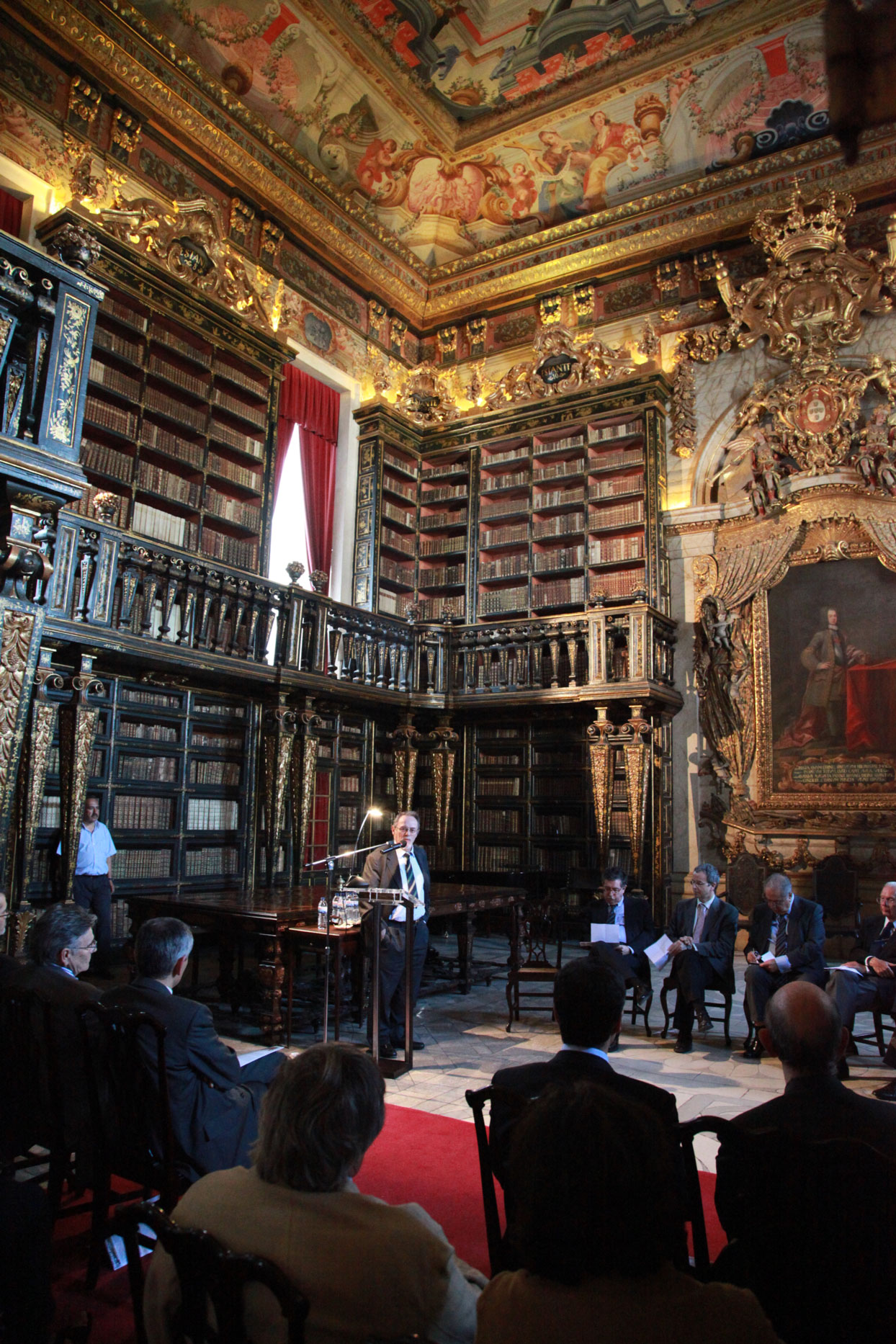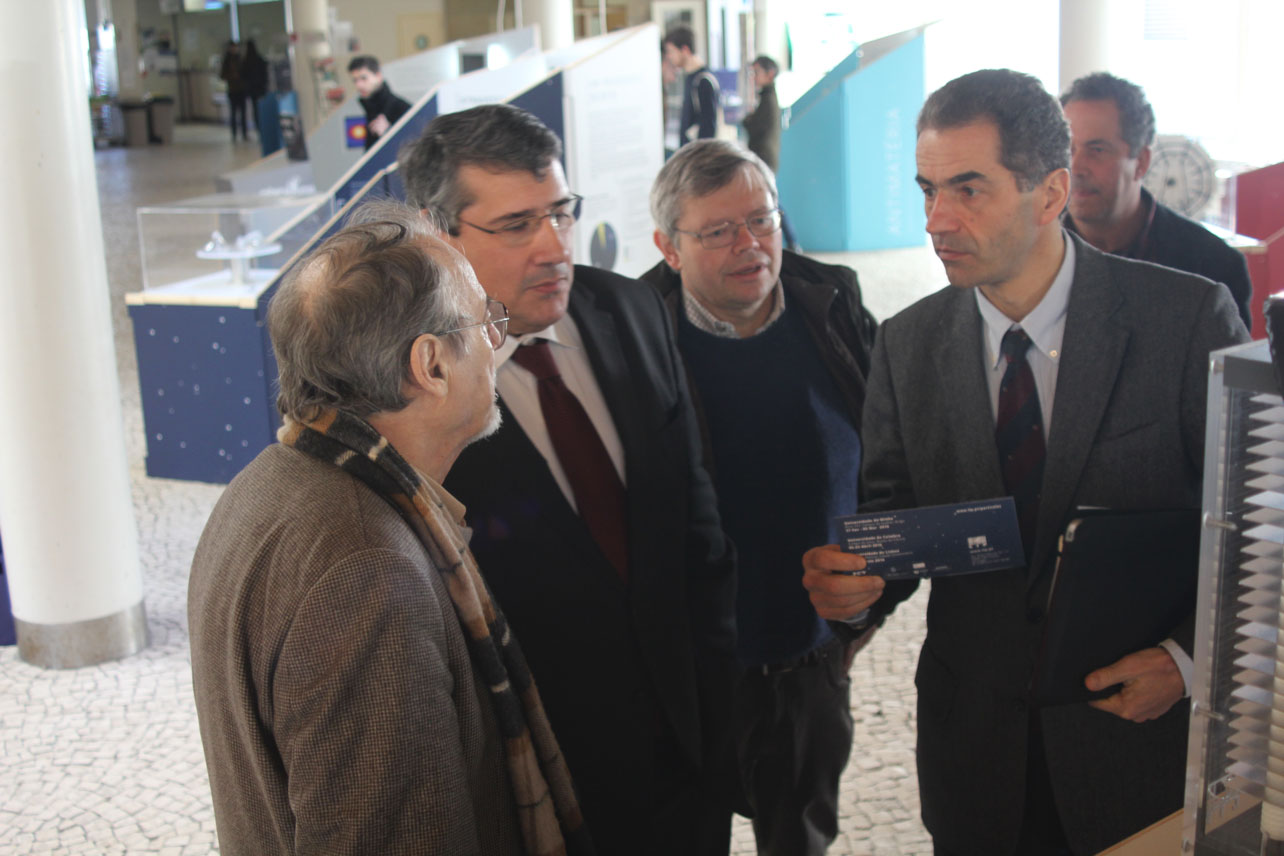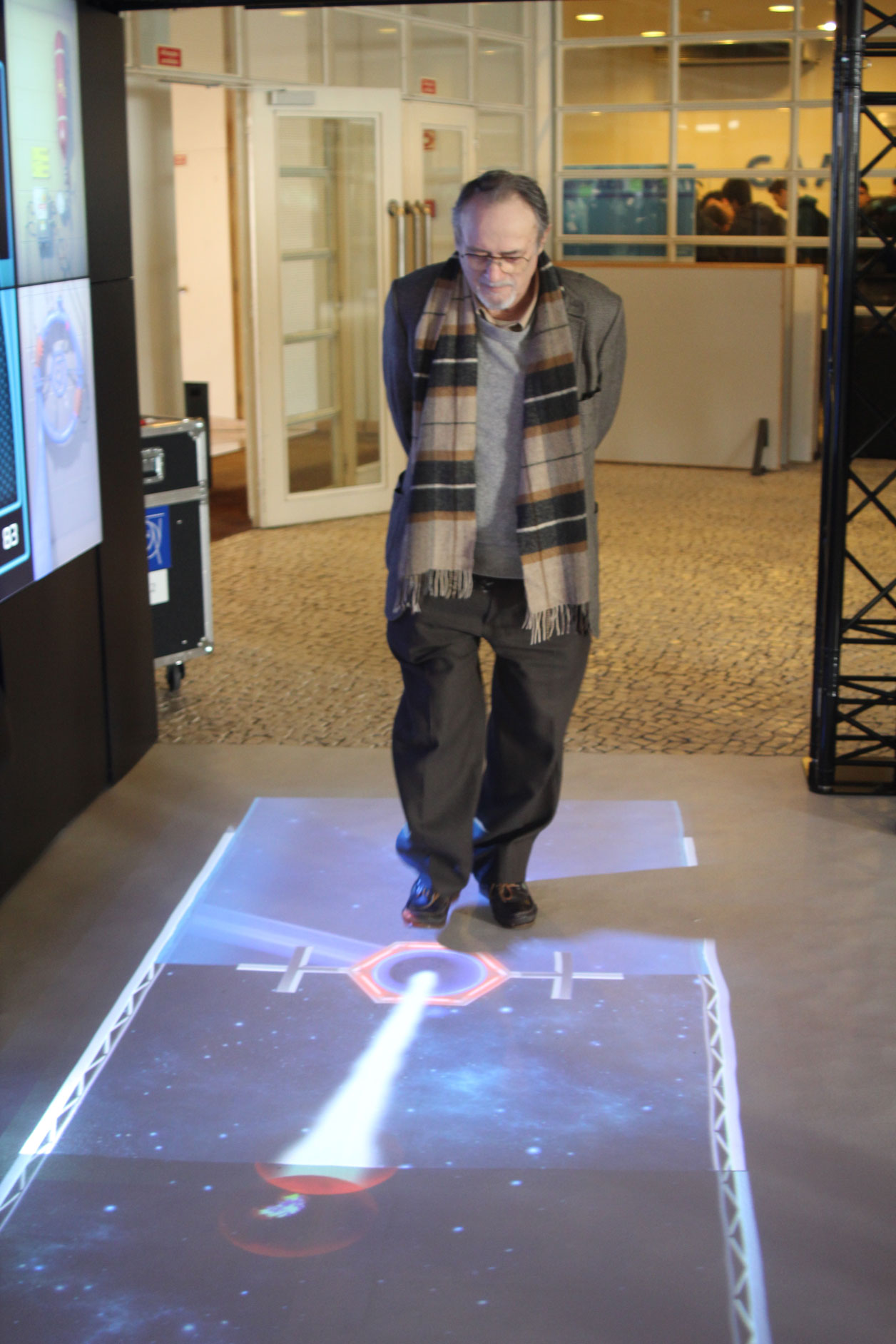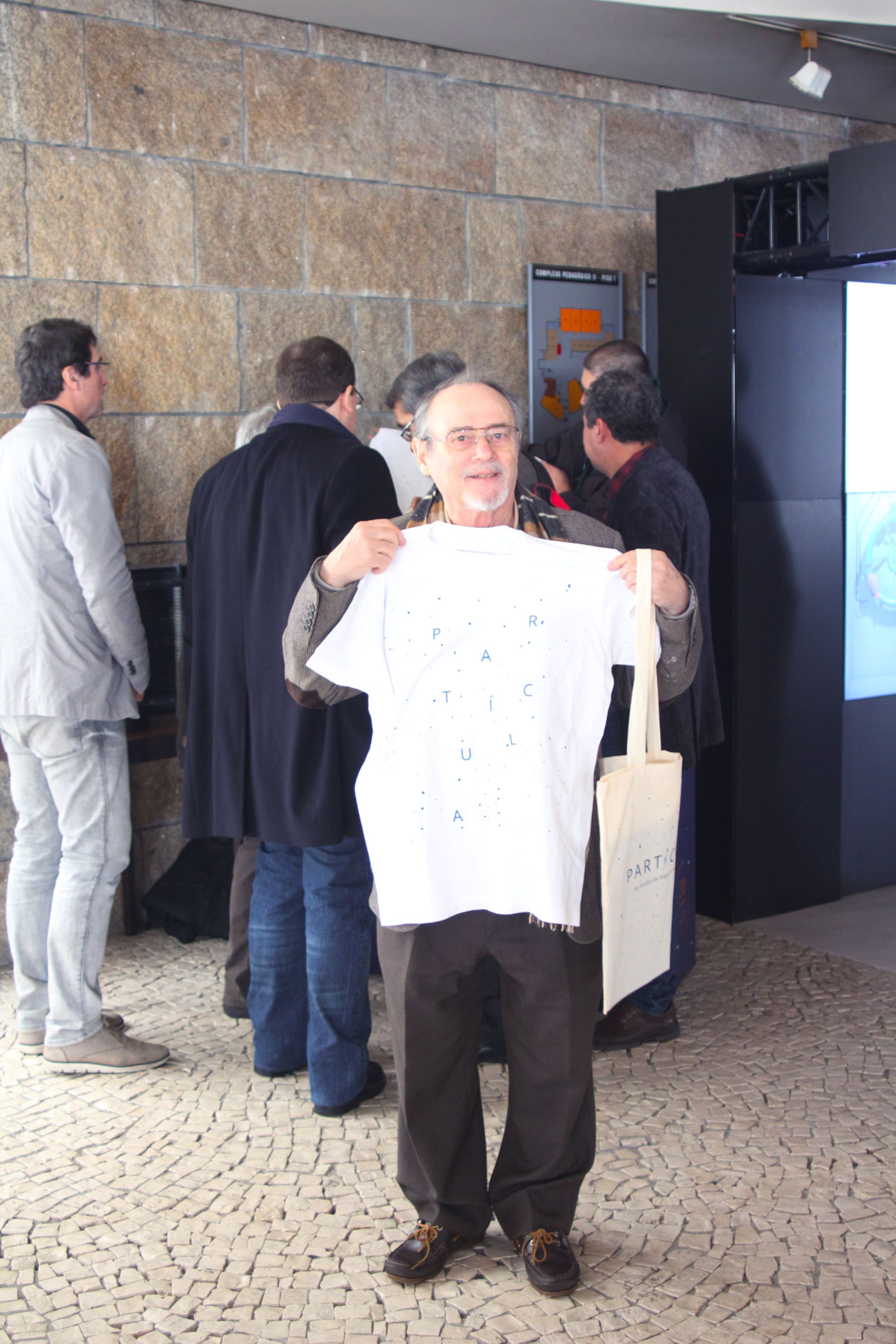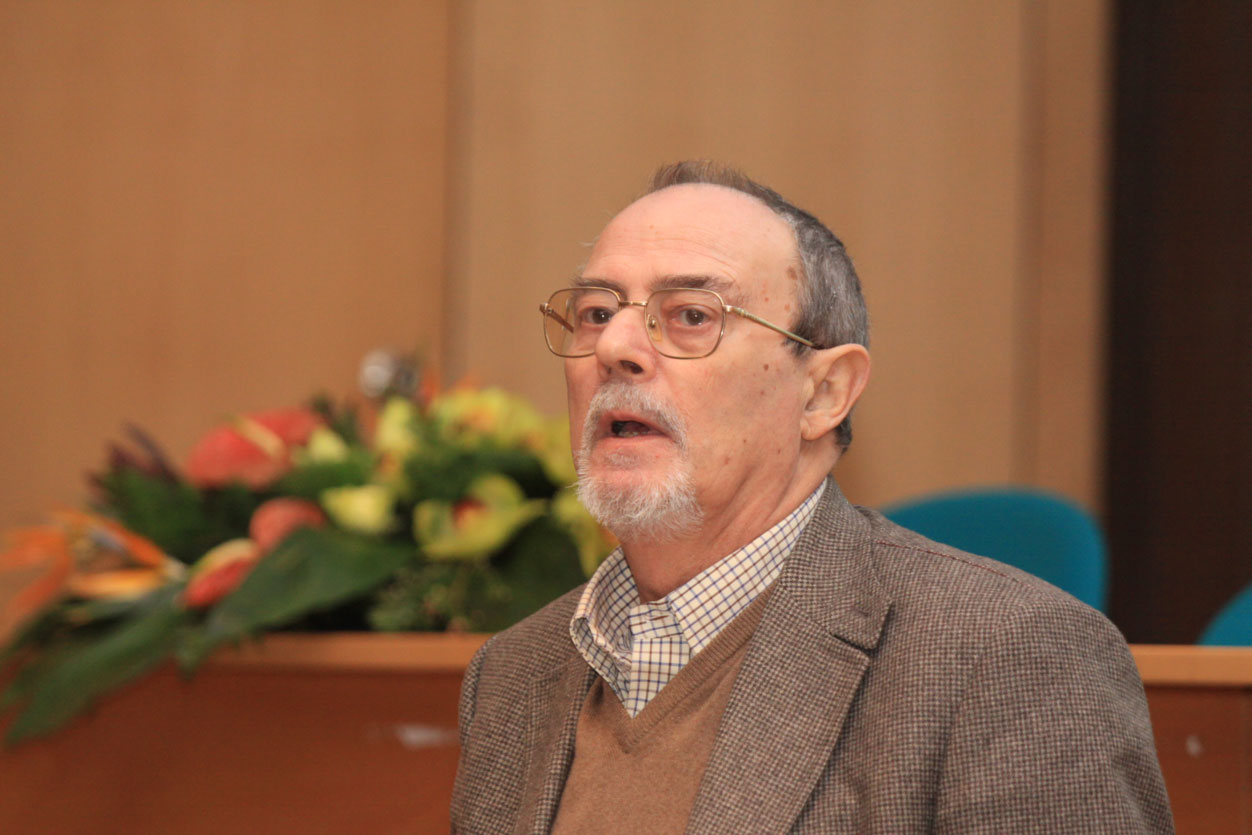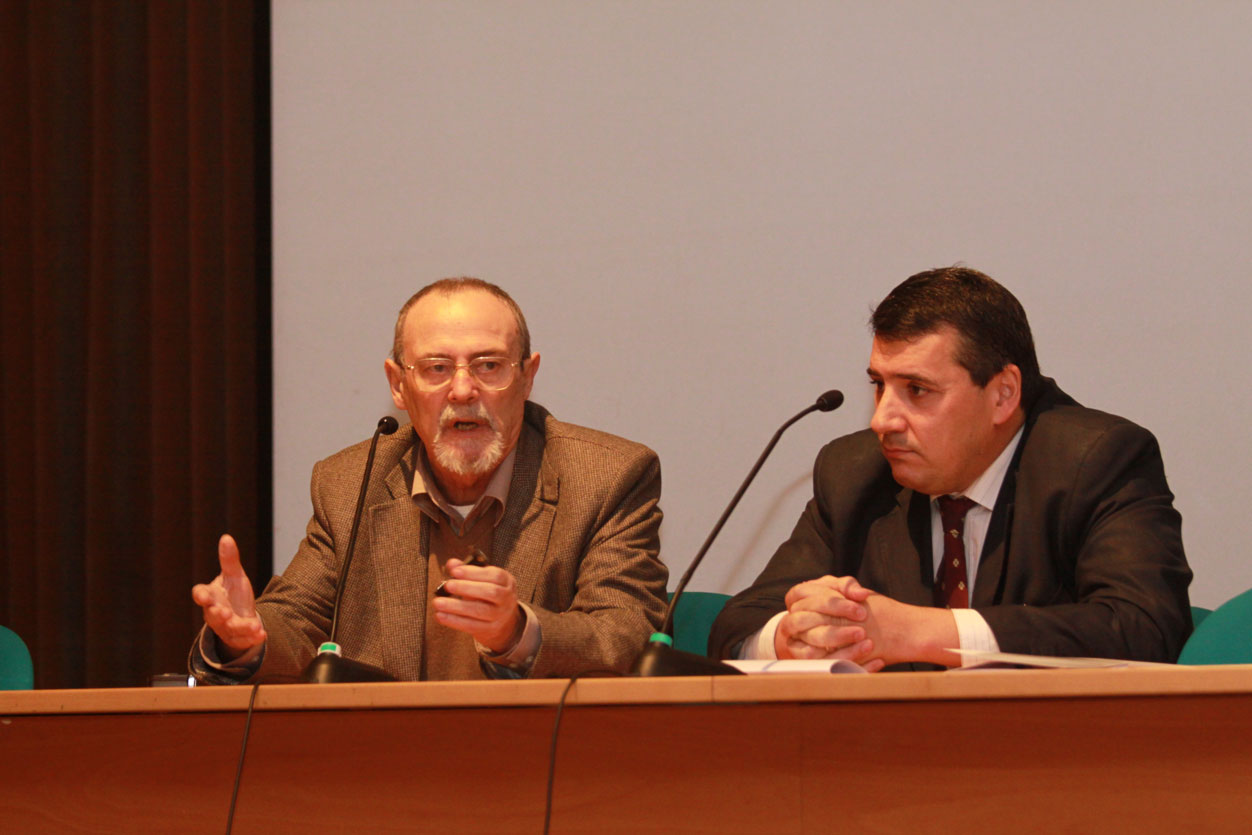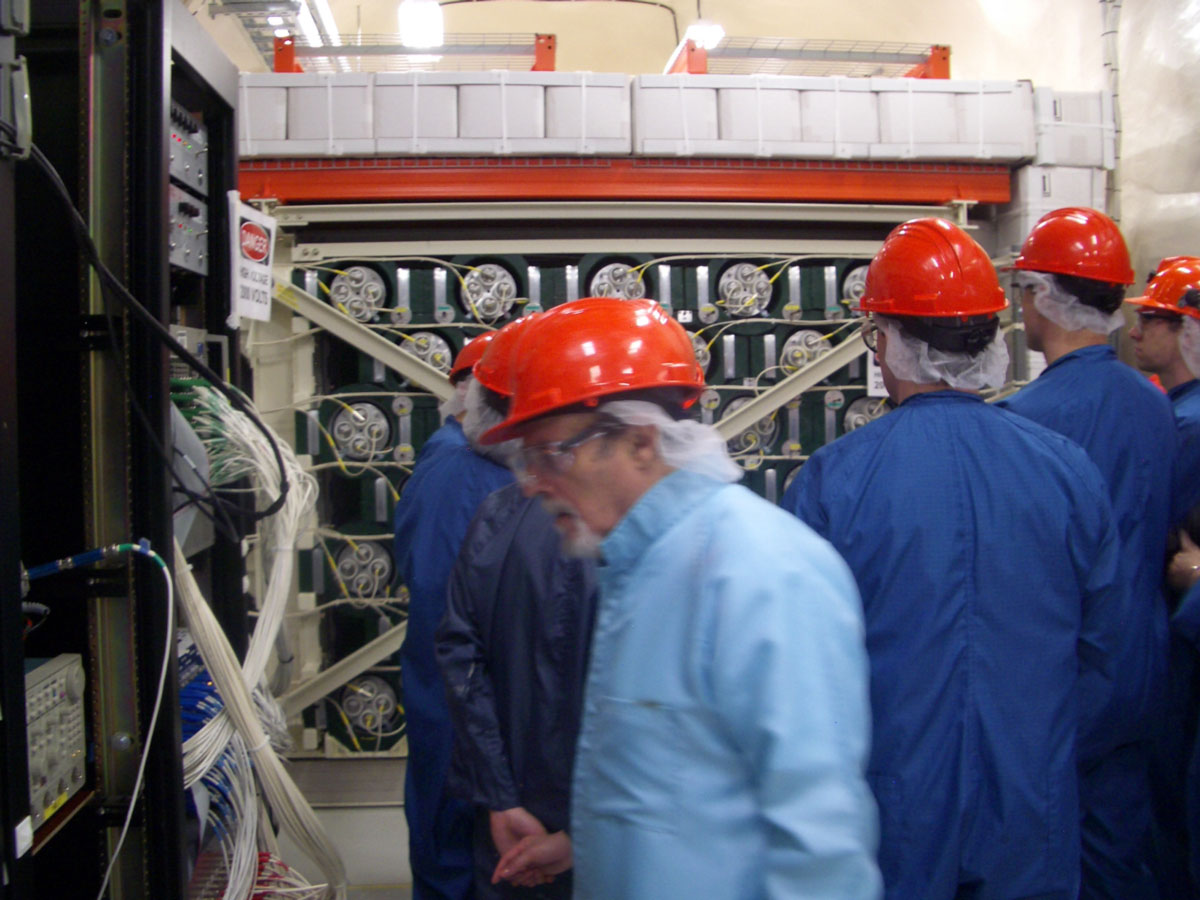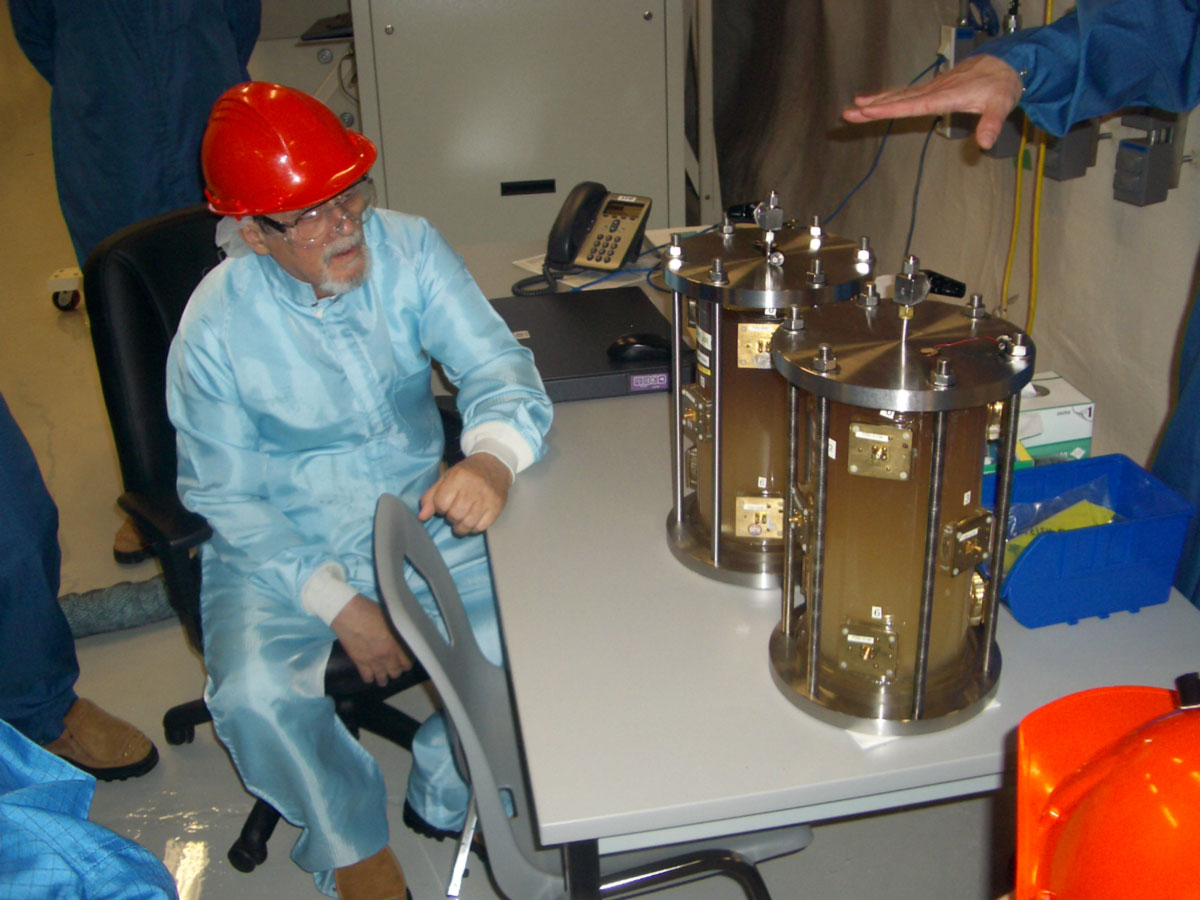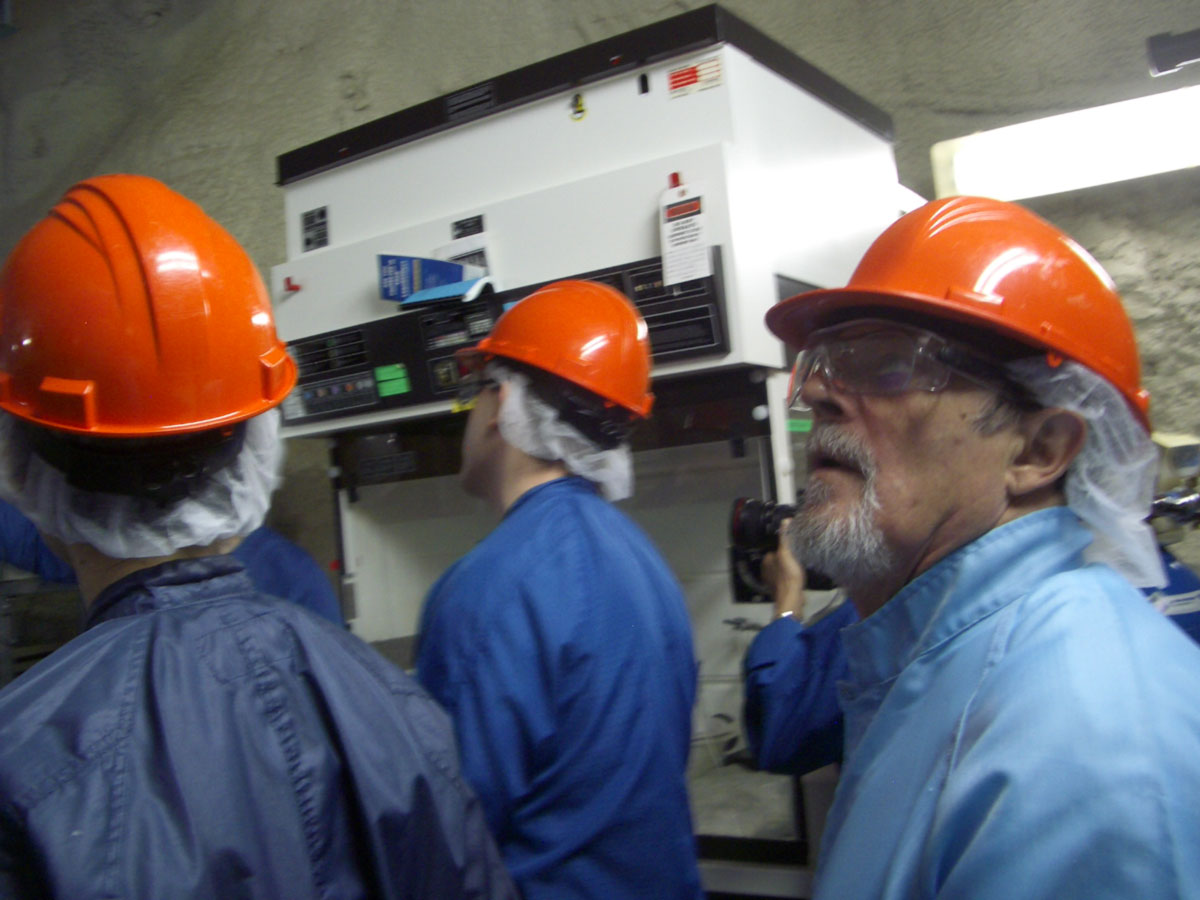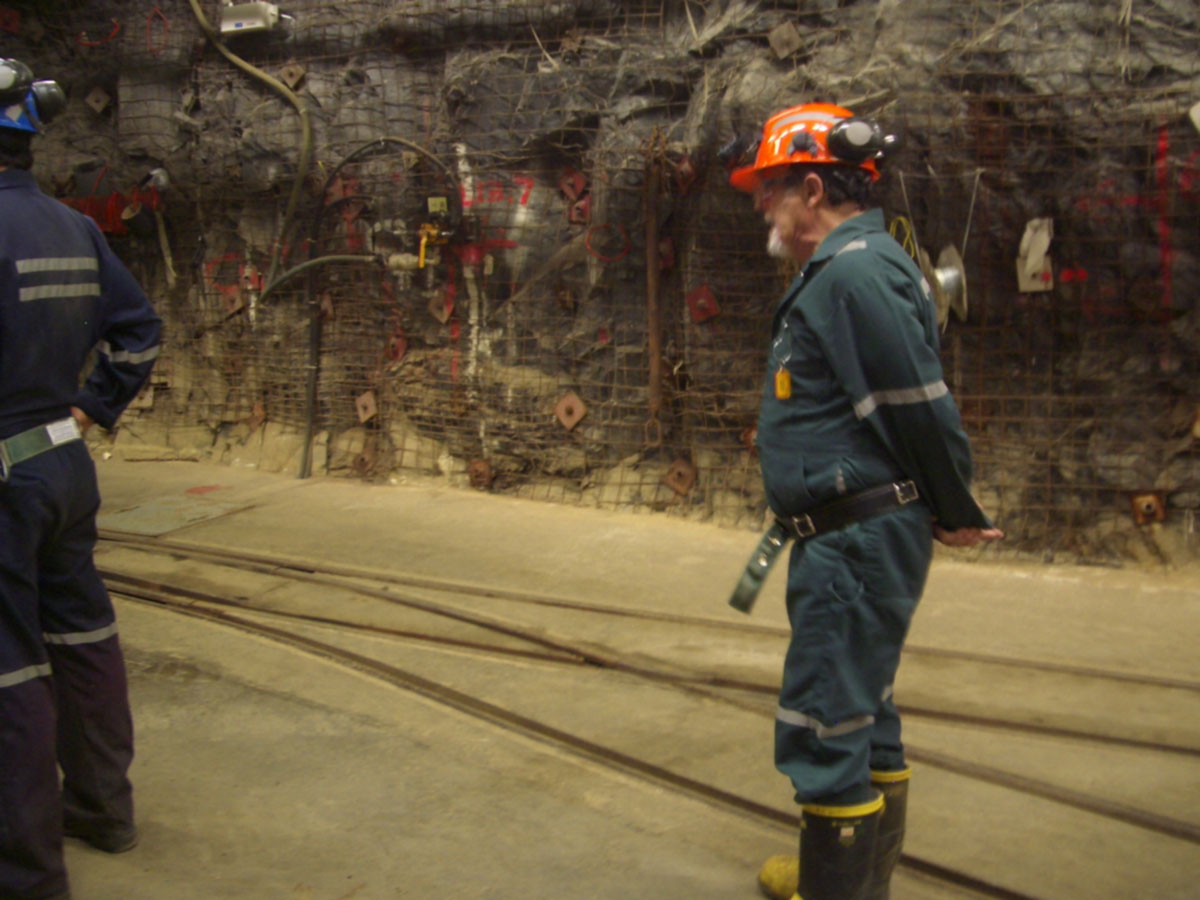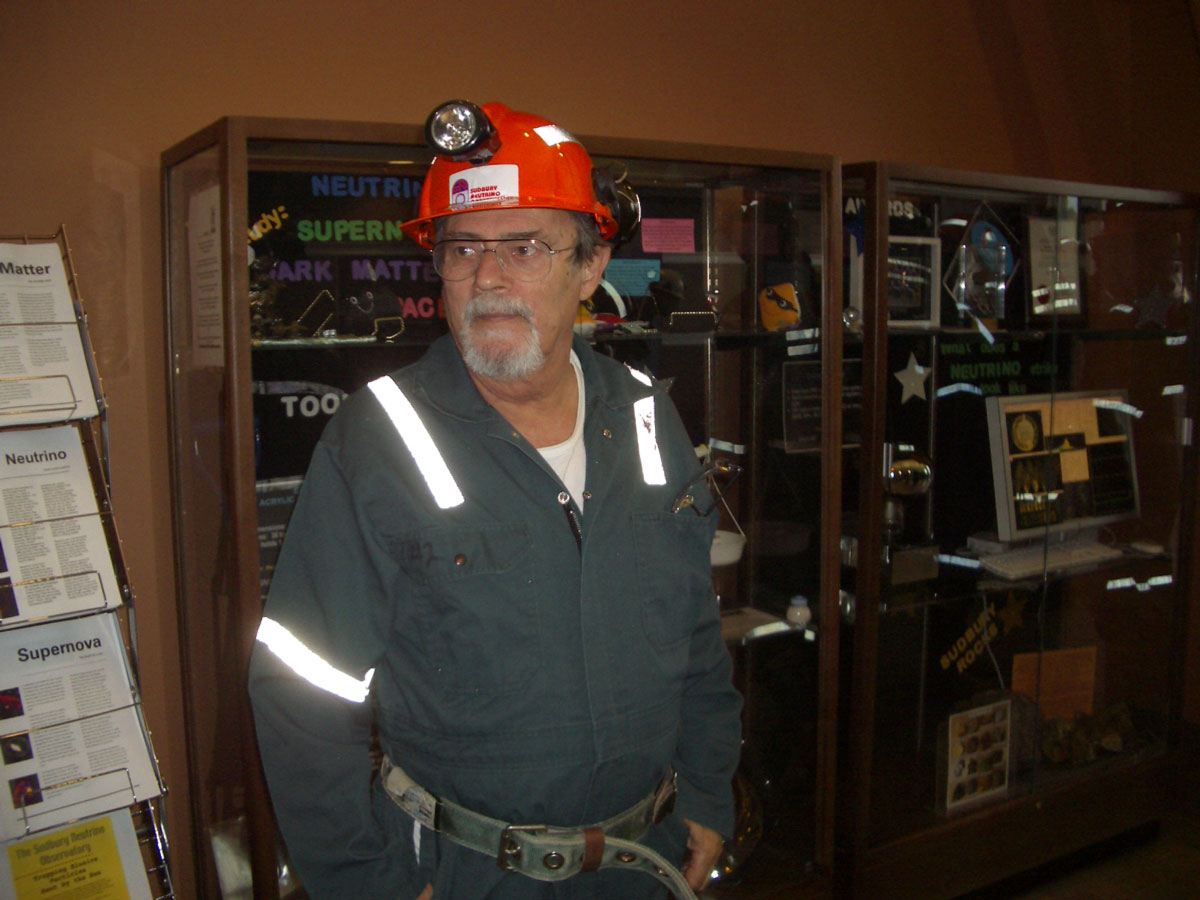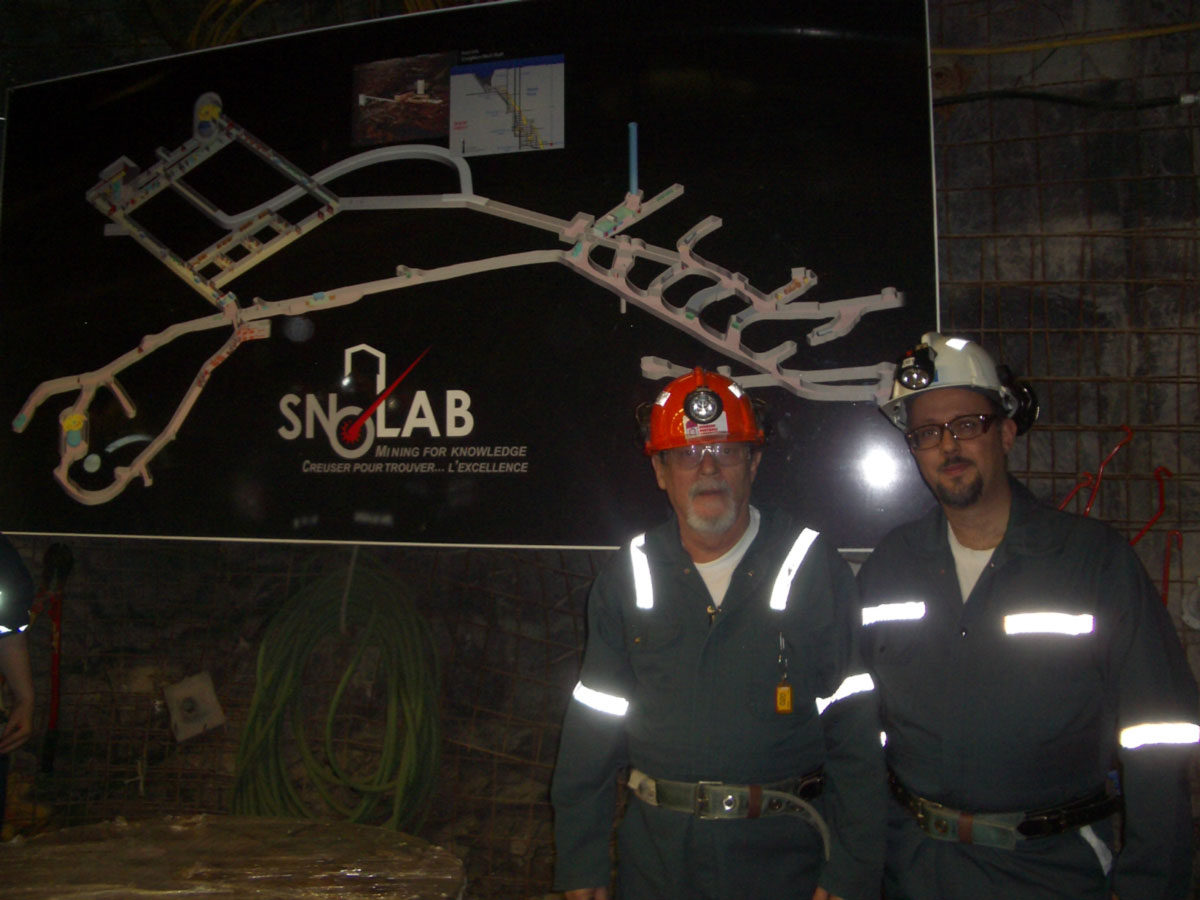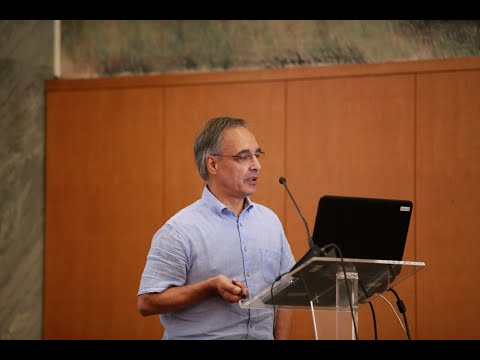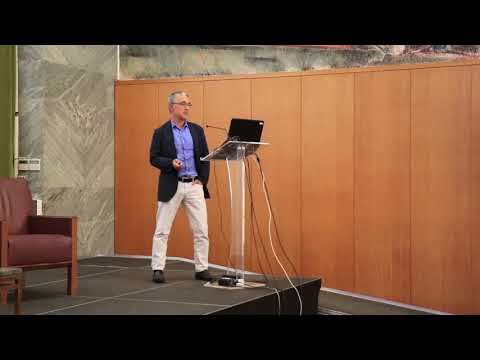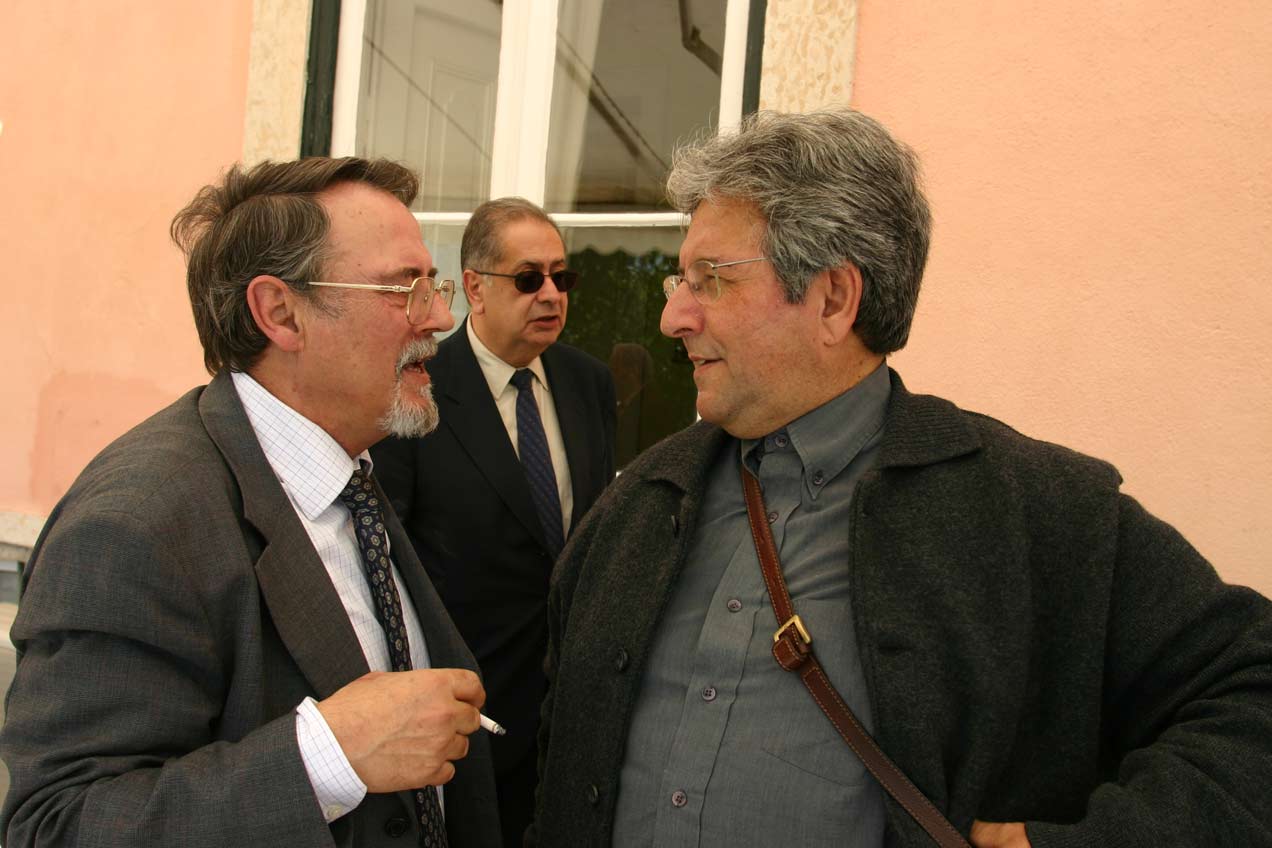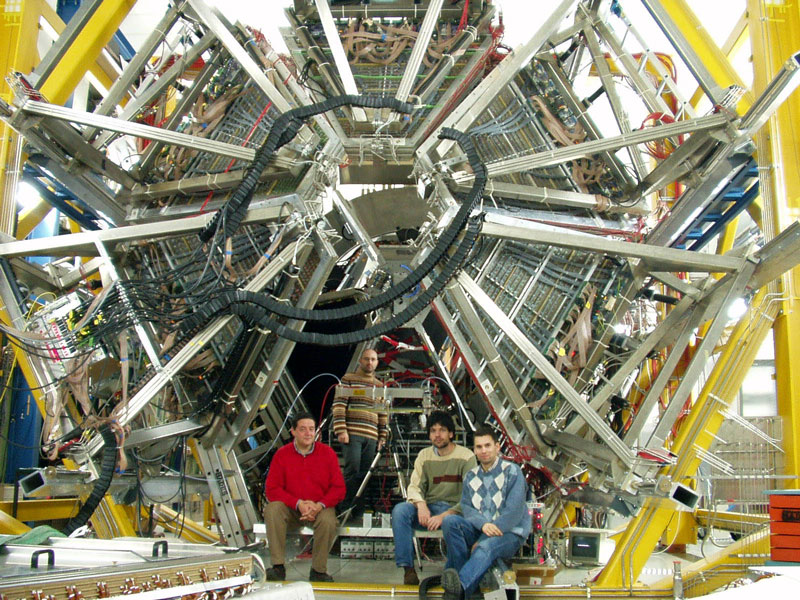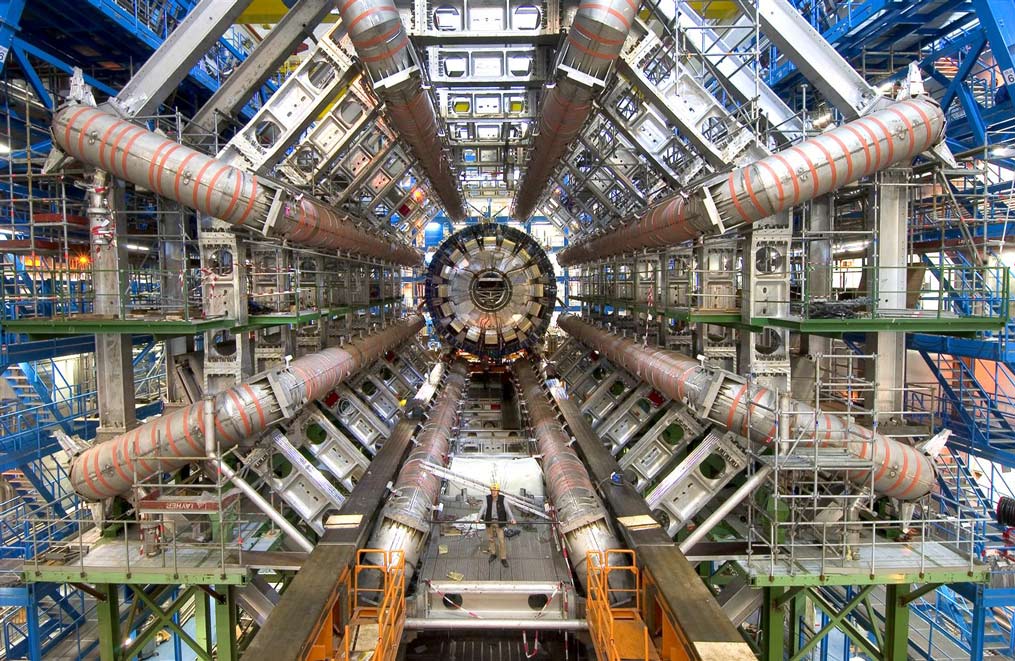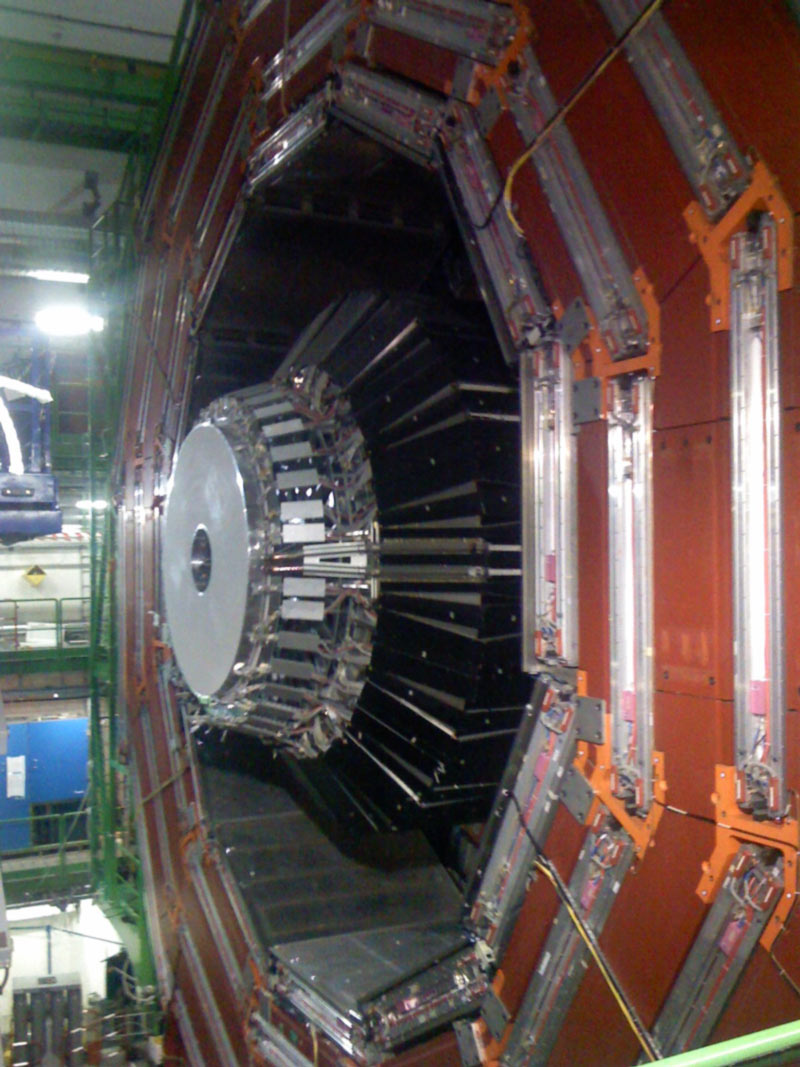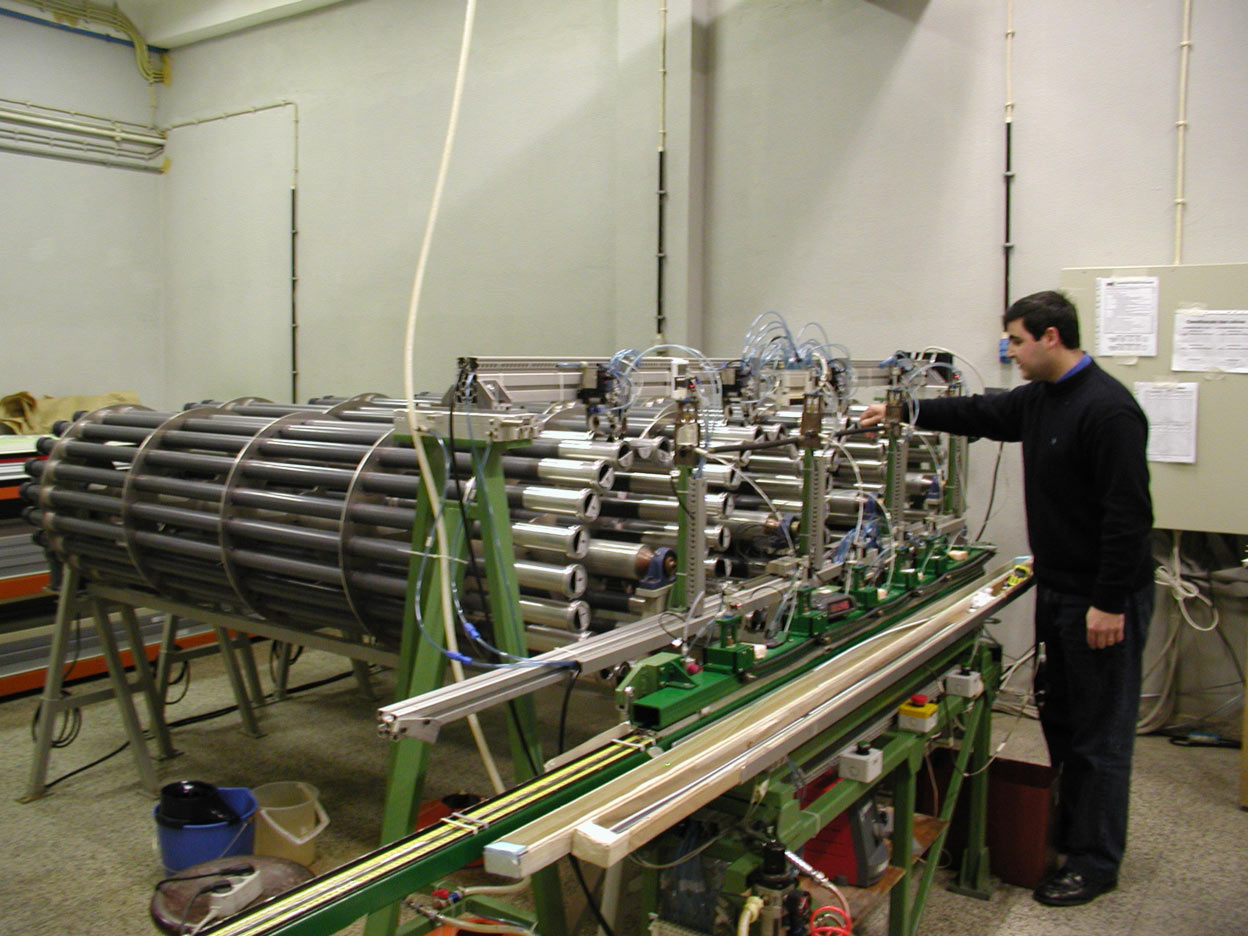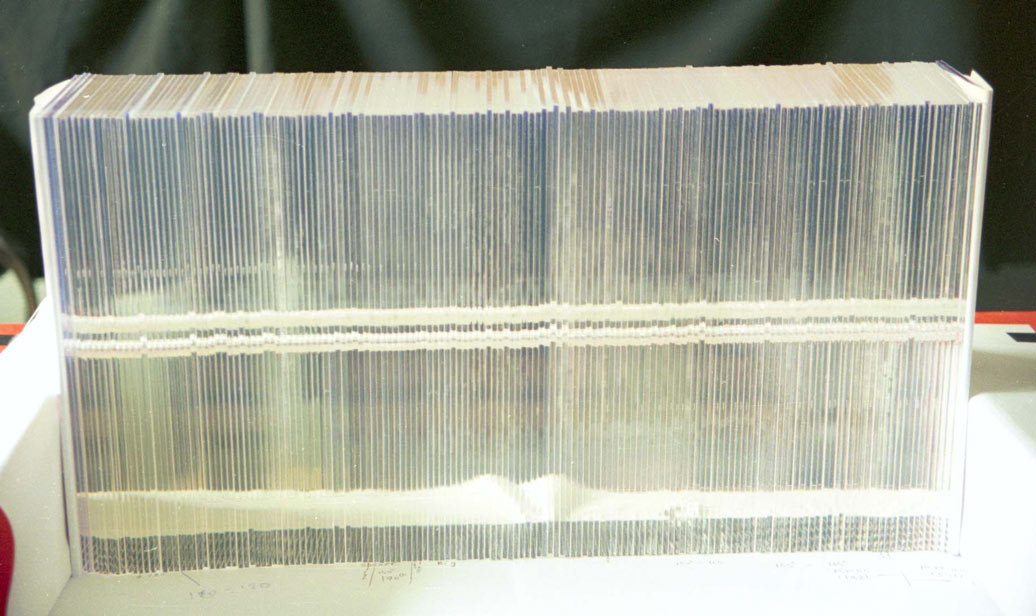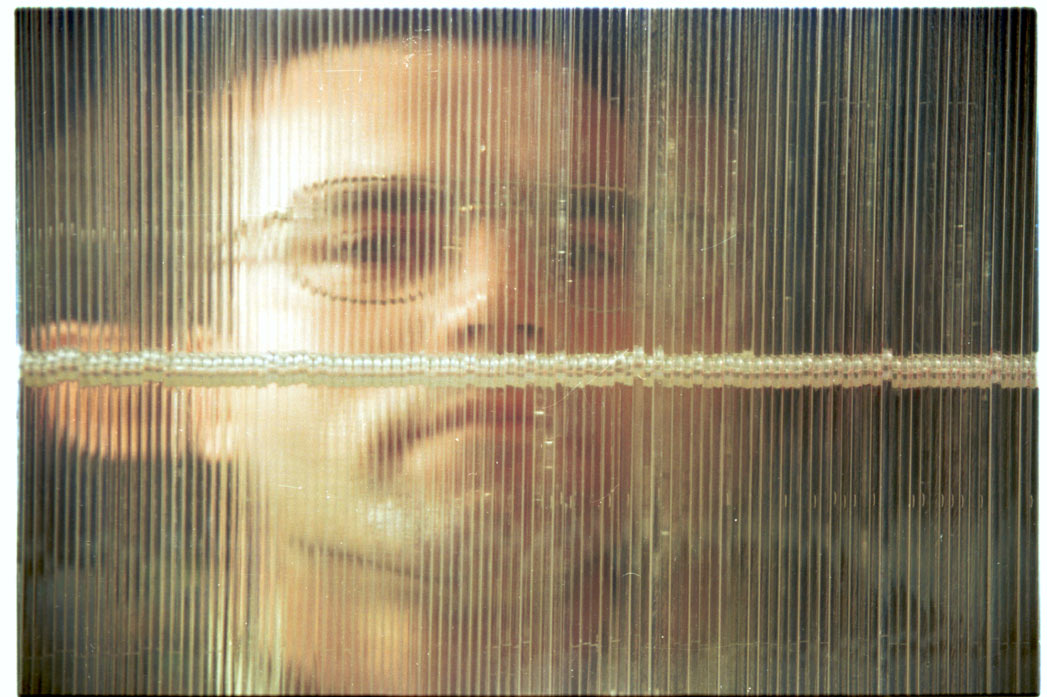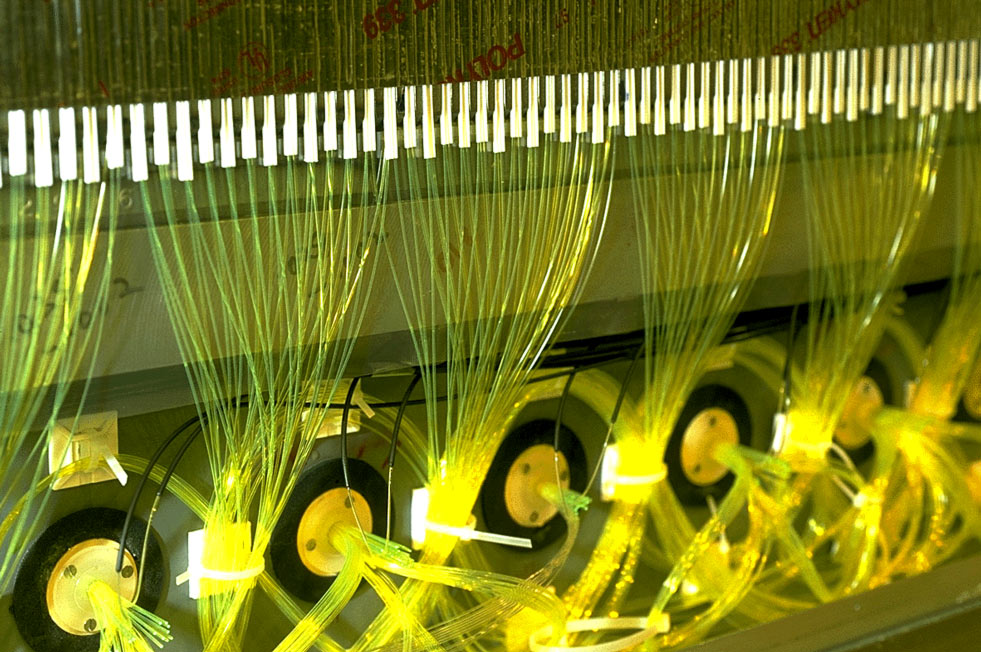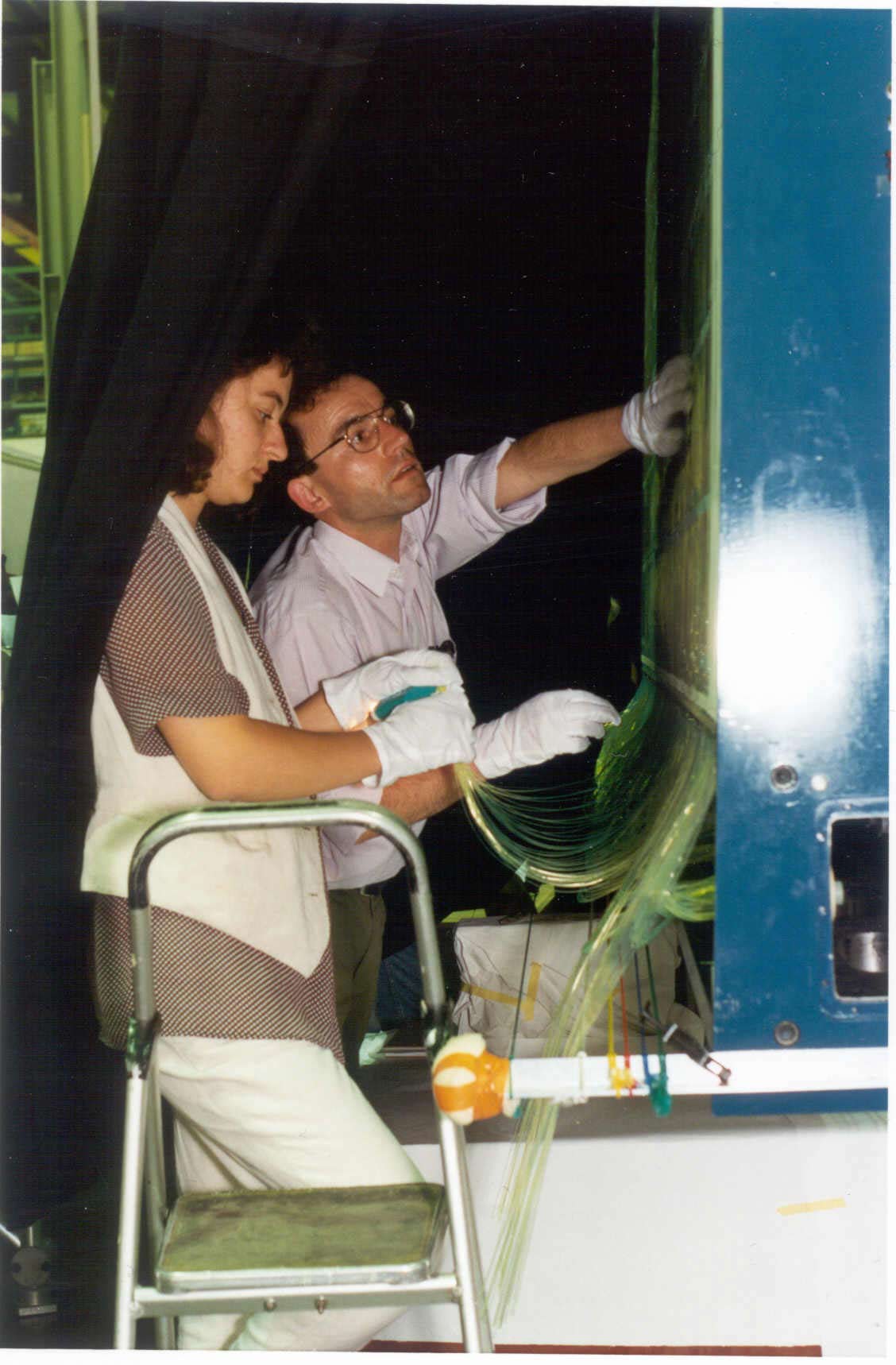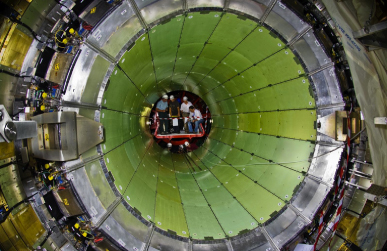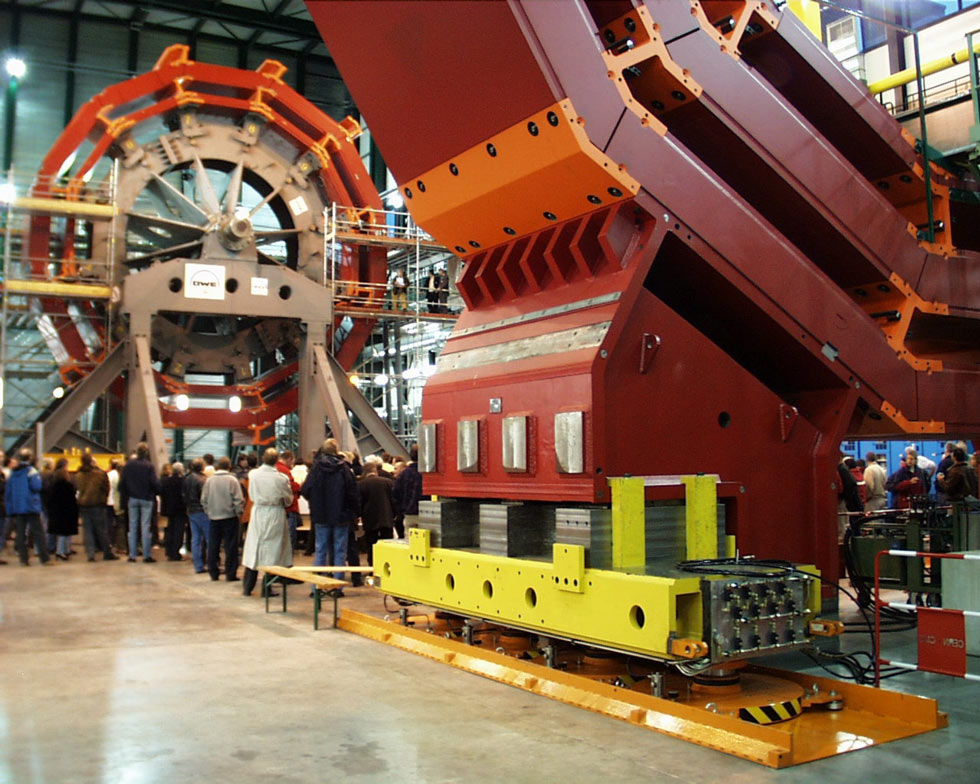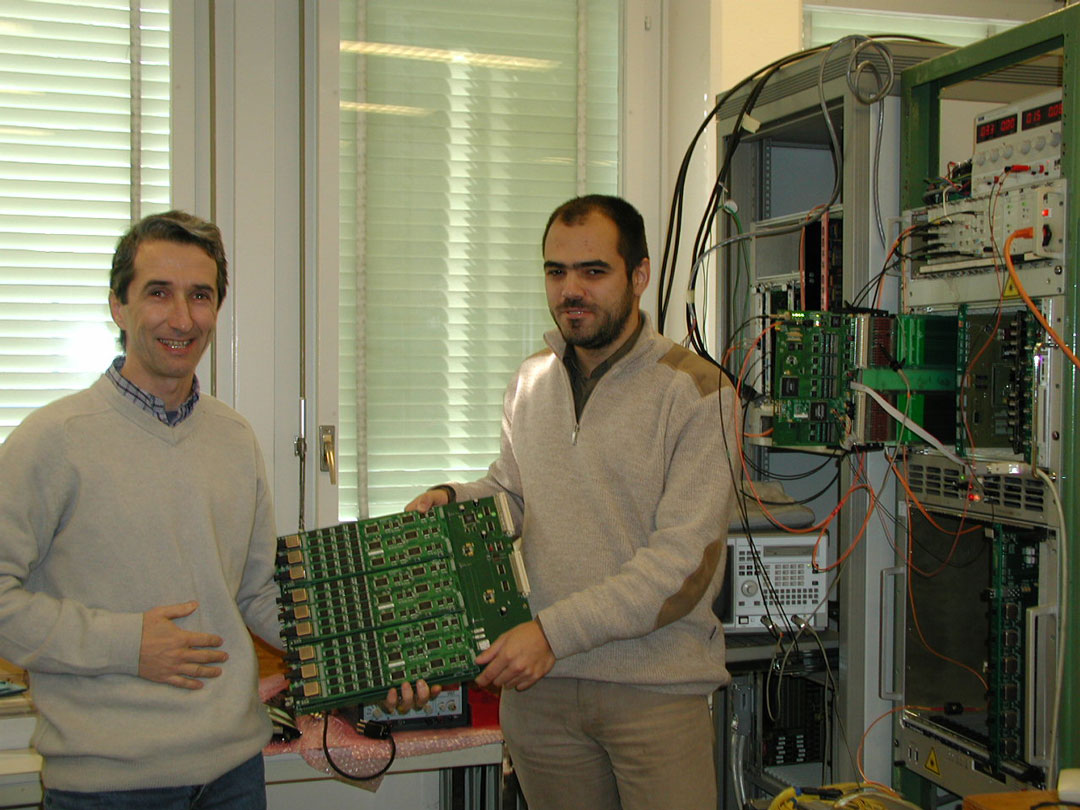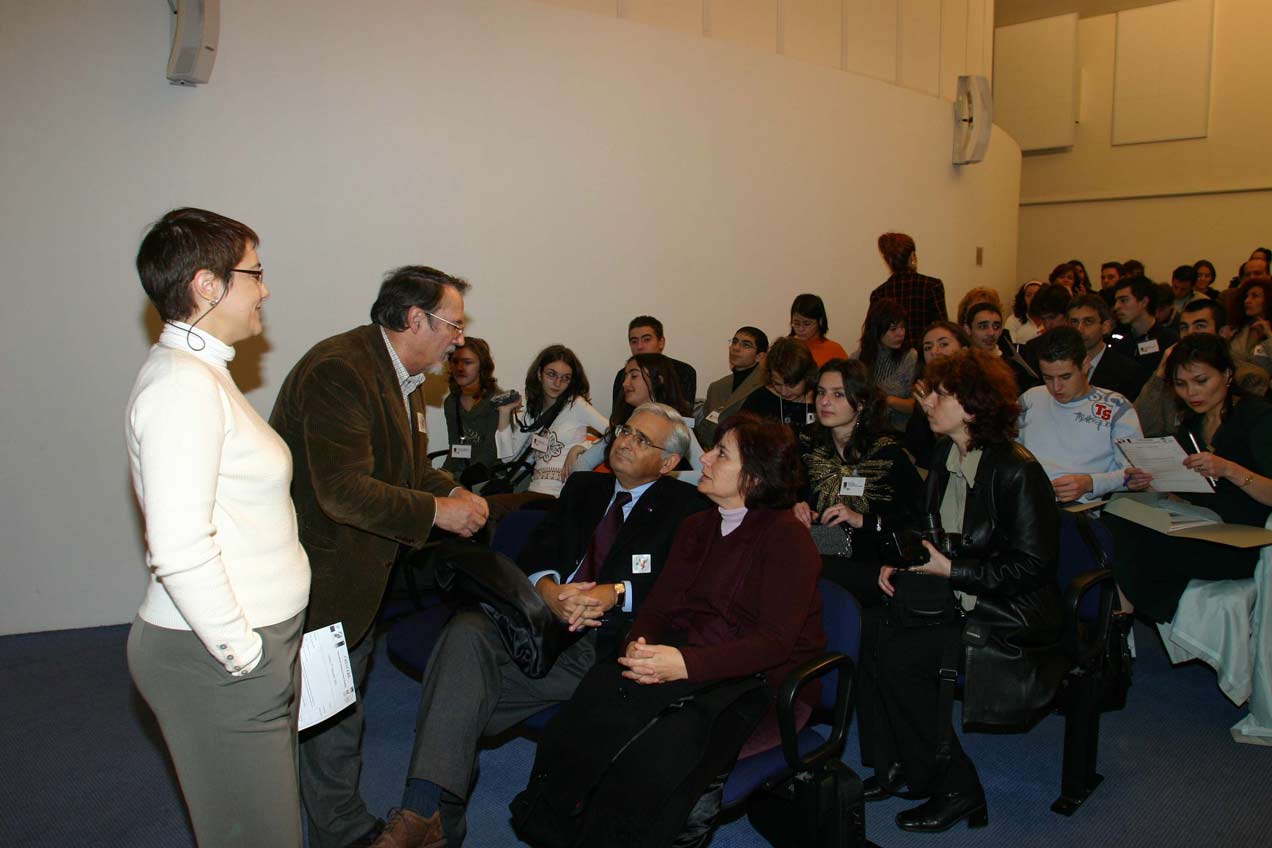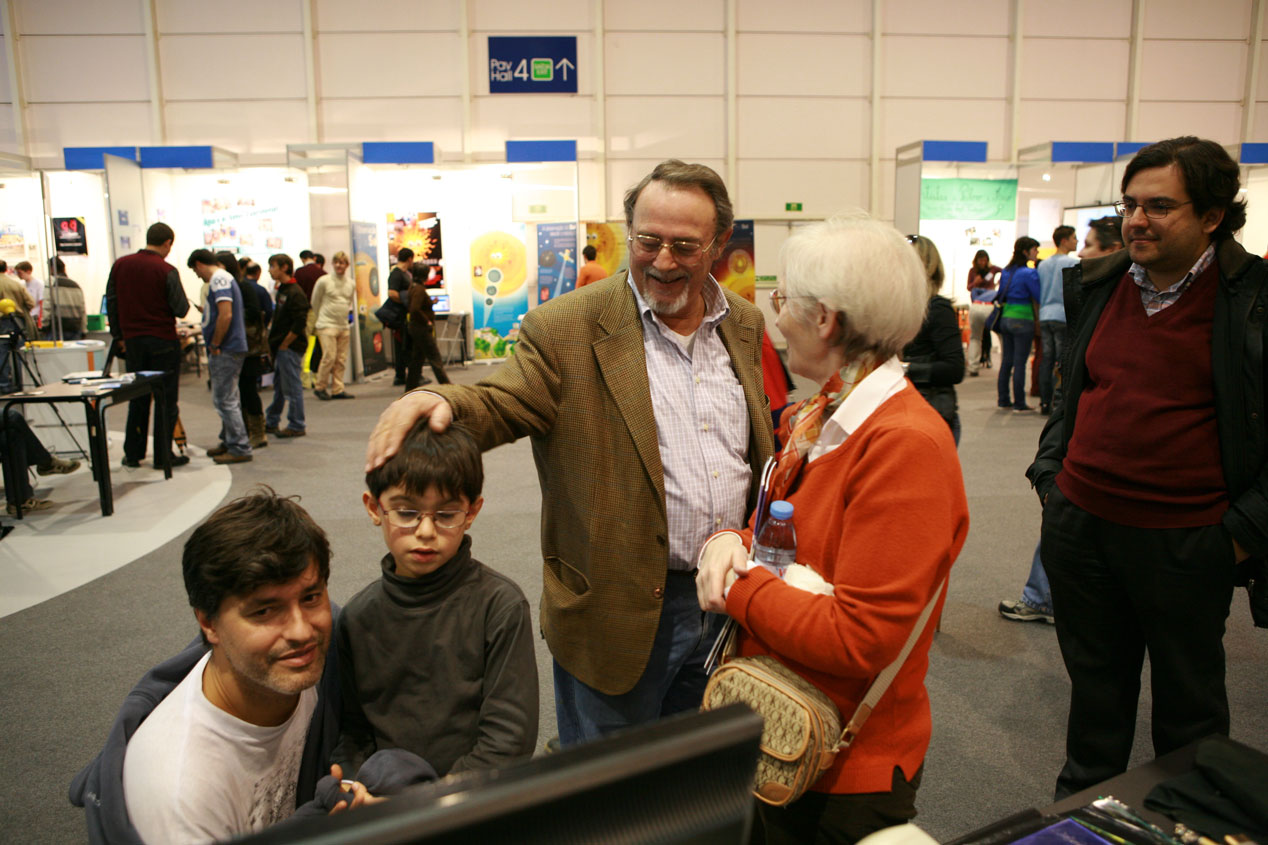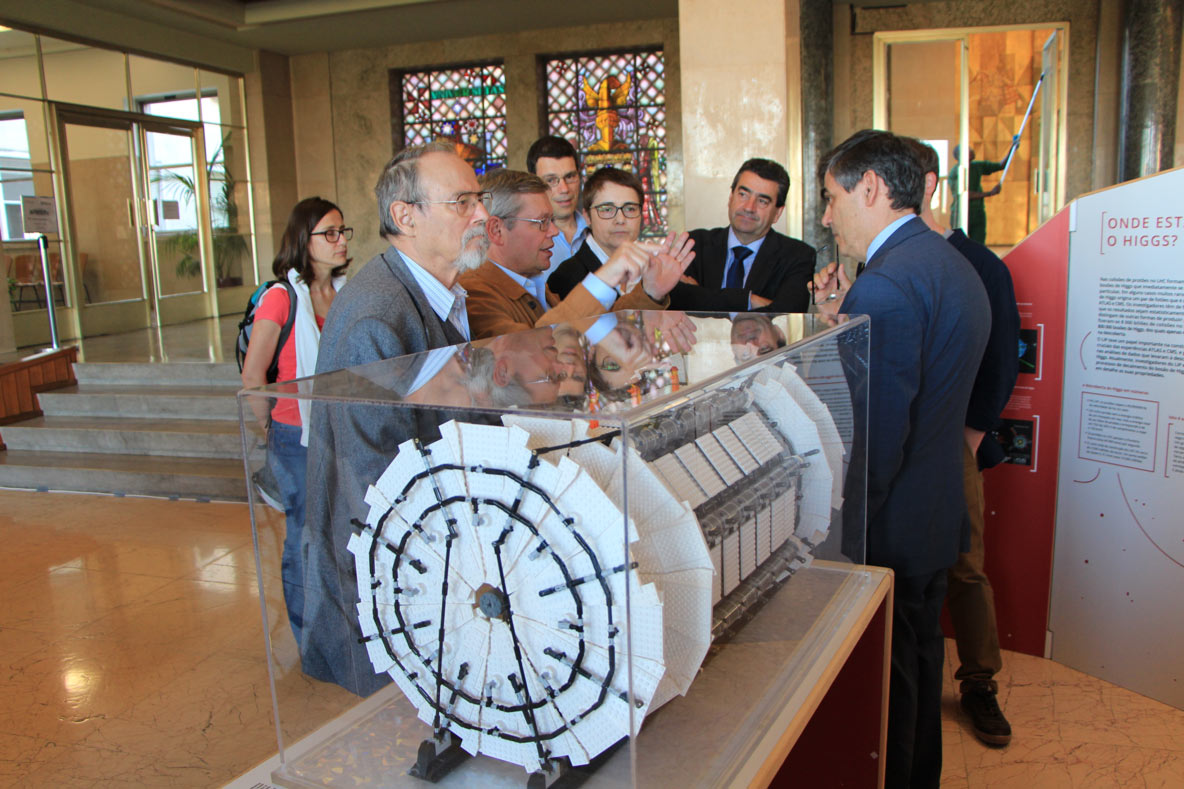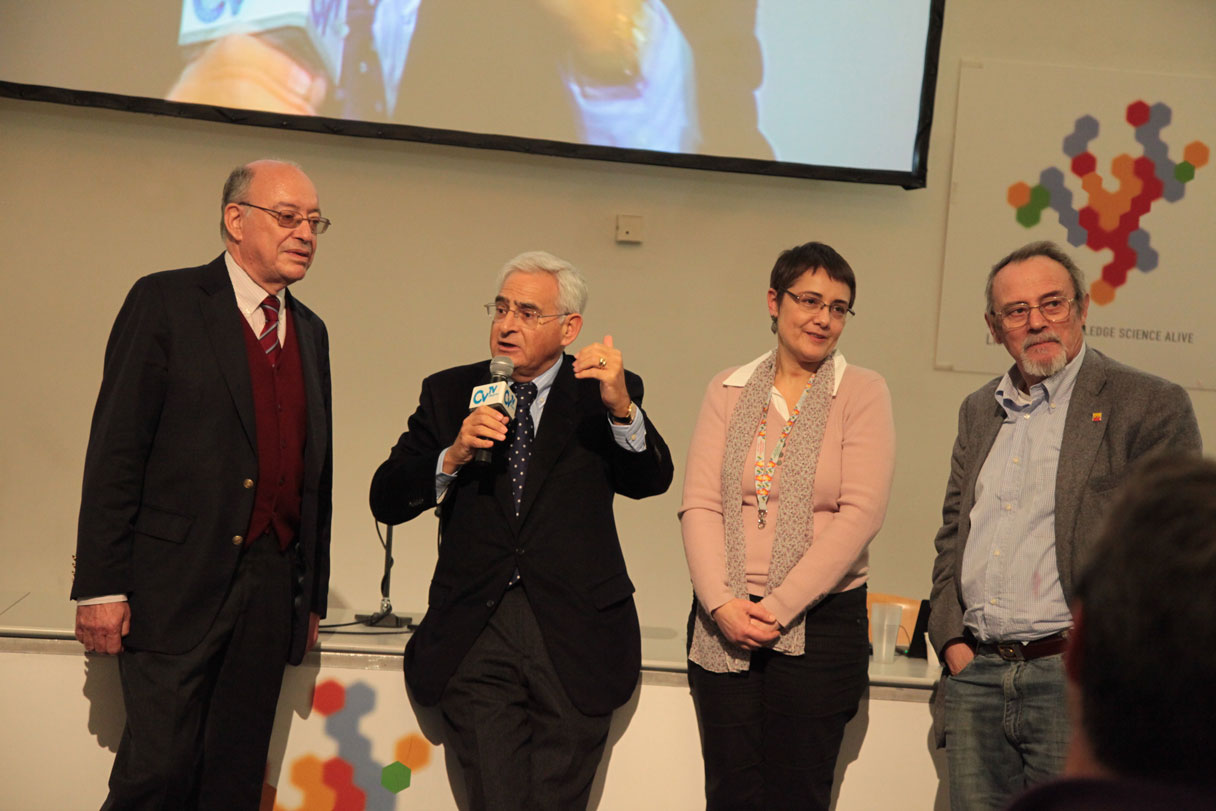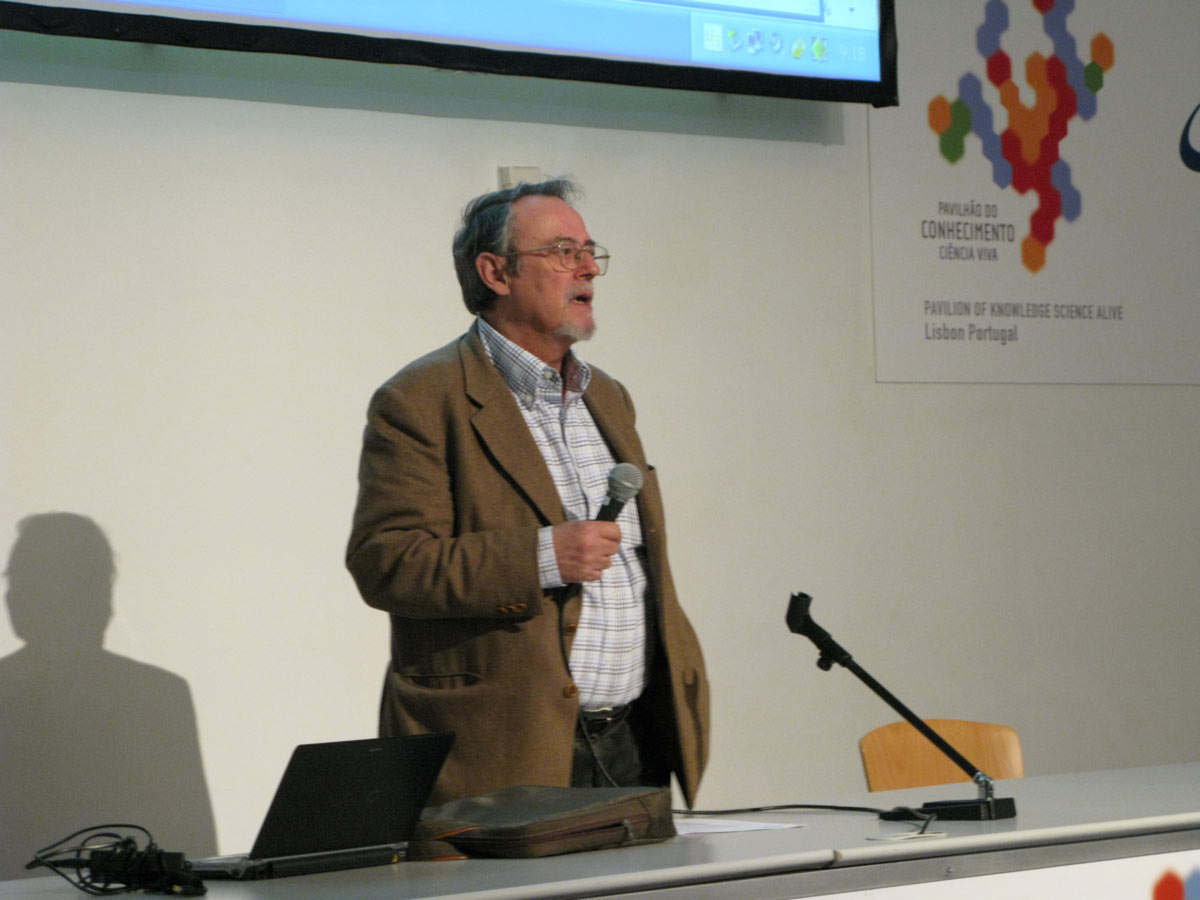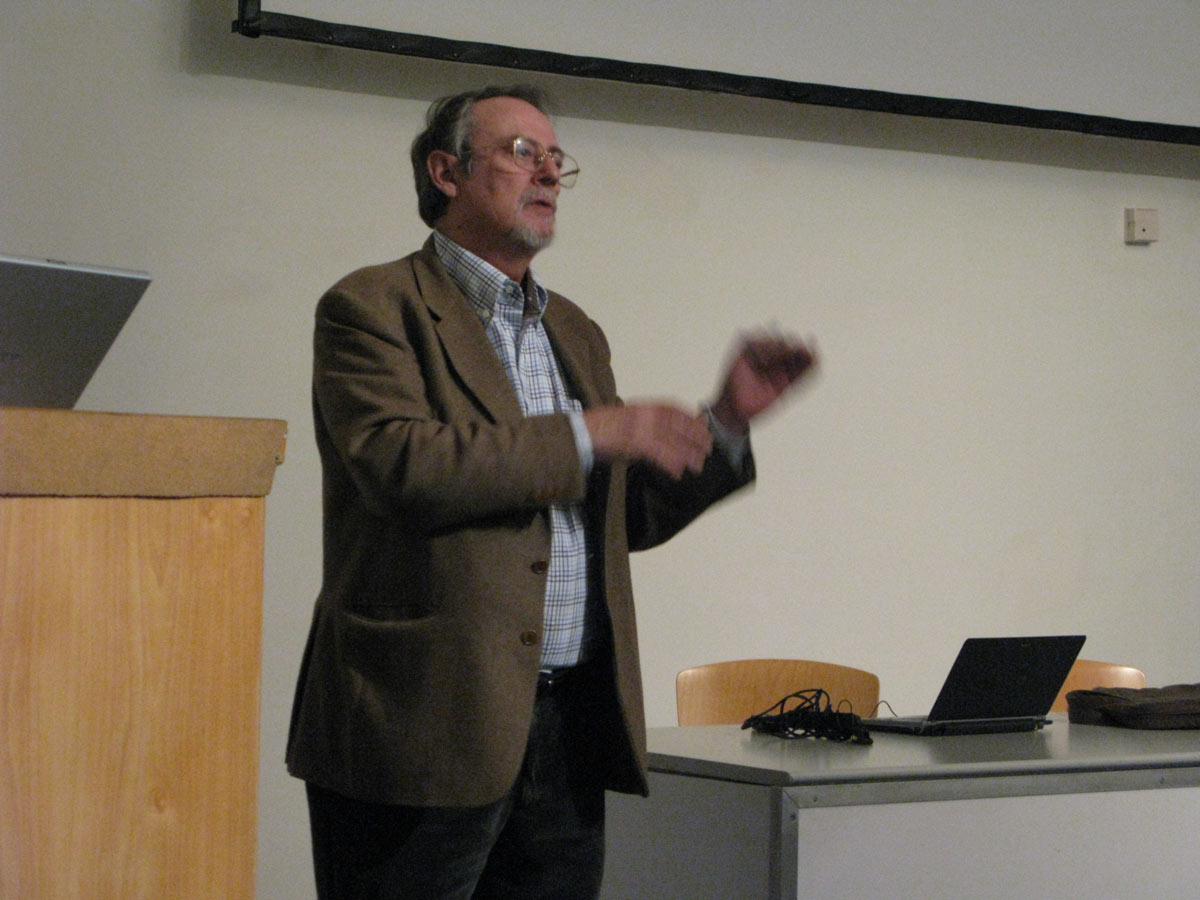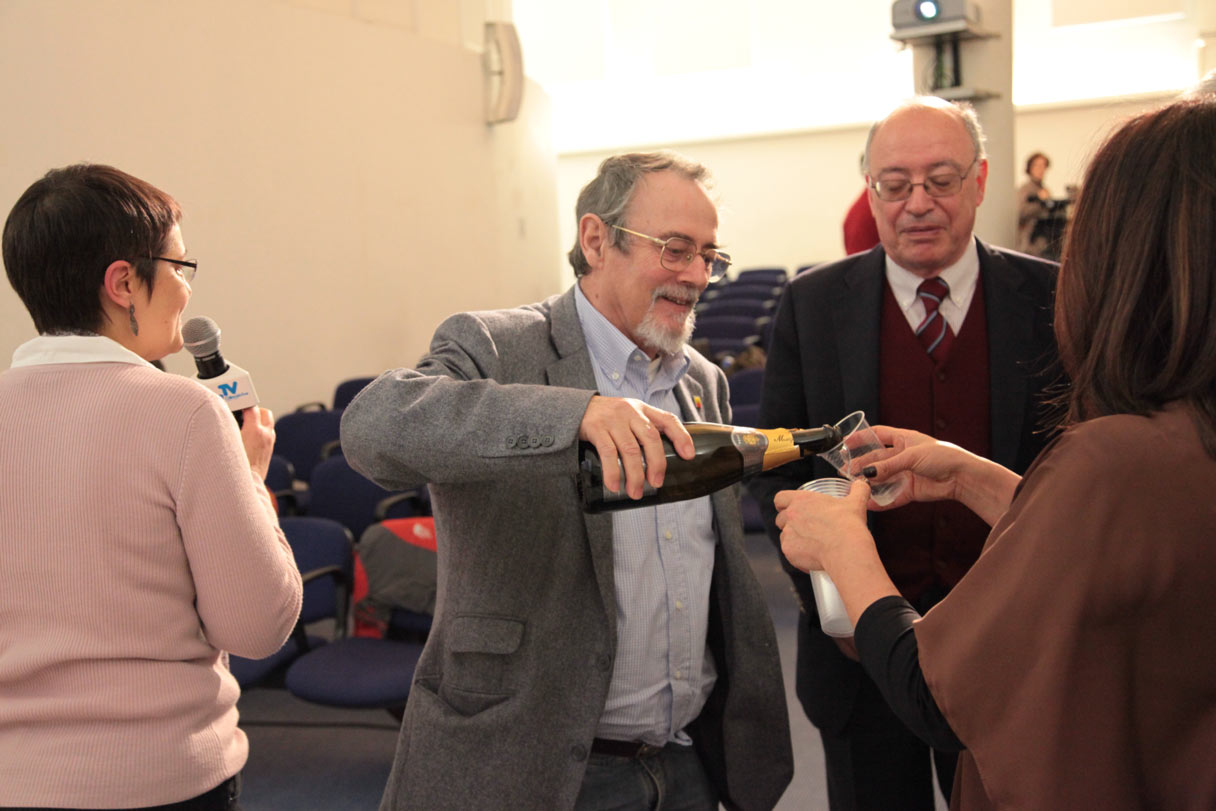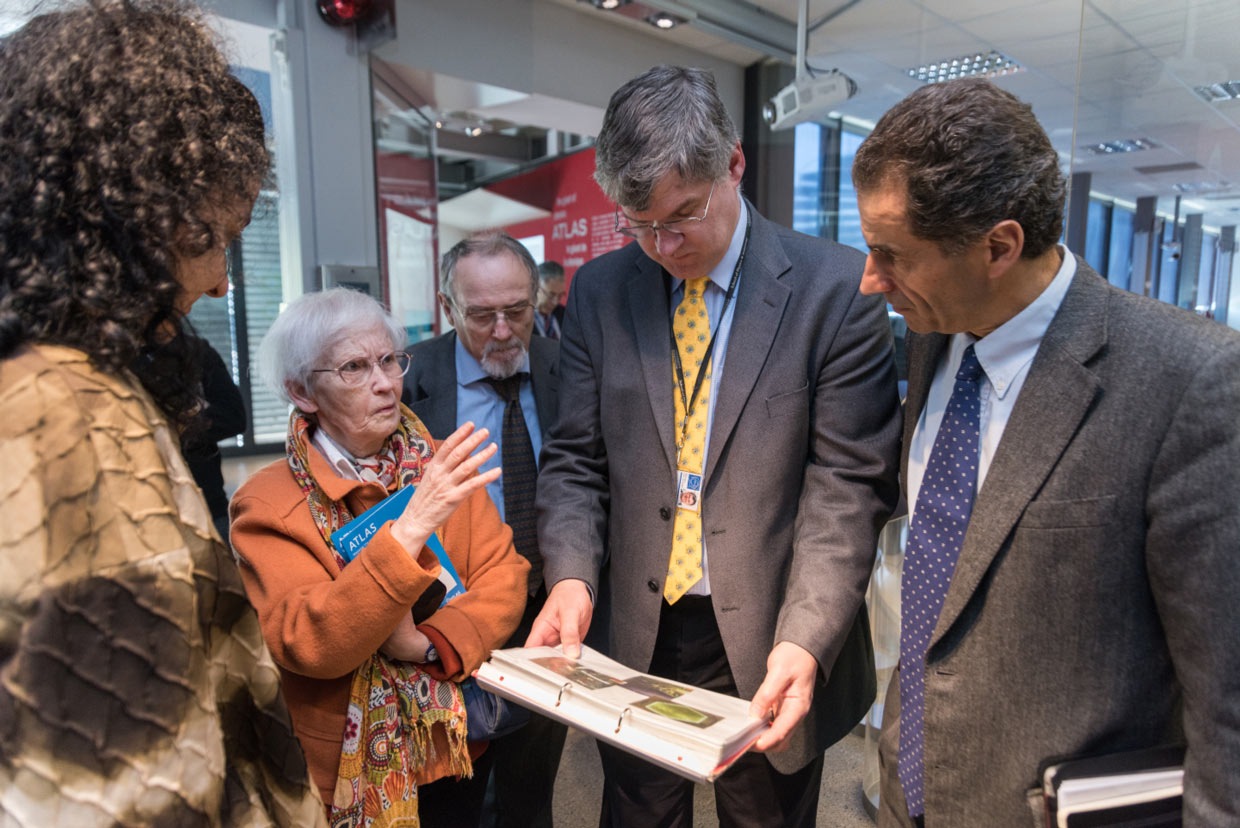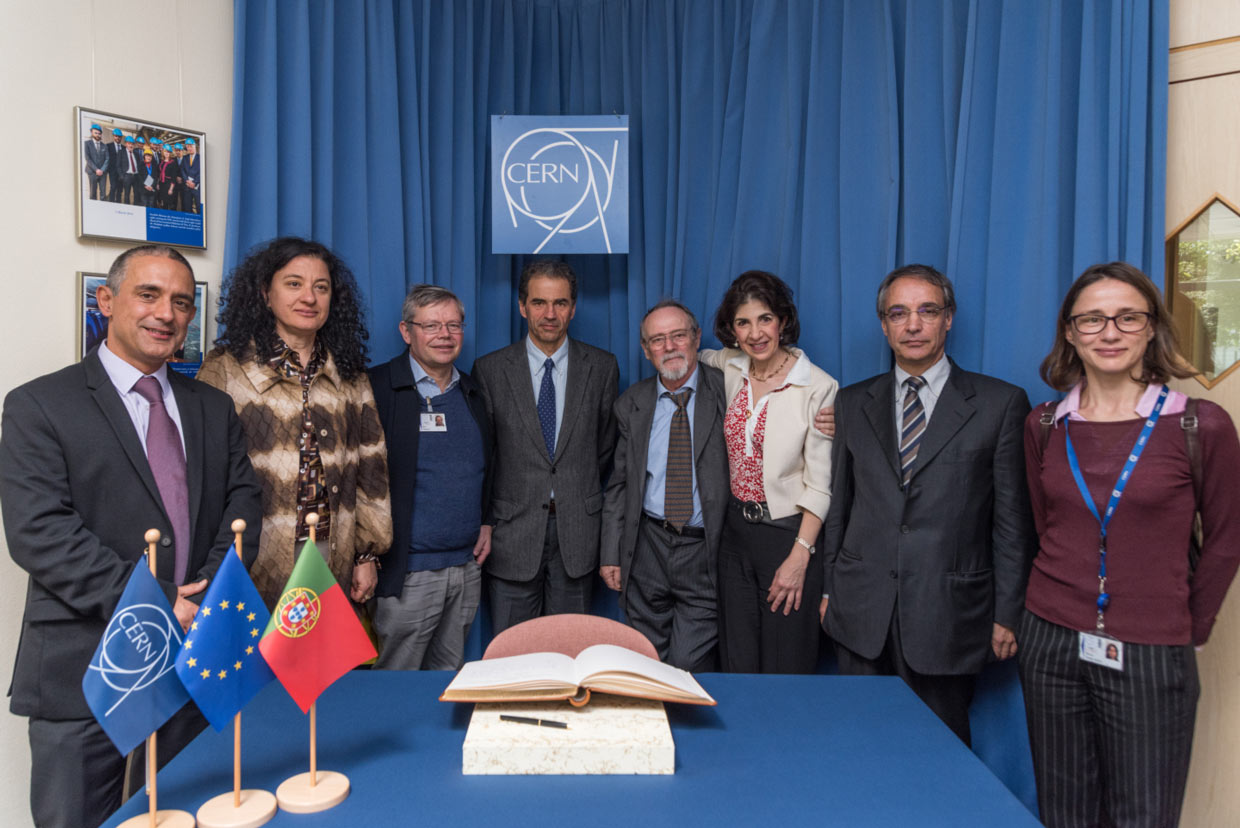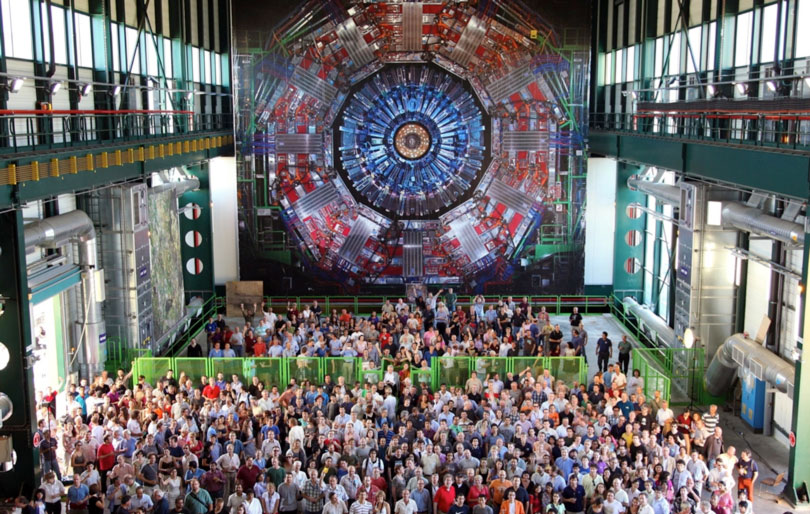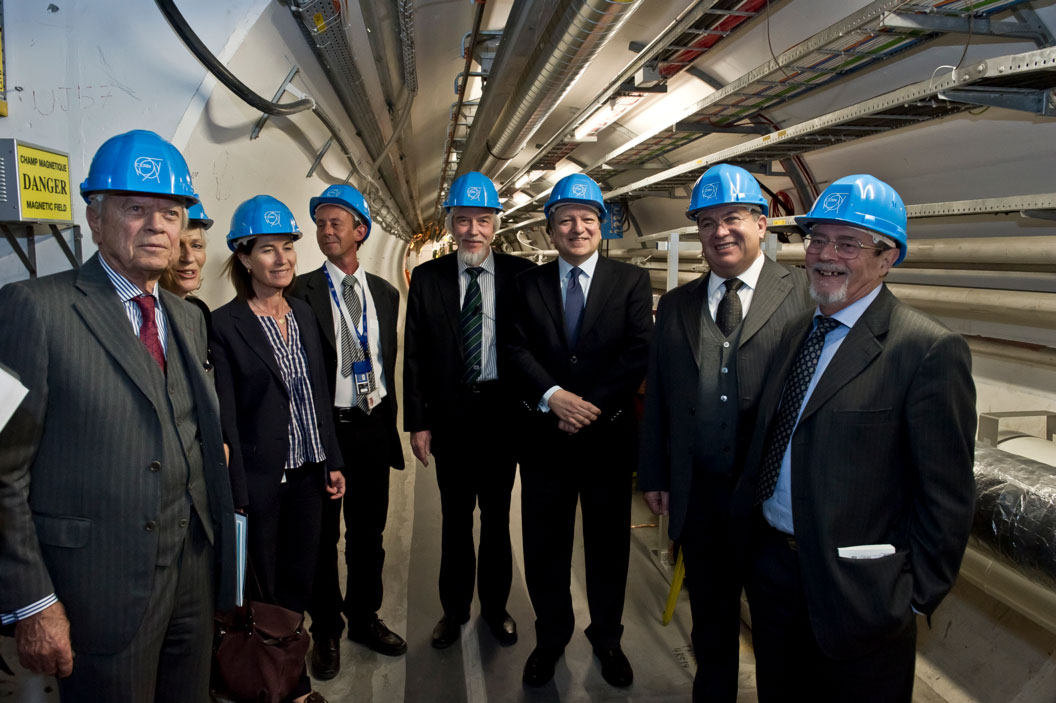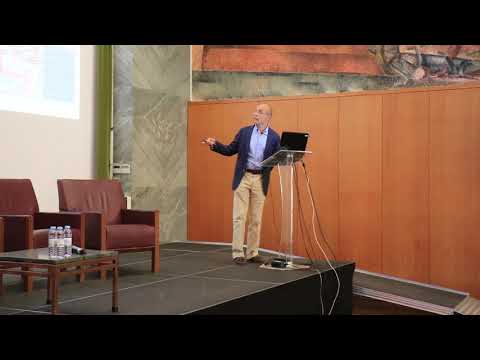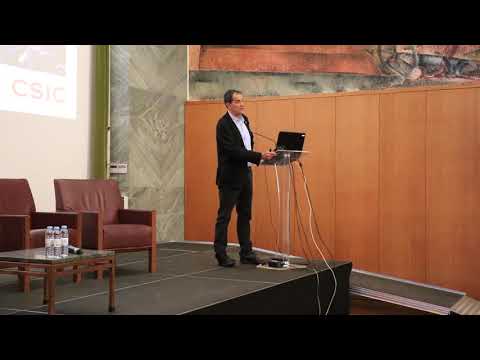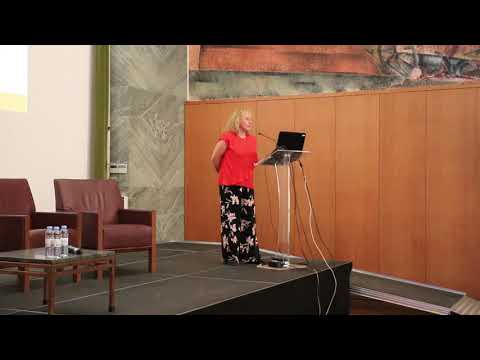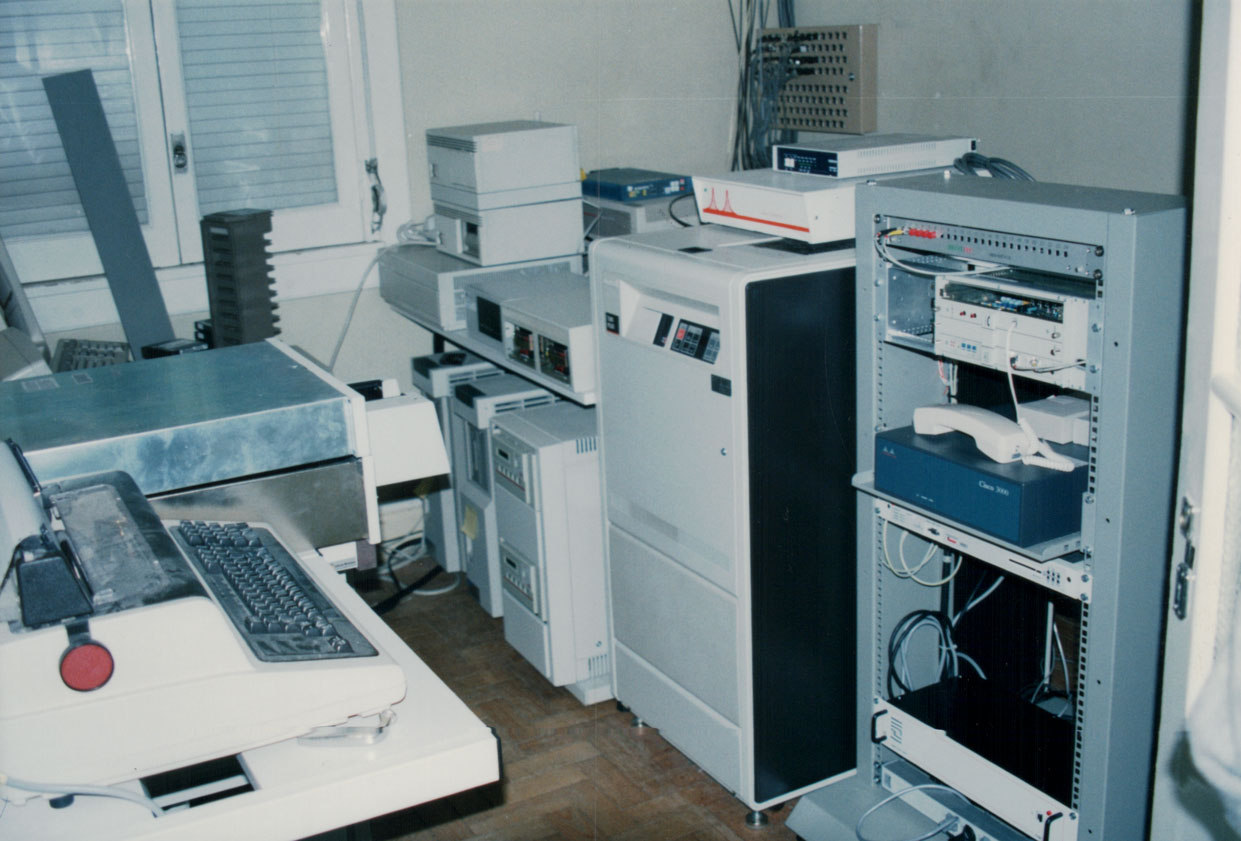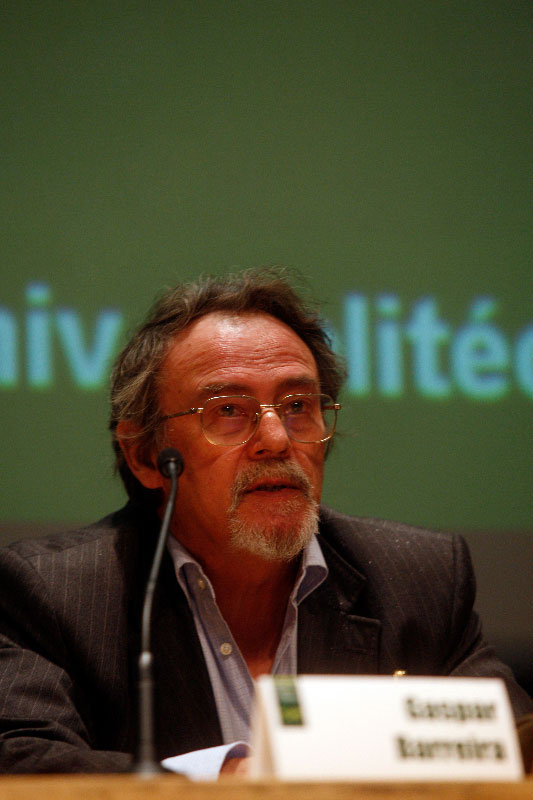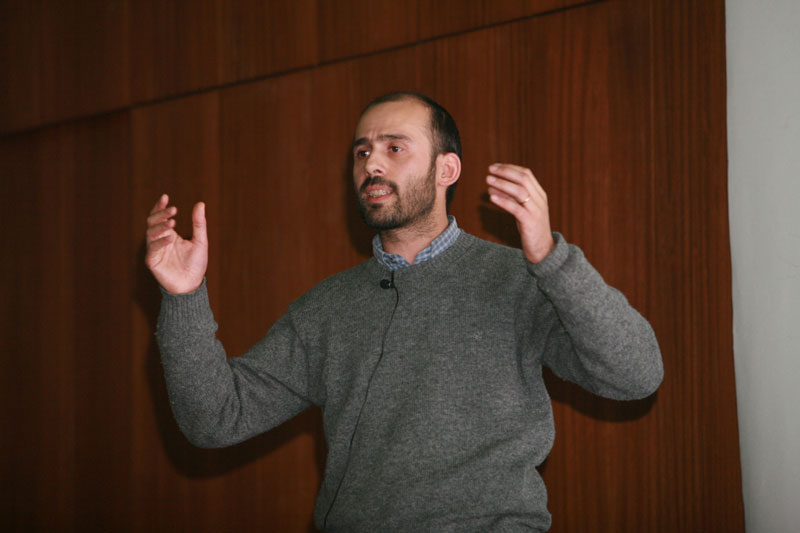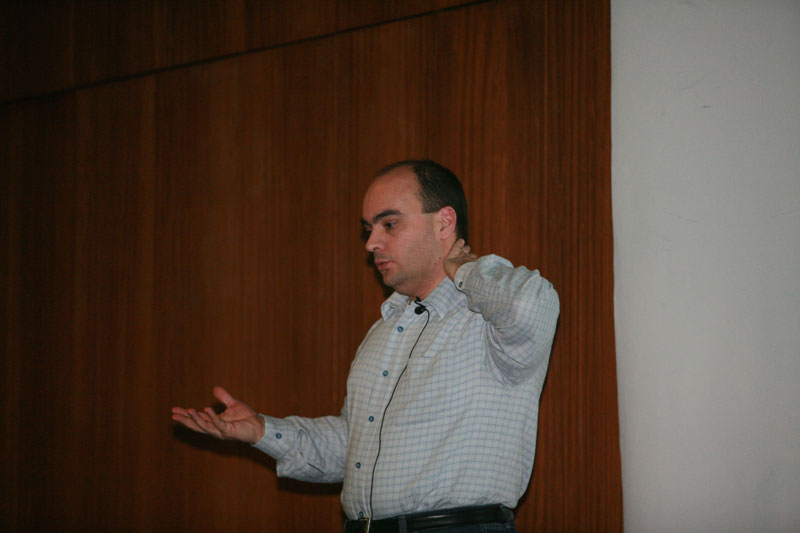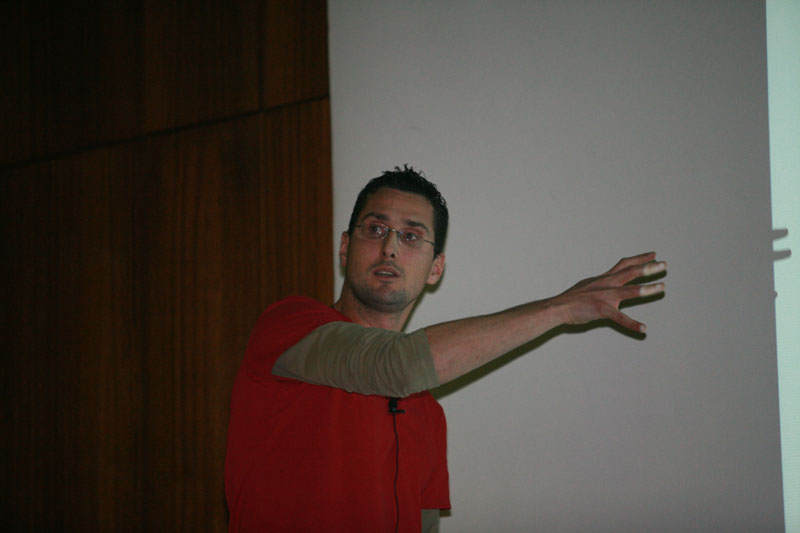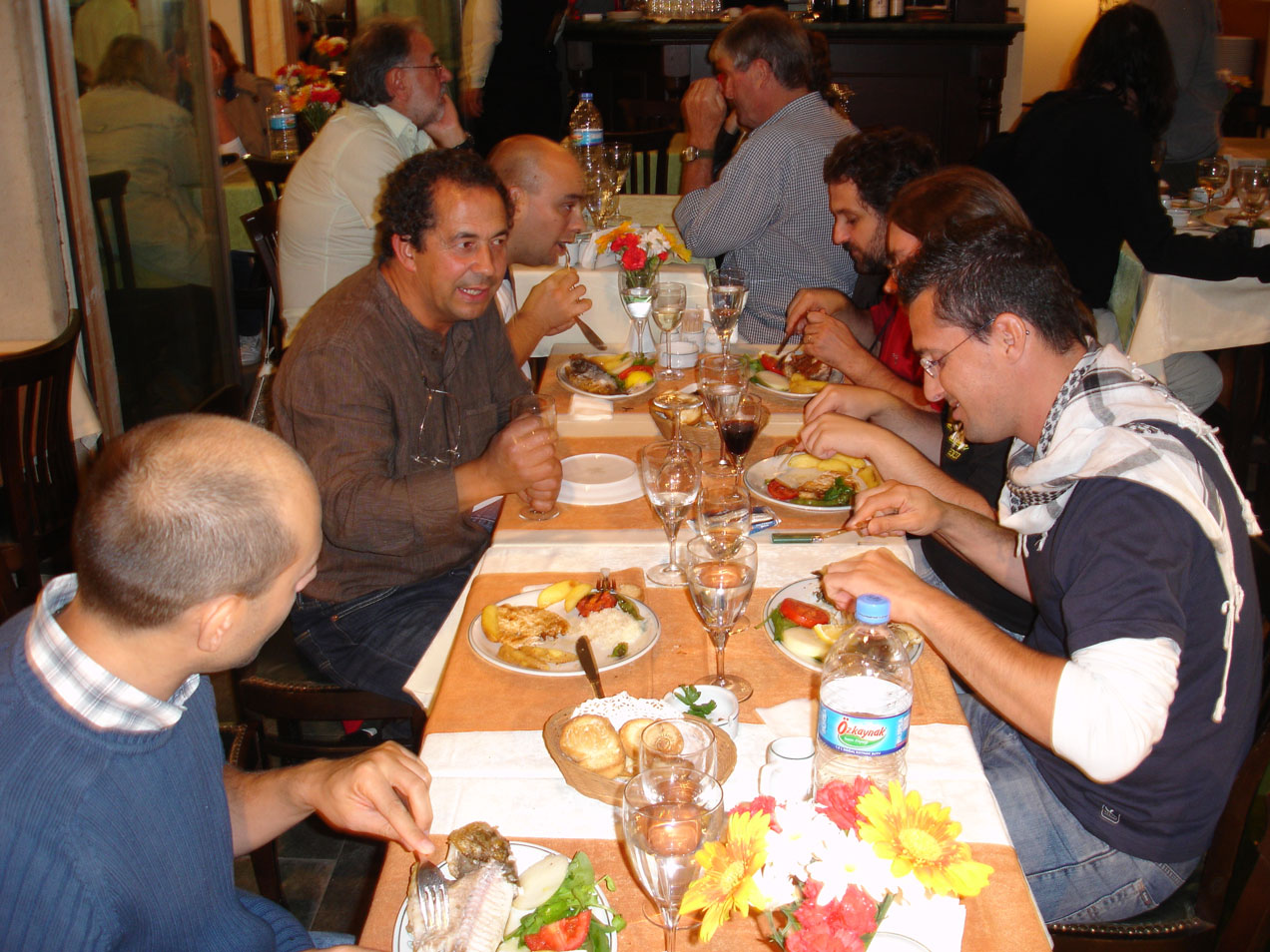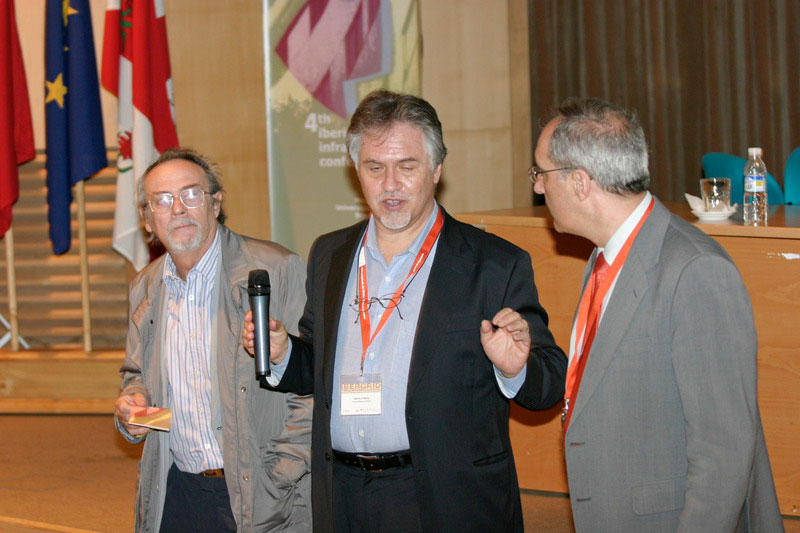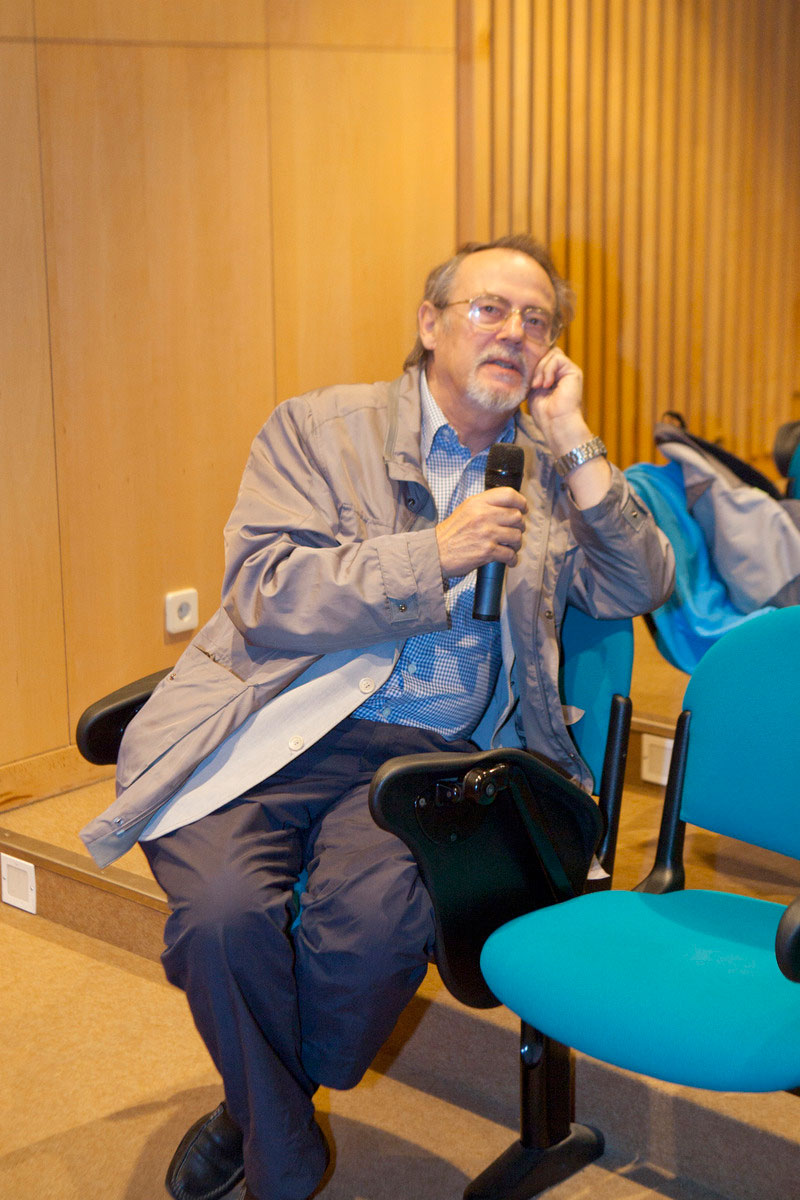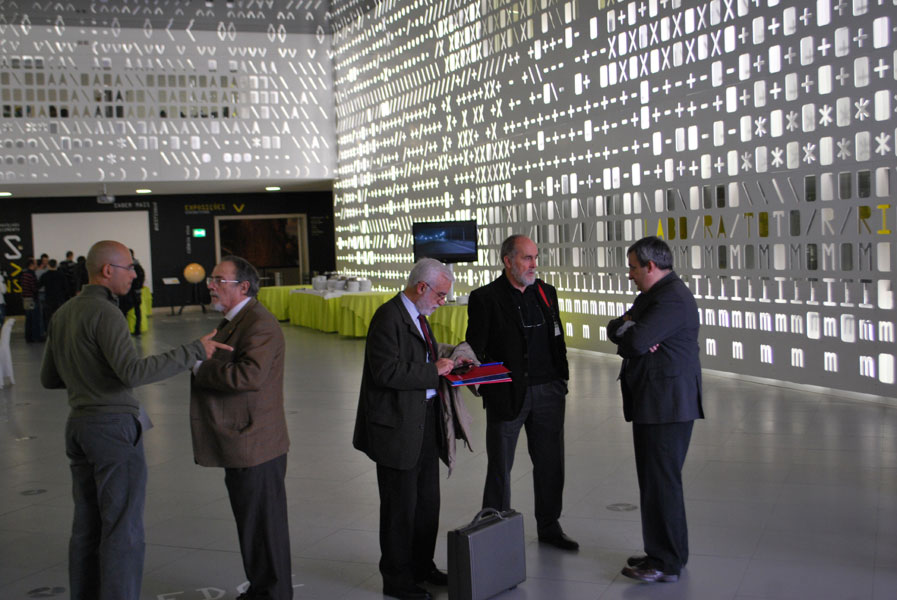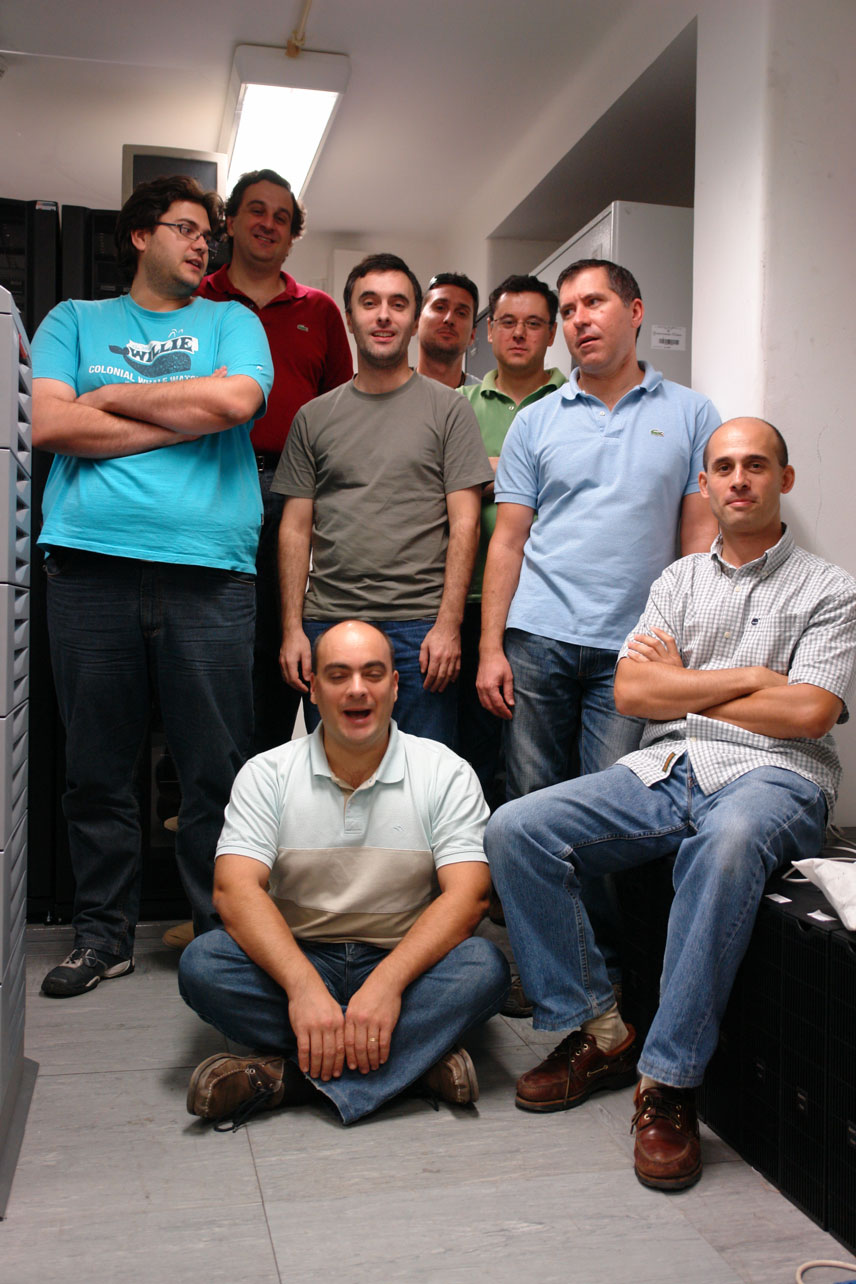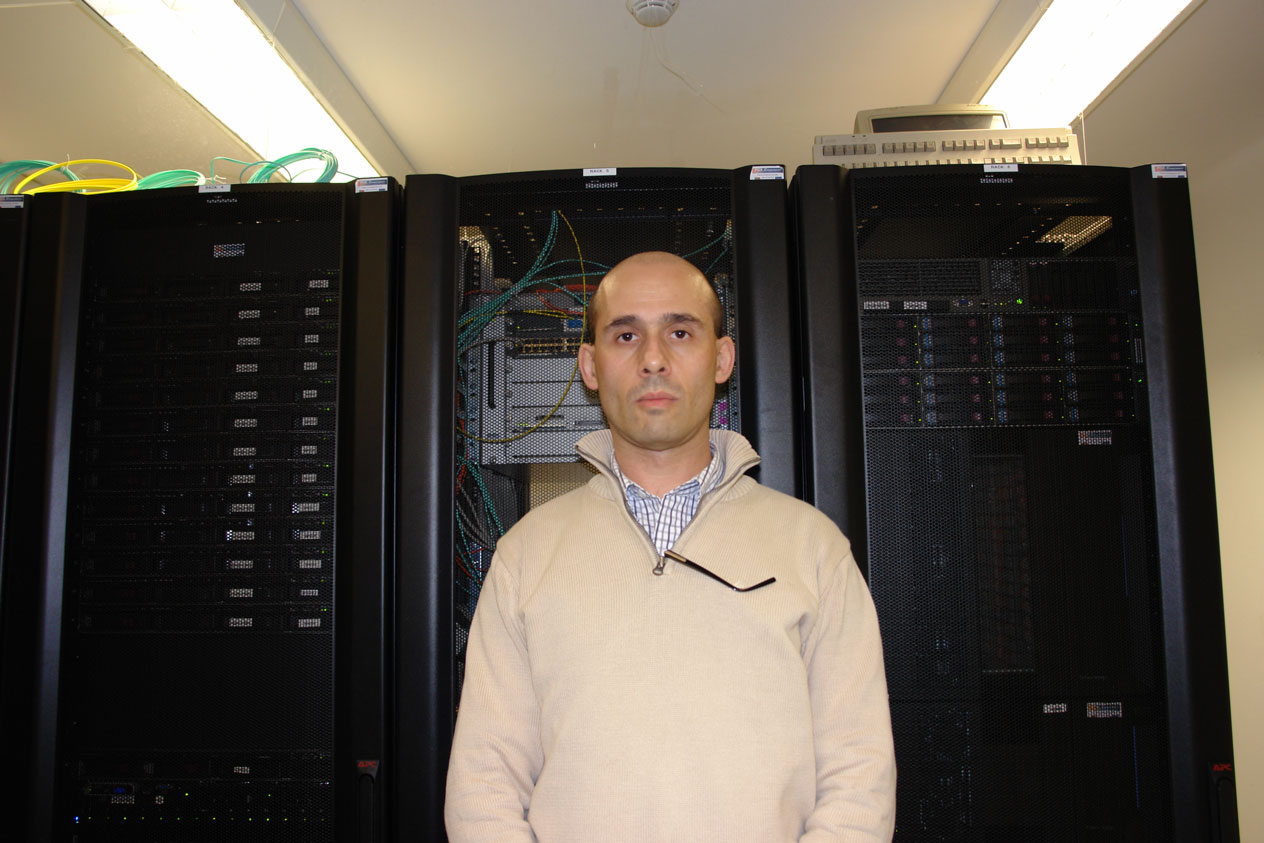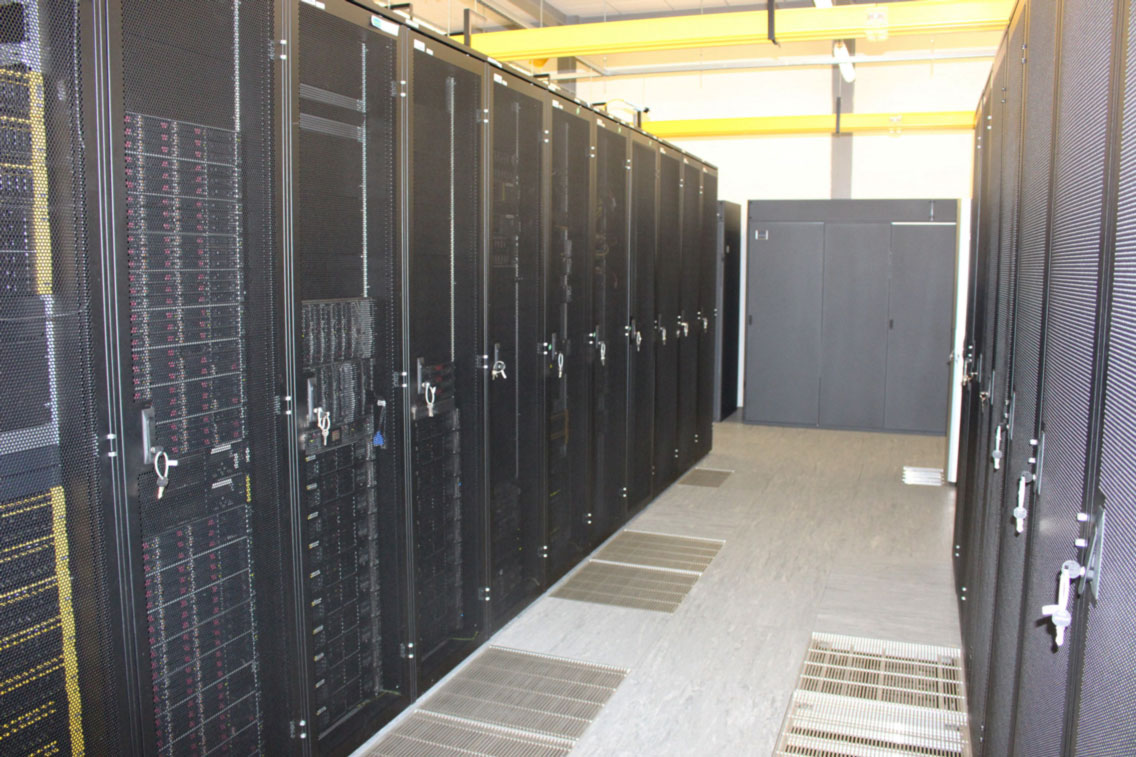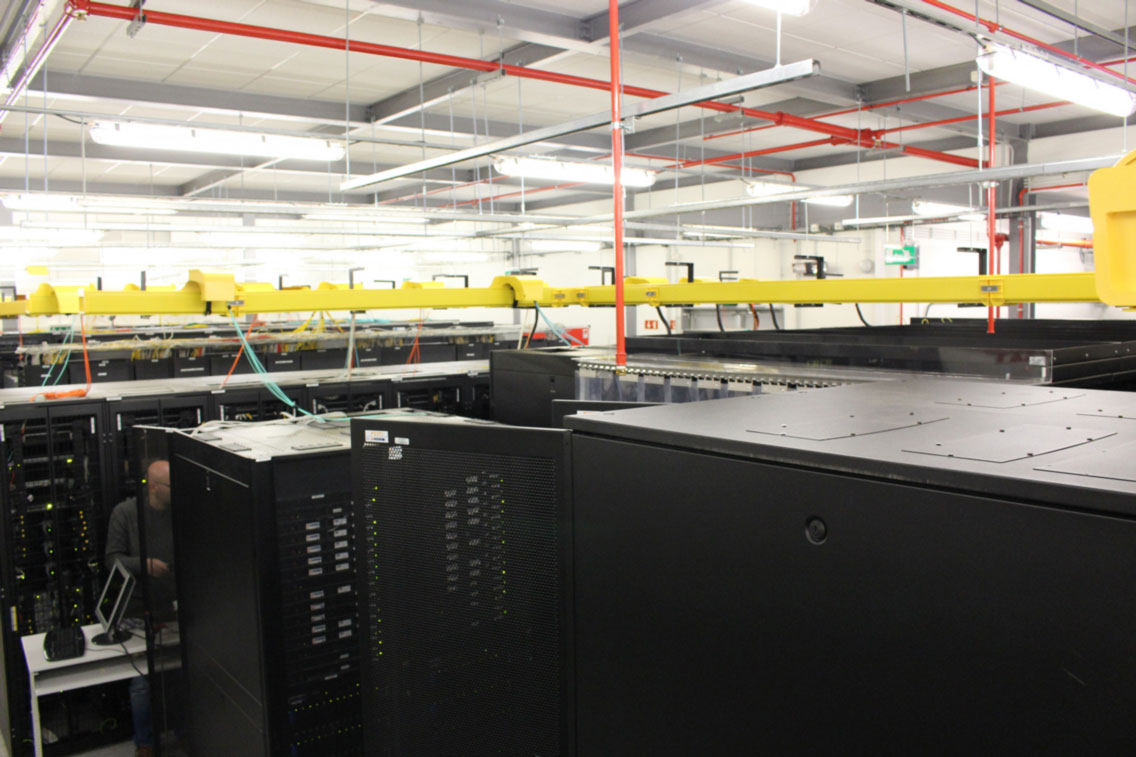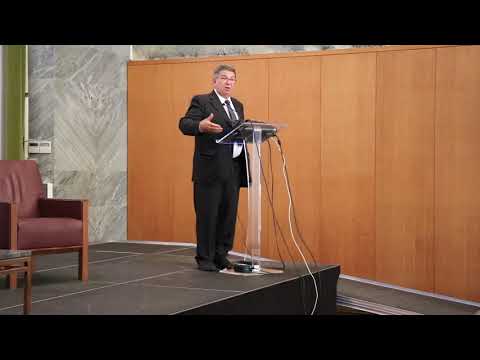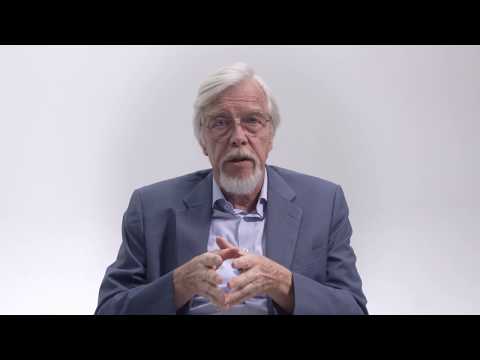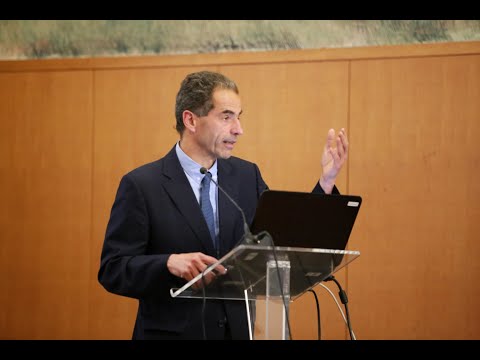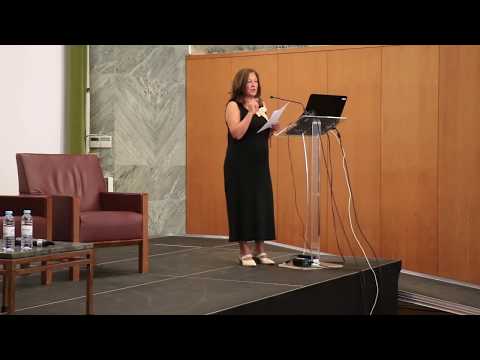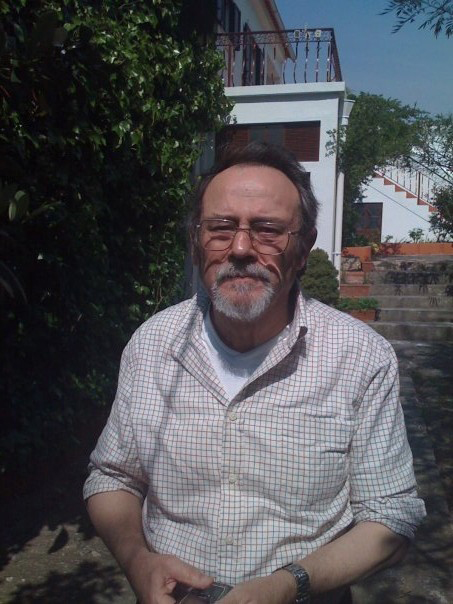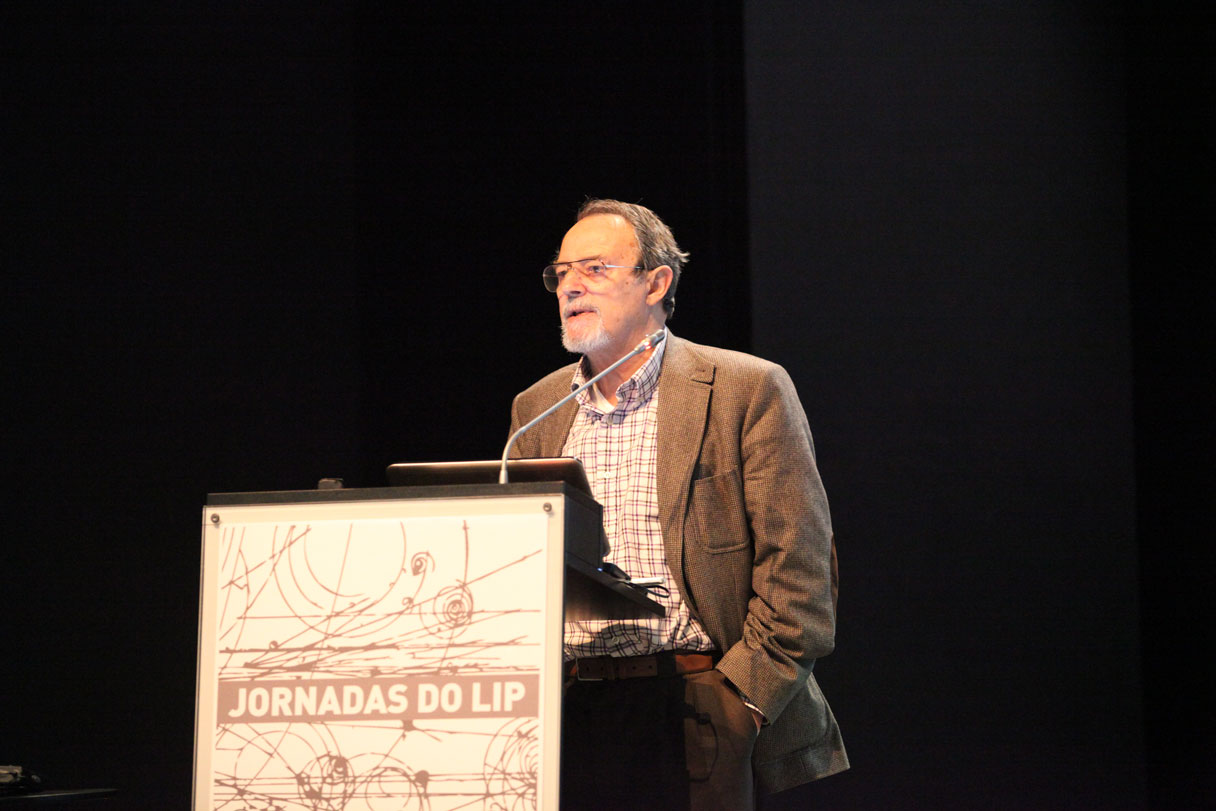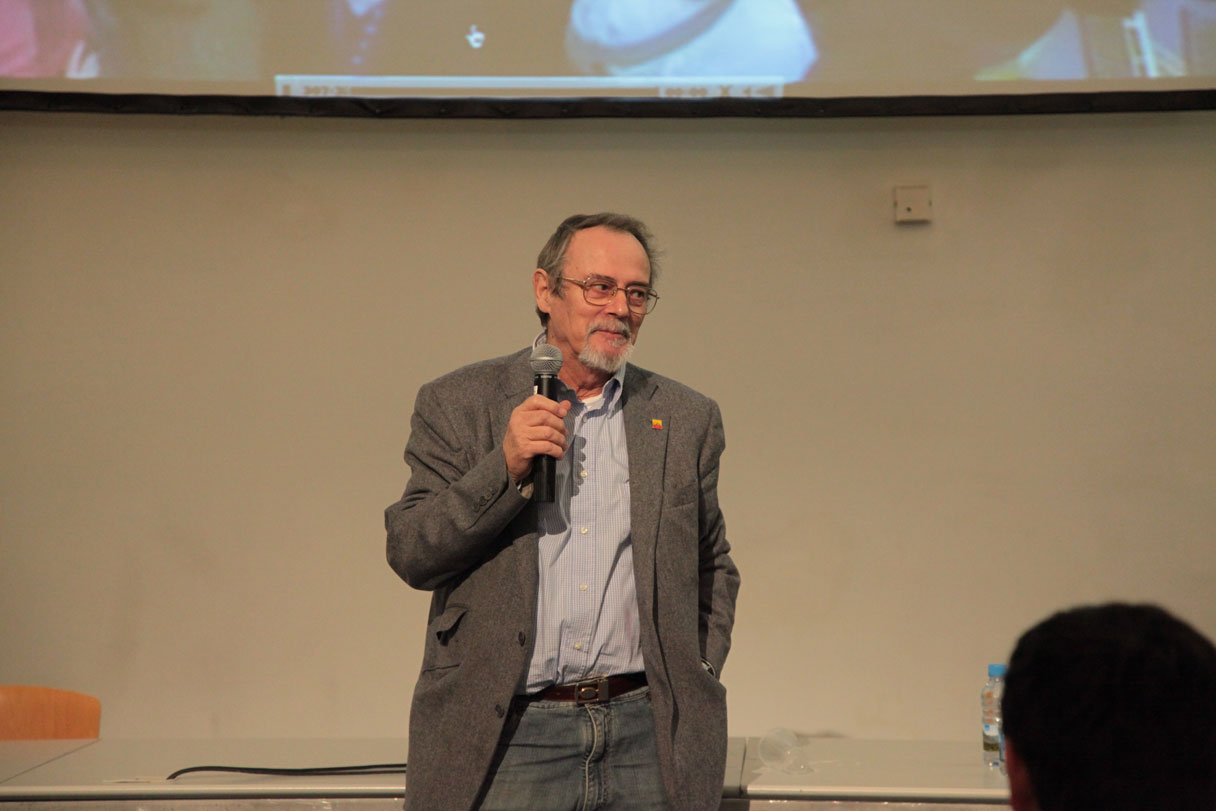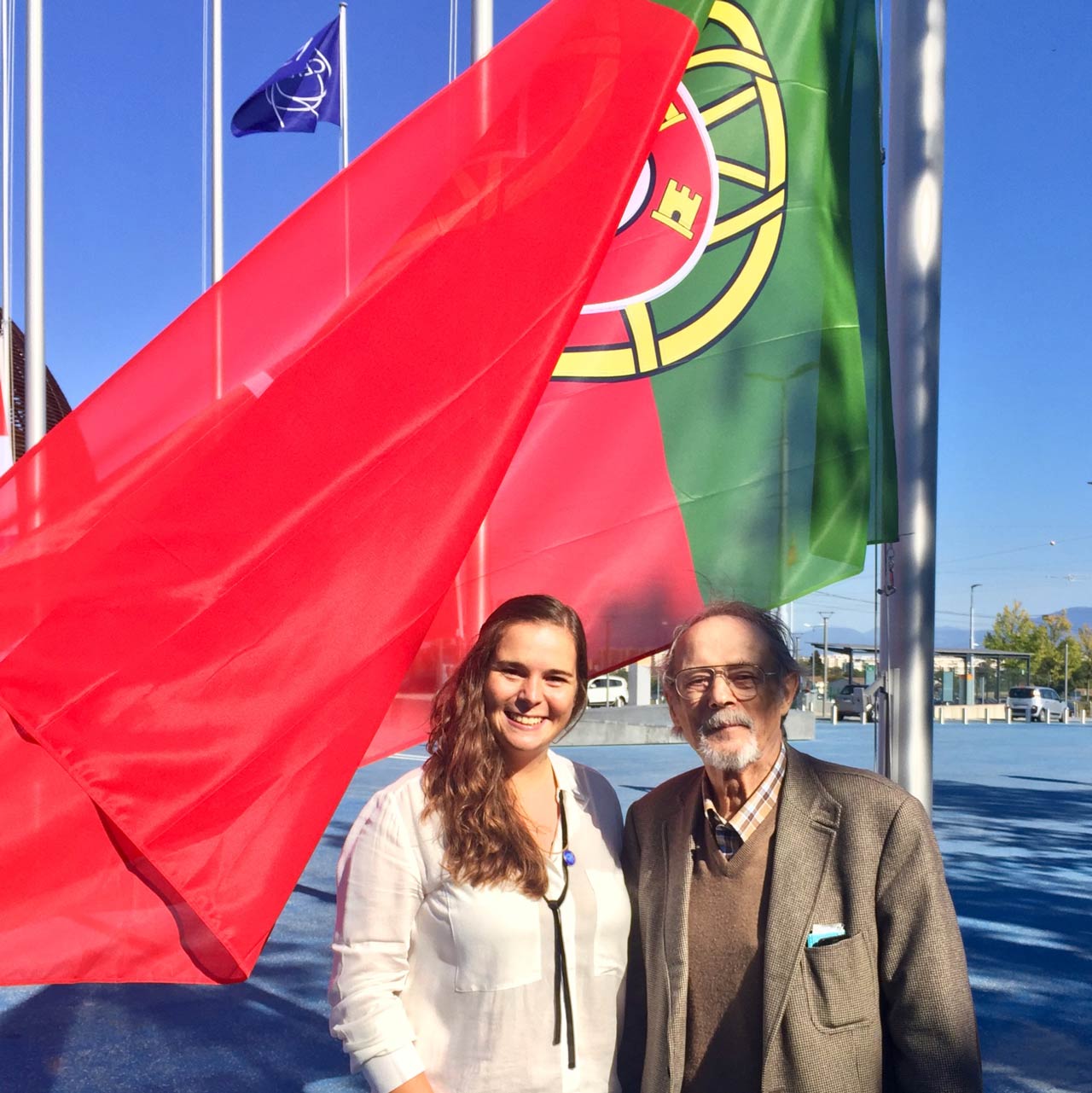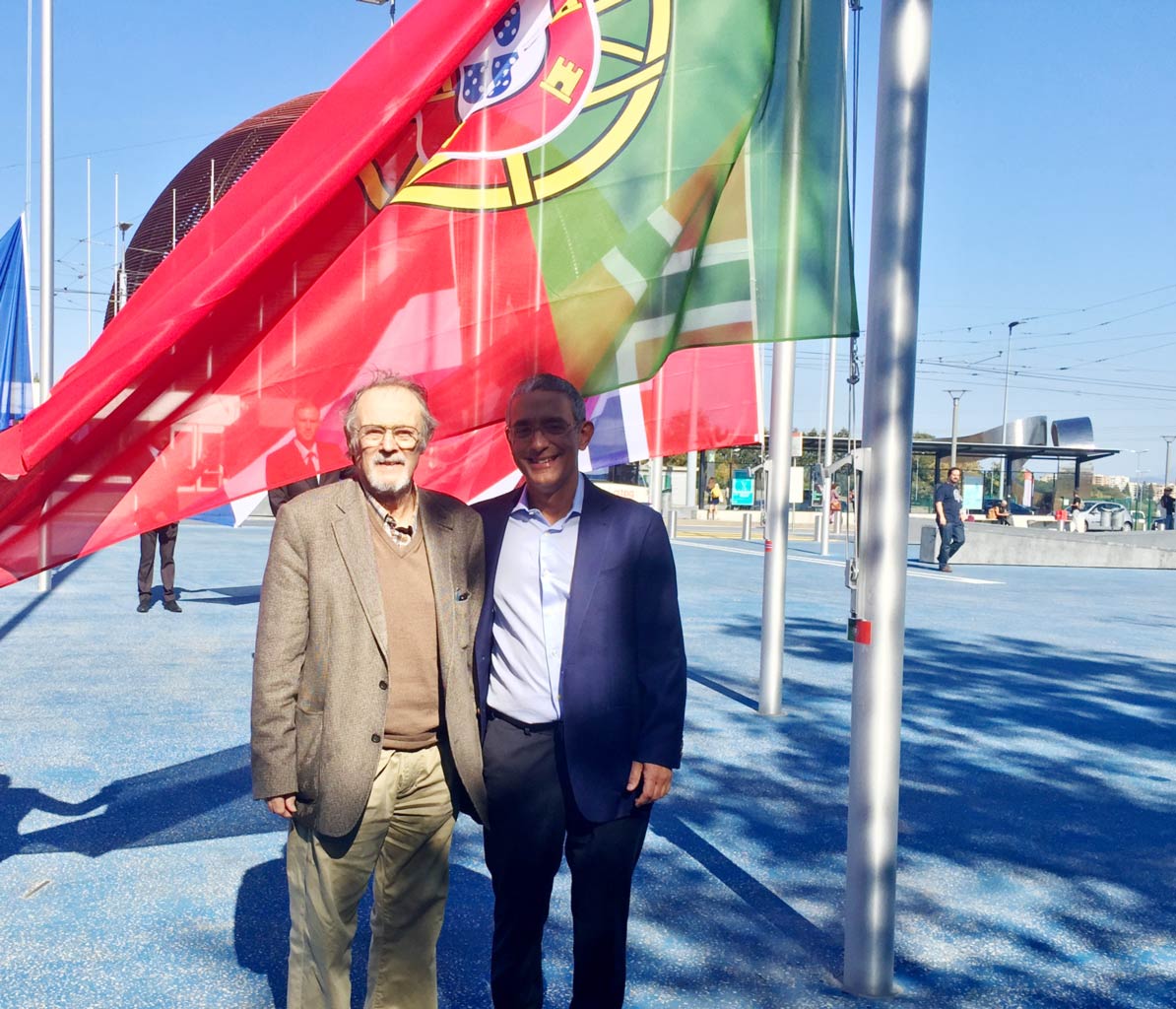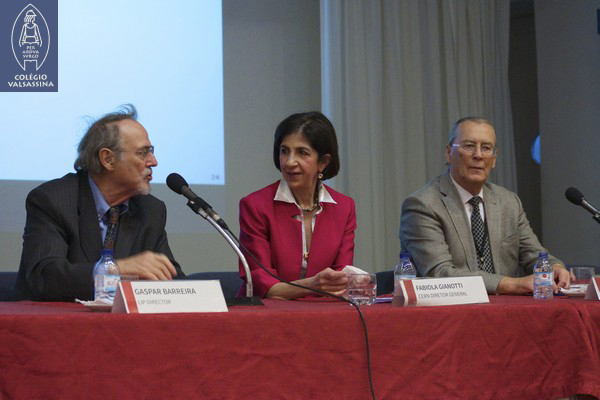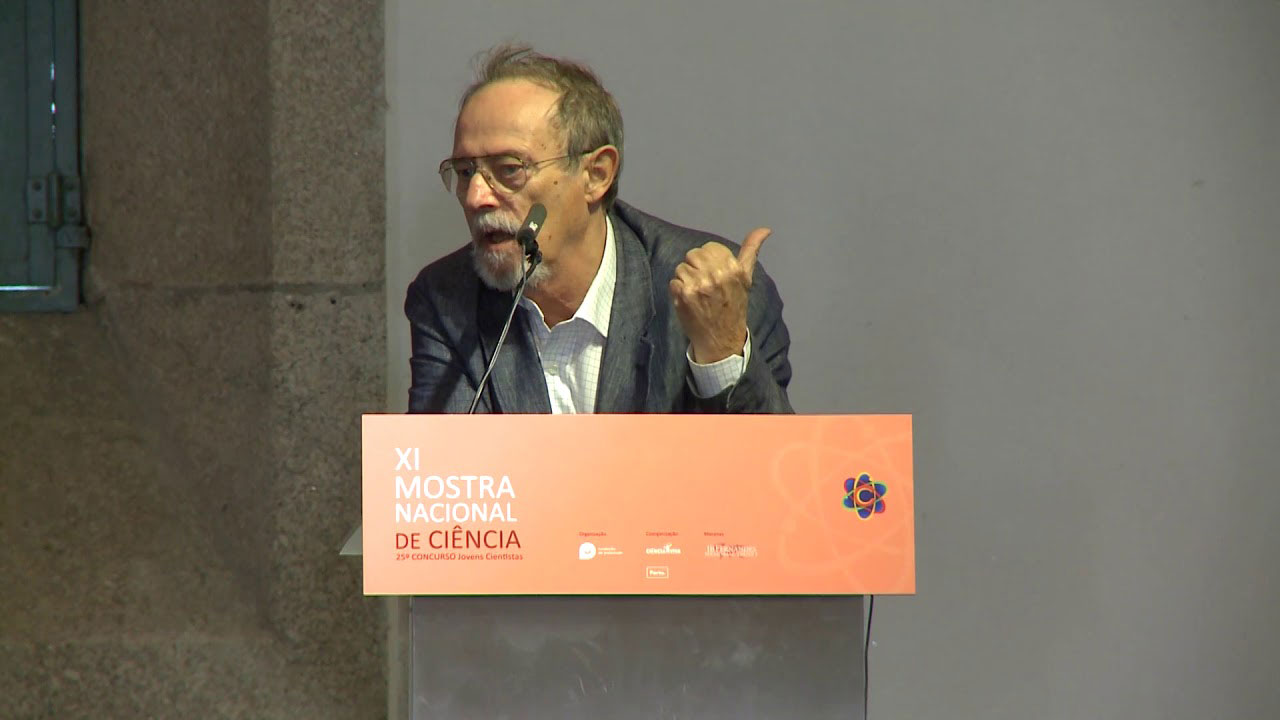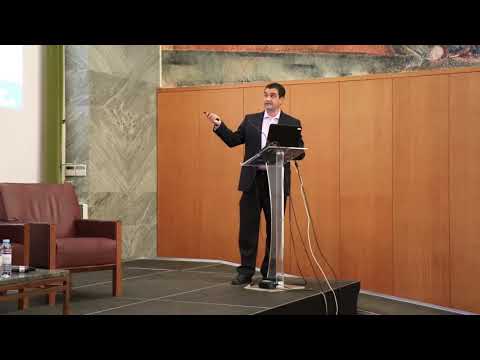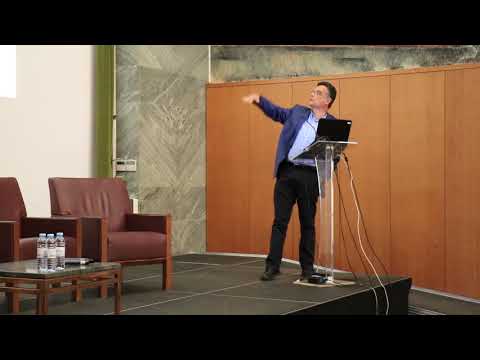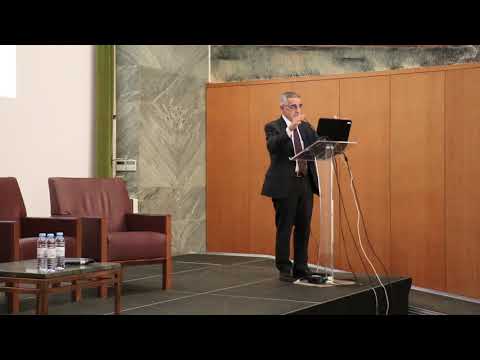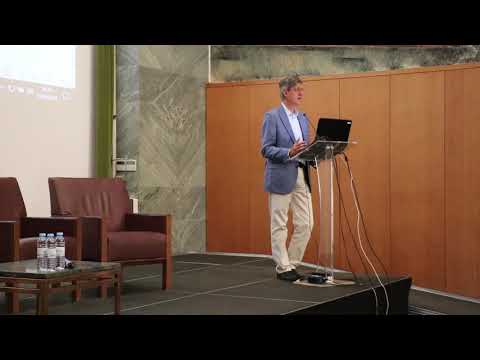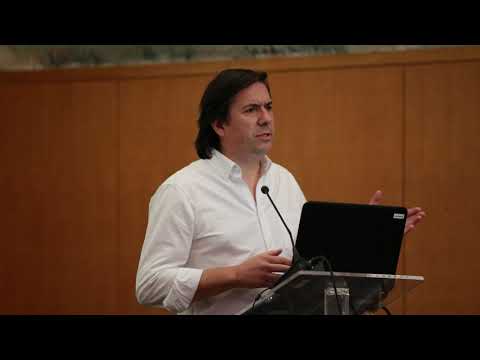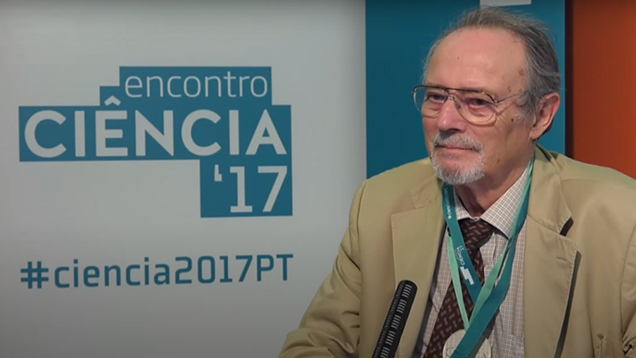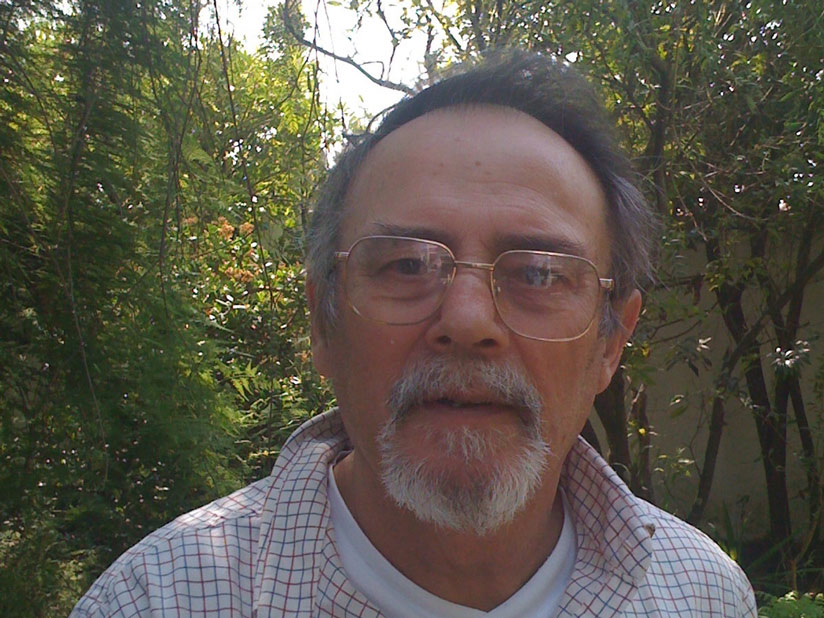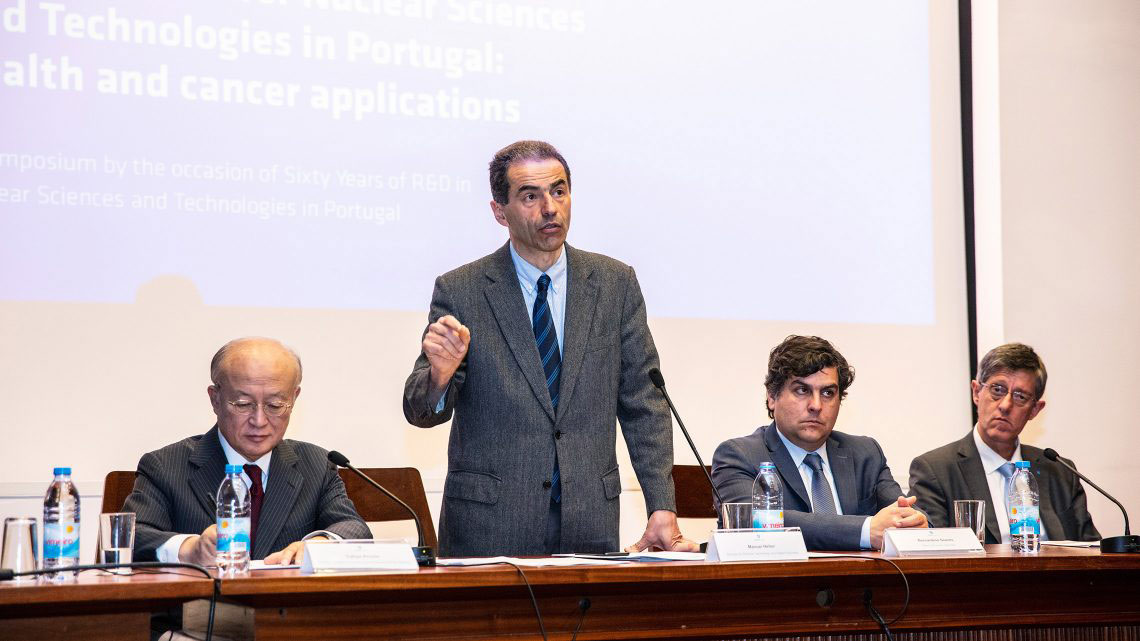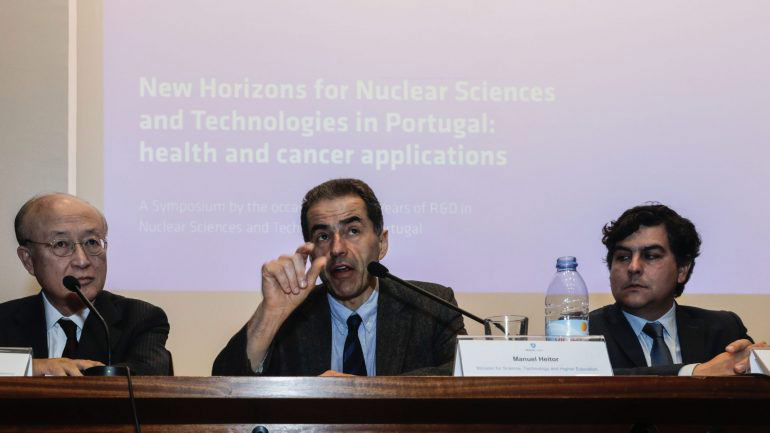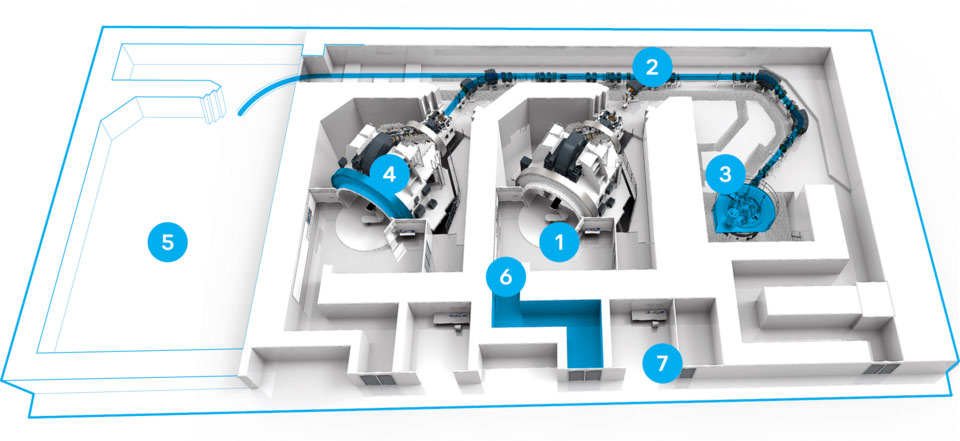Meanwhile, Portugal became a member of CERN and LIP was created in 1986. In 1989, LEP
started operations. In the same year, Carlo Rubia became Director General (DG) of CERN. And he
was still DG when the SSC was cancelled. He then pushed for the LHC project. It was more
modest than the SSC, so that it was possible to build it in the Geneva area at that time. As a
curiosity, it is worth noting that it was Rubia who, also in 1993, took the decision of making public
the web protocol, invented at CERN. The following DG was Chris Llewellyn Smith, who
consolidated the project. The construction took place during the mandates of Maiani (in which
there was a budget crisis) and, mostly, Aymar. The start happened with Rolf Heuer. First there was
a false start and a serious problem with the welding of the helium system. The second start was a
great success, and we had the Higgs boson discovery already in 2012. Still in the first half of the
1990s, the LHC Resources Review Board was created. It followed all the LHC process in the
planning, construction and operations phases — in what concerns machine, experiments, and
computing. I was there from the first meeting, and this is why I can say I know virtually every screw
in the LHC.
As for Portugal, in 1992 there was a meeting at the headquarters of the Portuguese Physics
Society. The heads of the four experiments then proposed came to Lisbon — there was Michel
Della Negra for CMS, and Peter Jenni for the experiment then called EAGLE, which would later be
at the origin of ATLAS. The issue was discussed at the LIP workshop in Praia das Maçãs. I fought
for us to participate in only one experiment. After all, Portugal joined two experiments. Today, I see
that I was wrong.”
In 1990, Gaspar Barreira, Amélia Maio, João Varela and Mário Pimenta participated in the “Aachen
LHC workshop”, dedicated to the physics objectives and experimental challenges of a hadron
collider. LIP had to be part of the LHC! Although this participation was unquestionable, there was
no unanimous view on which experiments to join. Amélia Maio's group had been working with
optical fibres and scintillators for a long time, on CERN's SPACAL, RD1 and RD34 projects,
initiated with Peter Sonderegger; and was now deeply involved in the development of the TileCal
hadron calorimeter for ATLAS. On the other hand, João Varela's group had followed the path of
R&D in fast electronics in the RD11, RD12 and RD13 projects; and was now participating in the
development of the ECAL electromagnetic calorimeter for CMS (PbWO4 crystals). Serious internal
discussions followed, leading to the decision to enter the two major LHC experiments. LIP signed
the Letters of Intent of ATLAS and CMS in 1992. Looking back, despite the tension created by the
division between the ATLAS and CMS groups, this decision allowed a strong Portuguese
participation in the LHC physics program, potentiating the development of the various skills.
The LHC accelerator project and the associated experimental program thus gained momentum in
1992, when the CMS and ATLAS proto-collaborations sent the Letters of Intent of the LHC
experiments to CERN’s Scientific Committee (CERN/LHCC 92-003). The Technical Proposals
followed in 1994 (CERN/LHCC 94-38). The Portuguese groups in ATLAS and CMS were among
the signatories of these initial proposals. The accelerator and experiments were approved in 1995.
LIP's ATLAS and CMS groups actively participated in the design of the experiments, described in
detail in the “Technical Design Reports” approved in 1998-2000, and in the construction,
installation and preparation for operation of the detectors, completed in 2008. In 2009, the LHC
collided the first beams, and in 2010-2011 both experiments accumulated a large amount of data.
The discovery of the Higgs boson was announced in 2012. The LIP groups are now intensely
involved in data analysis and also in preparing the upgrade of the LHC and its detectors.
Gaspar actively sought the participation of Portuguese companies in the opportunities created at
the LHC (accelerator and experiments). A. Silva Matos, builder of metal tanks for milk
transportation, would build helium tanks for the cooling of the superconducting magnets; Chipidea
was involved in the development and production of electronics for the CMS ECAL; a prototype of
the CMS positioning reference structures (MAB) was developed and tested at INEGI, Porto;
Instituto de Soldadura e Qualidade (ISQ) was involved in welding techniques. On the ATLAS side,
the immense work with optical fibres included the characterization of the fibres for the TileCal
readout and the necessary developments for the manufacture of fibre bundles in Portugal:
aluminization was carried out in collaboration with Manuel Maneira, at FCT-UNL, and a robot for
assembling the fibre bundles was developed and built at the LIP workshop in Coimbra, where the
assembly took place between 2001 and 2003, in a major industrial operation. Other companies
would become CERN's industrial partners in the LHC project: EFACEC, Irmãos Bernardes SA
(plastic profiles for TileCal), 3DTech (fibre optical connectors and plastic parts), HFA (TileCal
electronics), Cabelte (upgrade of TileCal high voltage), PETsys Electronics (ECAL electronics
upgrade). Gaspar Barreira was a member of the LHC-RRB (the committee with representatives
from all countries participating in the LHC experiments, with the aim of monitoring their financial
needs) from the beginning and for twenty years, always honoring Portugal’s financial commitments
with ATLAS and CMS.
“From the first moment, I was truly surprised by the enthusiasm and confidence of Gaspar, when
talking about a variety of subjects, but in particular about the enormous opportunities that a close
collaboration with CERN could bring to Portuguese industry in many different areas.”
O. Santos (ISQ)
“Gaspar was one of the key persons, one of the initiators of this effort of Portugal's participation in
the LHC, in 1992. He was the one who truly got the project through FCT and then followed the
execution of the program”
J. Varela
“Gaspar has always supported our participation in the LHC, but with great autonomy. In the concrete choices, he did not intervene or impose anything, but supported the decisions”
A. Maio
“He was such an extraordinary man, honest, critical, but always constructive. CERN and ATLAS
have lost a true friend. – In my memory many interventions of him come back from the RRB, where
his opinion had a weight, and helped the experiment. And also I remember with pleasure a few
visits in Lisbon where he was a friendly host to LHC events.”
P. Jenni (Former spokesperson of ATLAS)
Photo Gallery
collections


